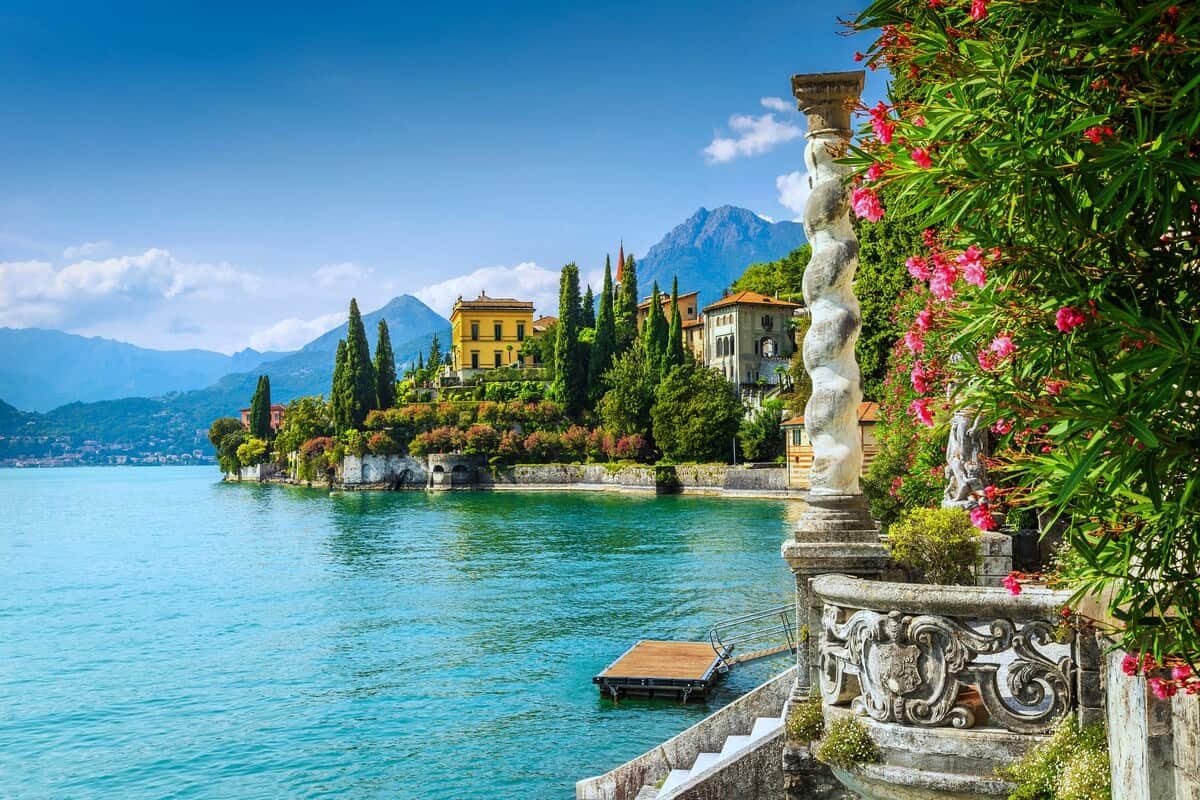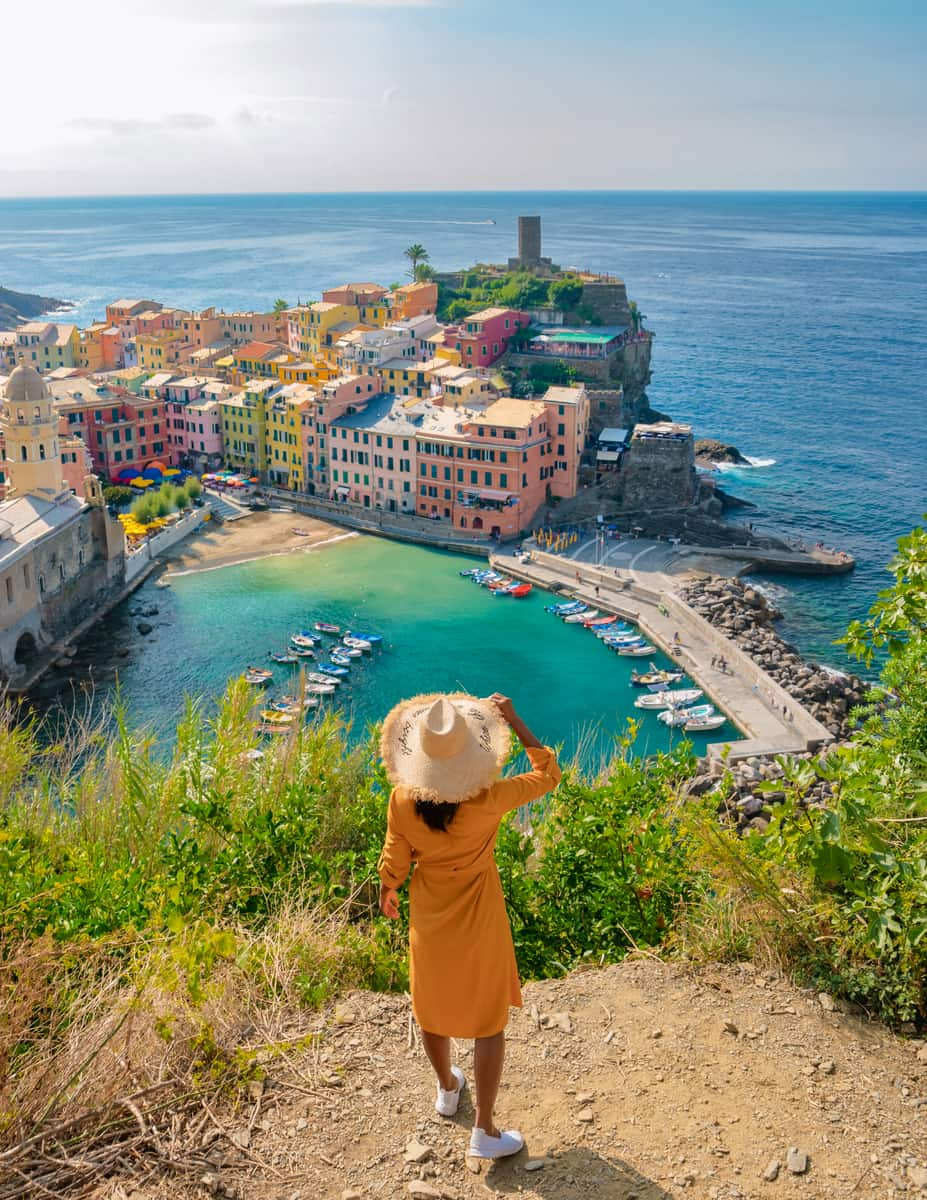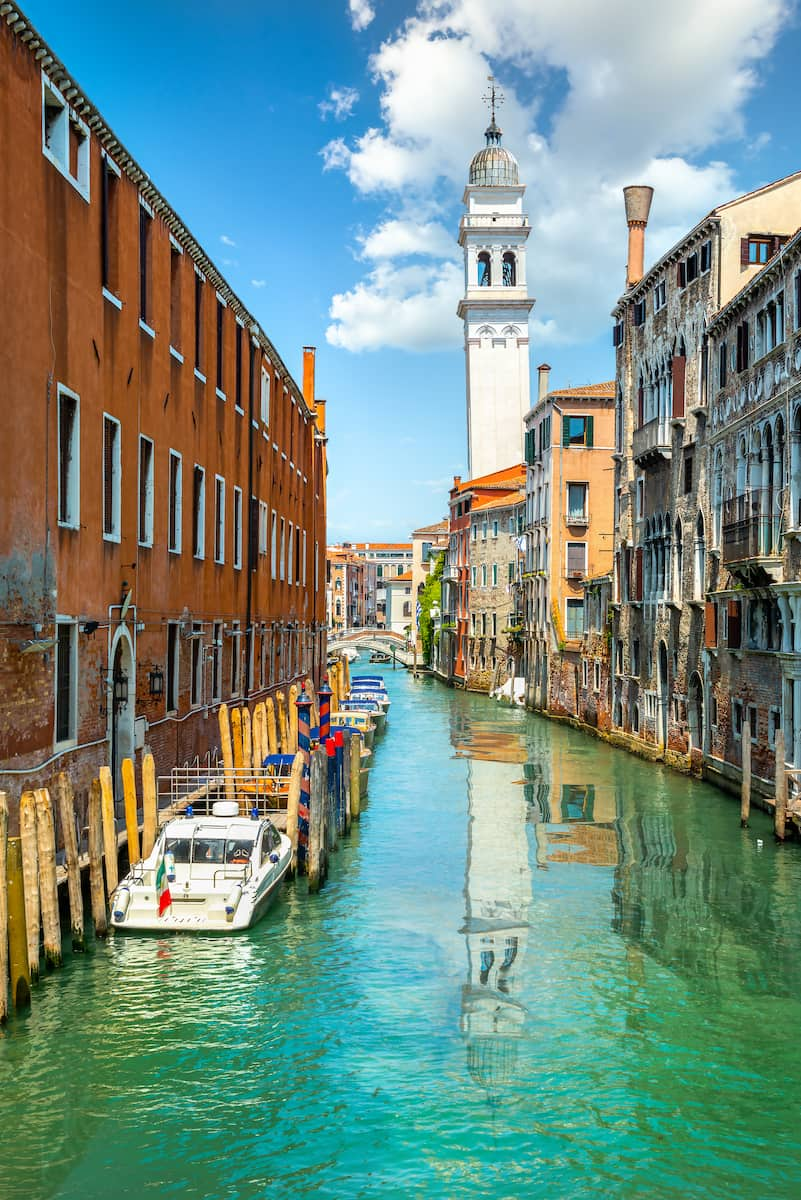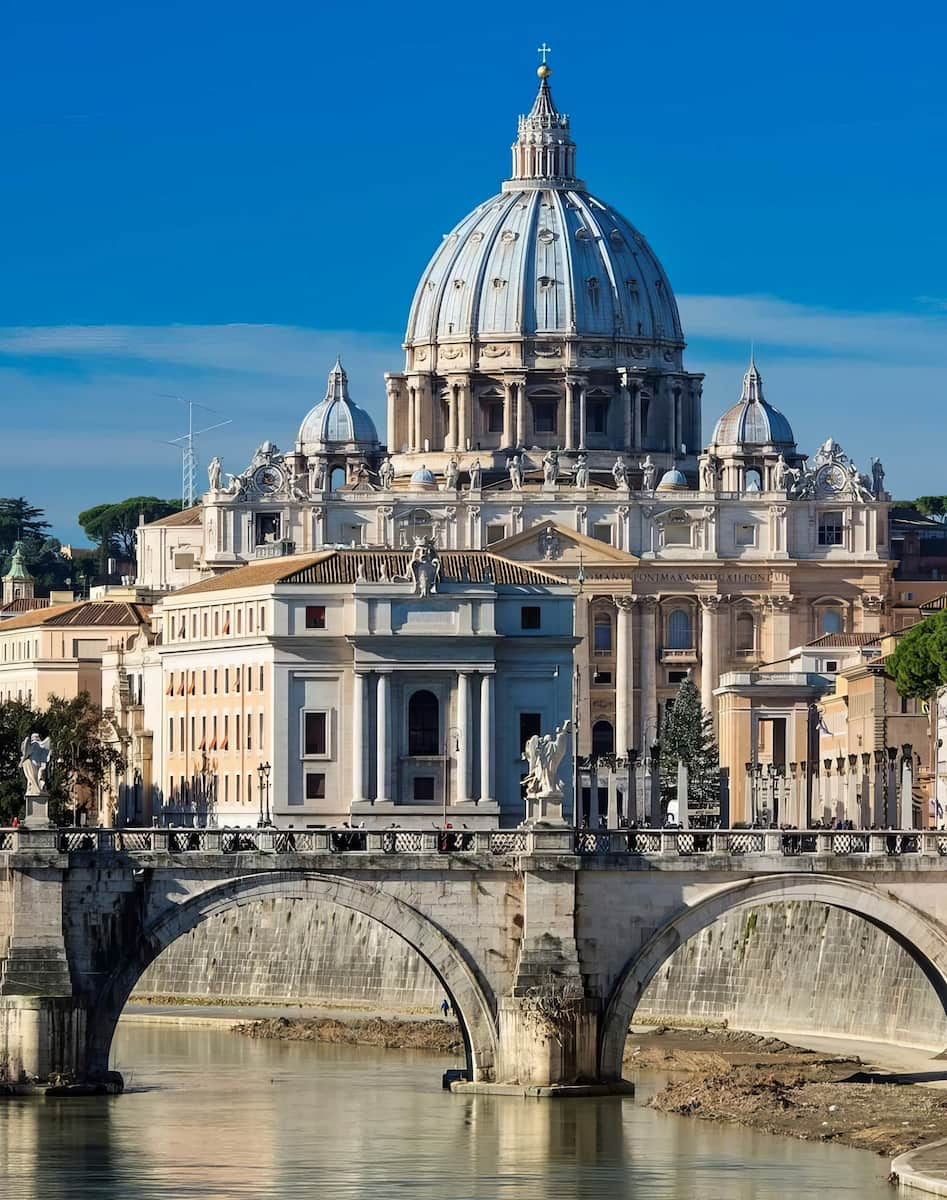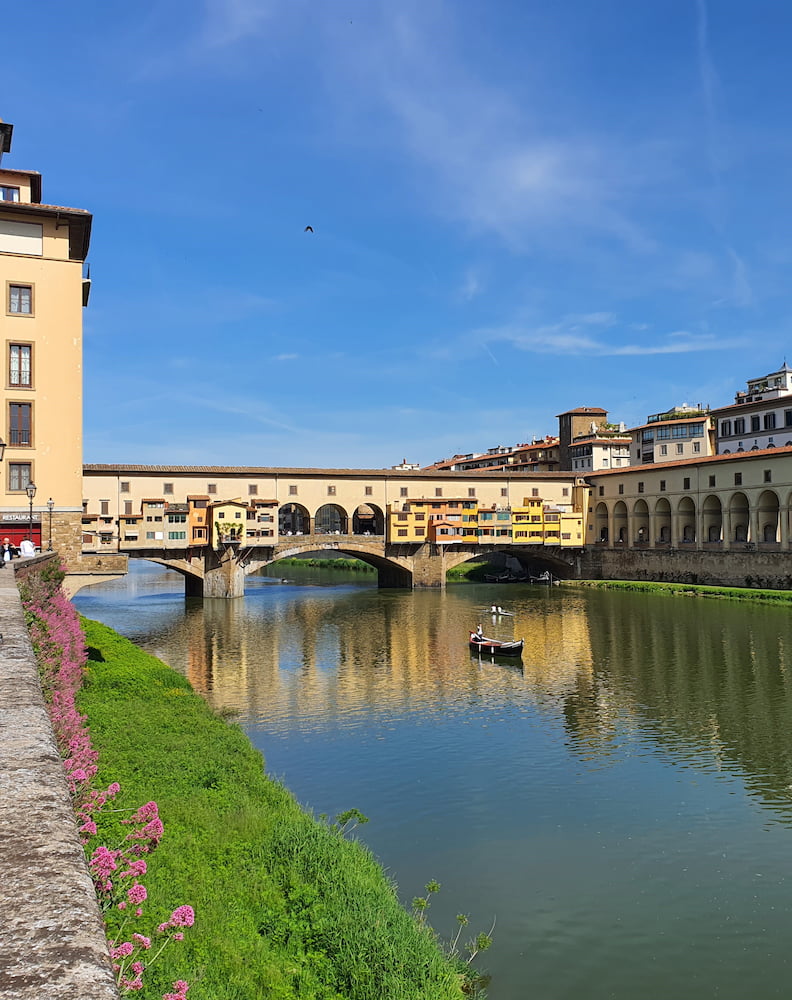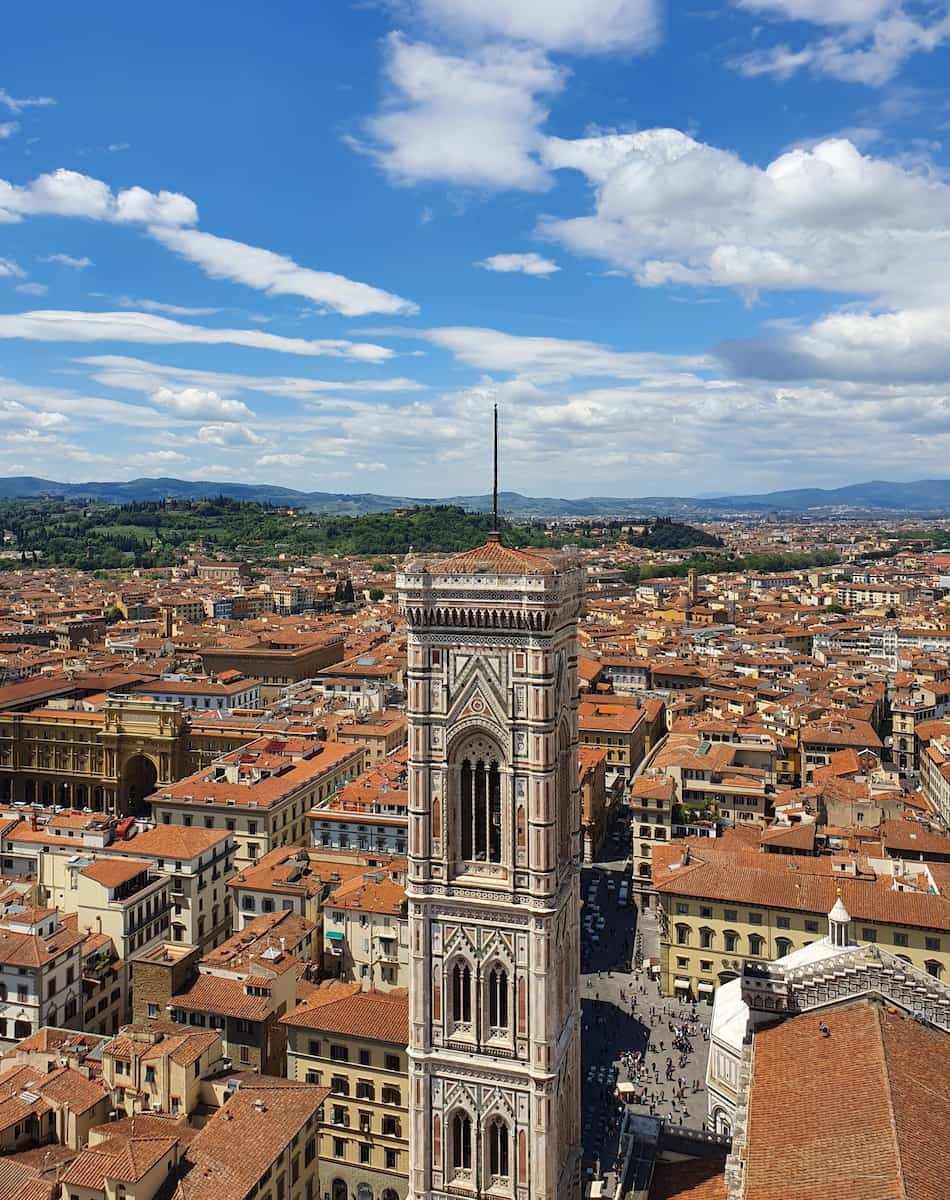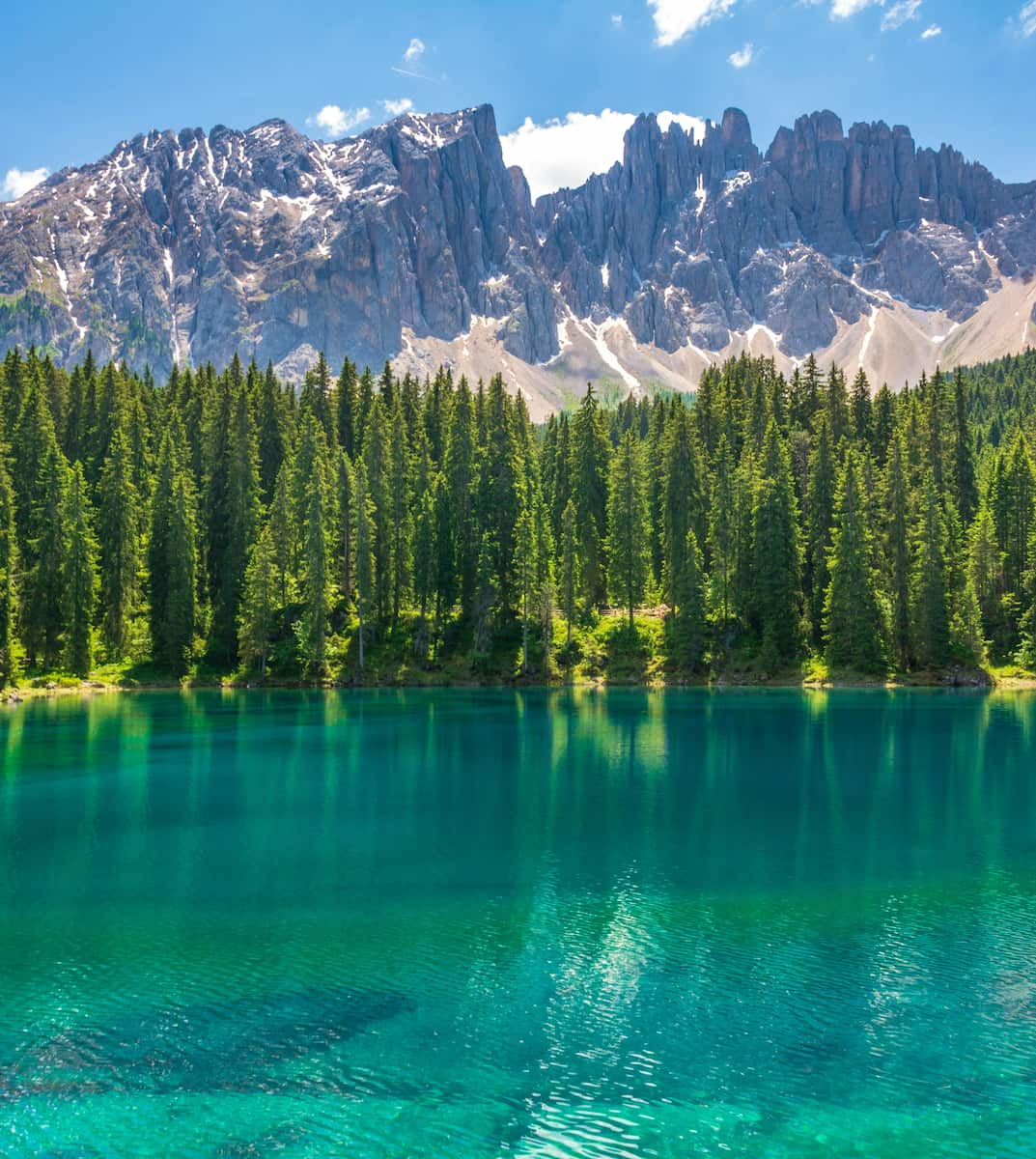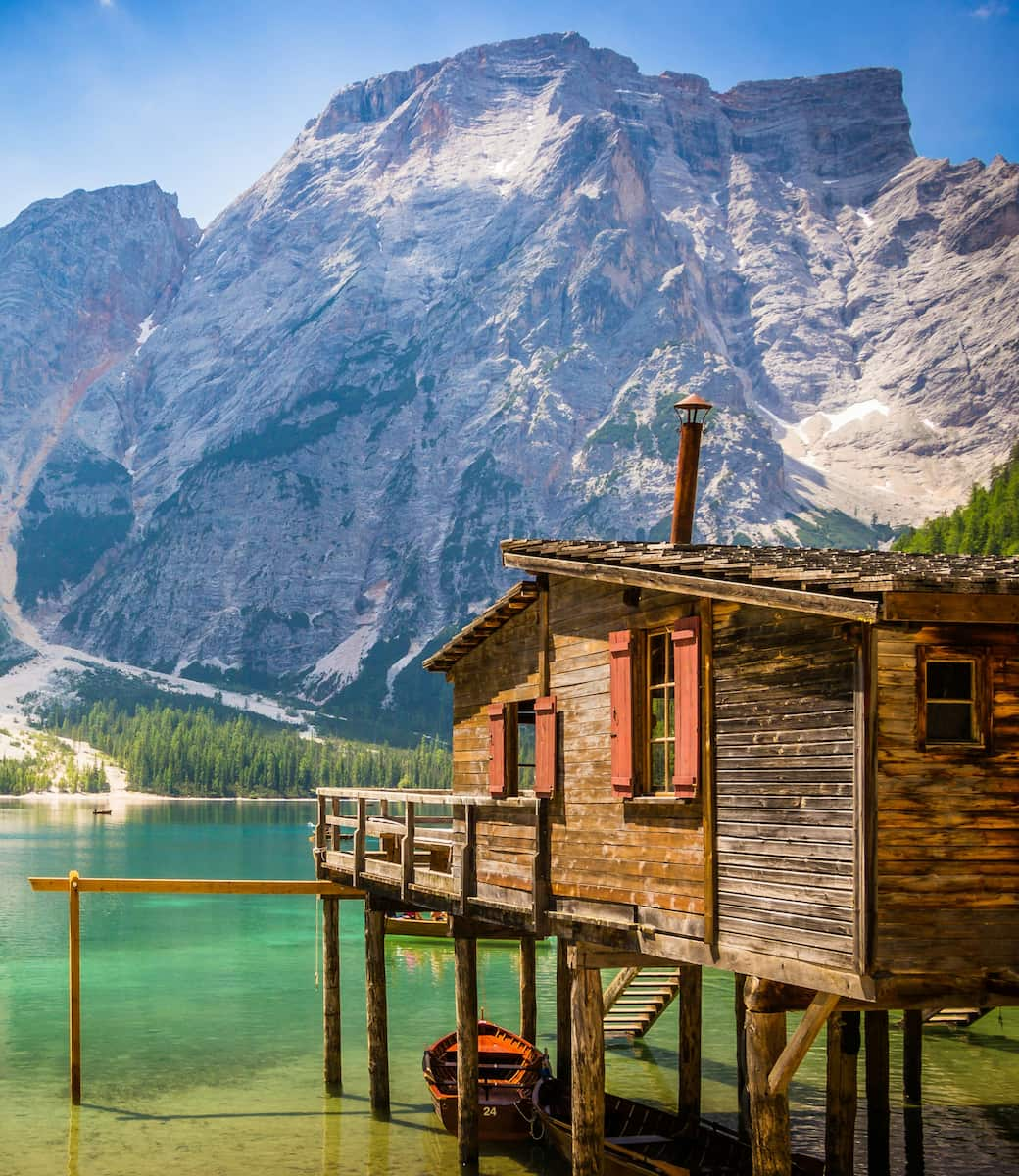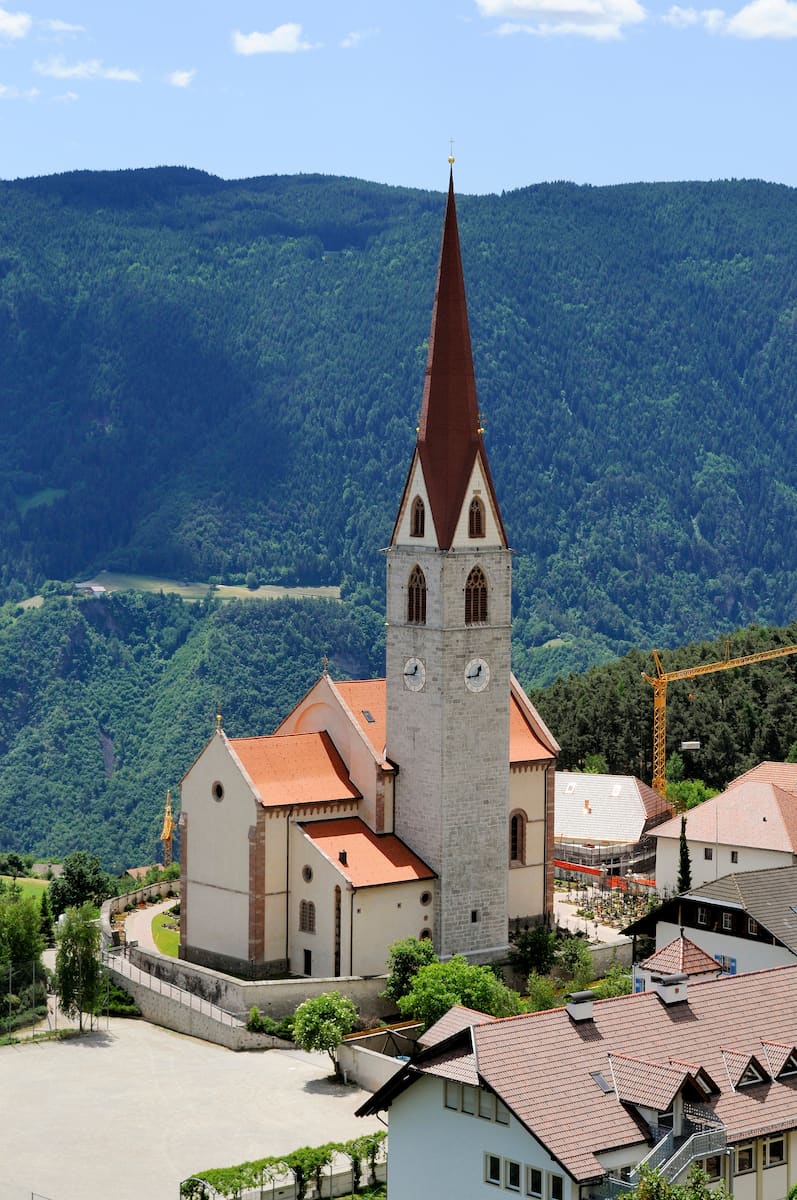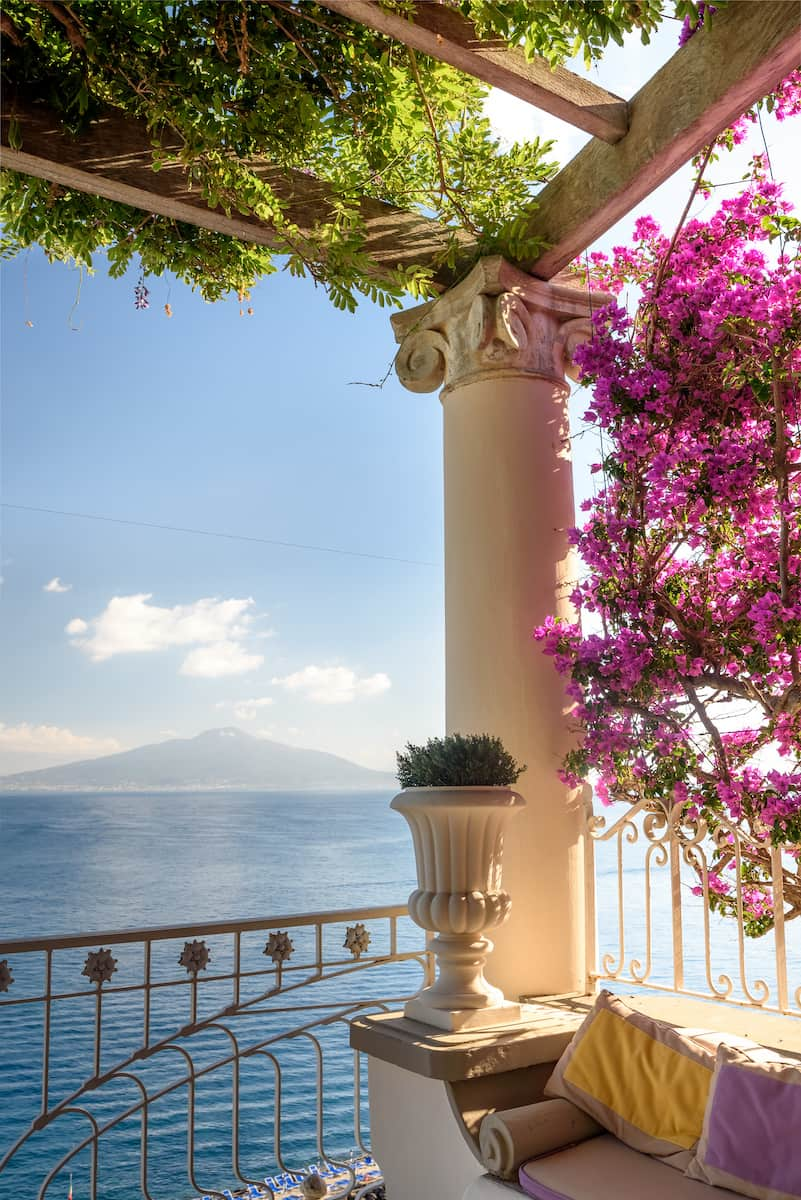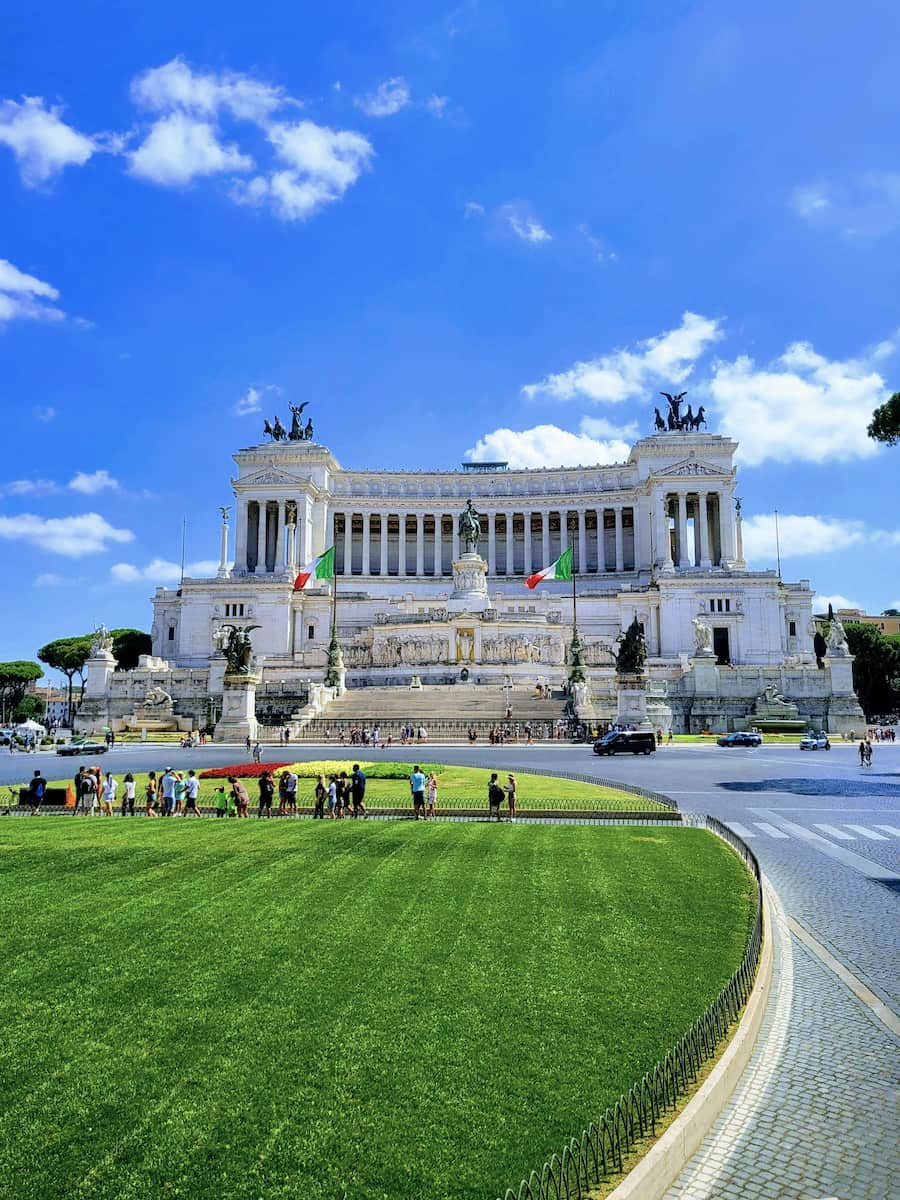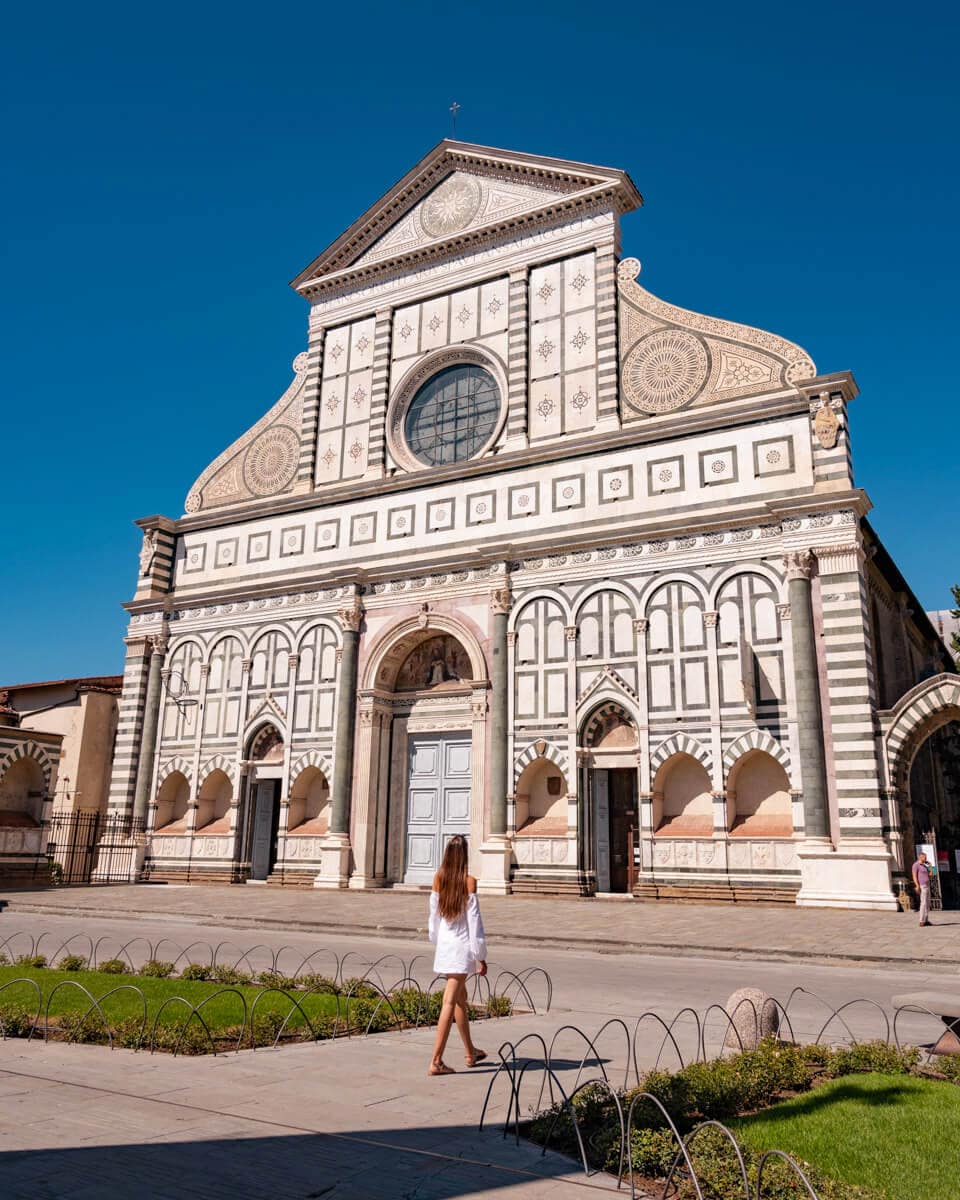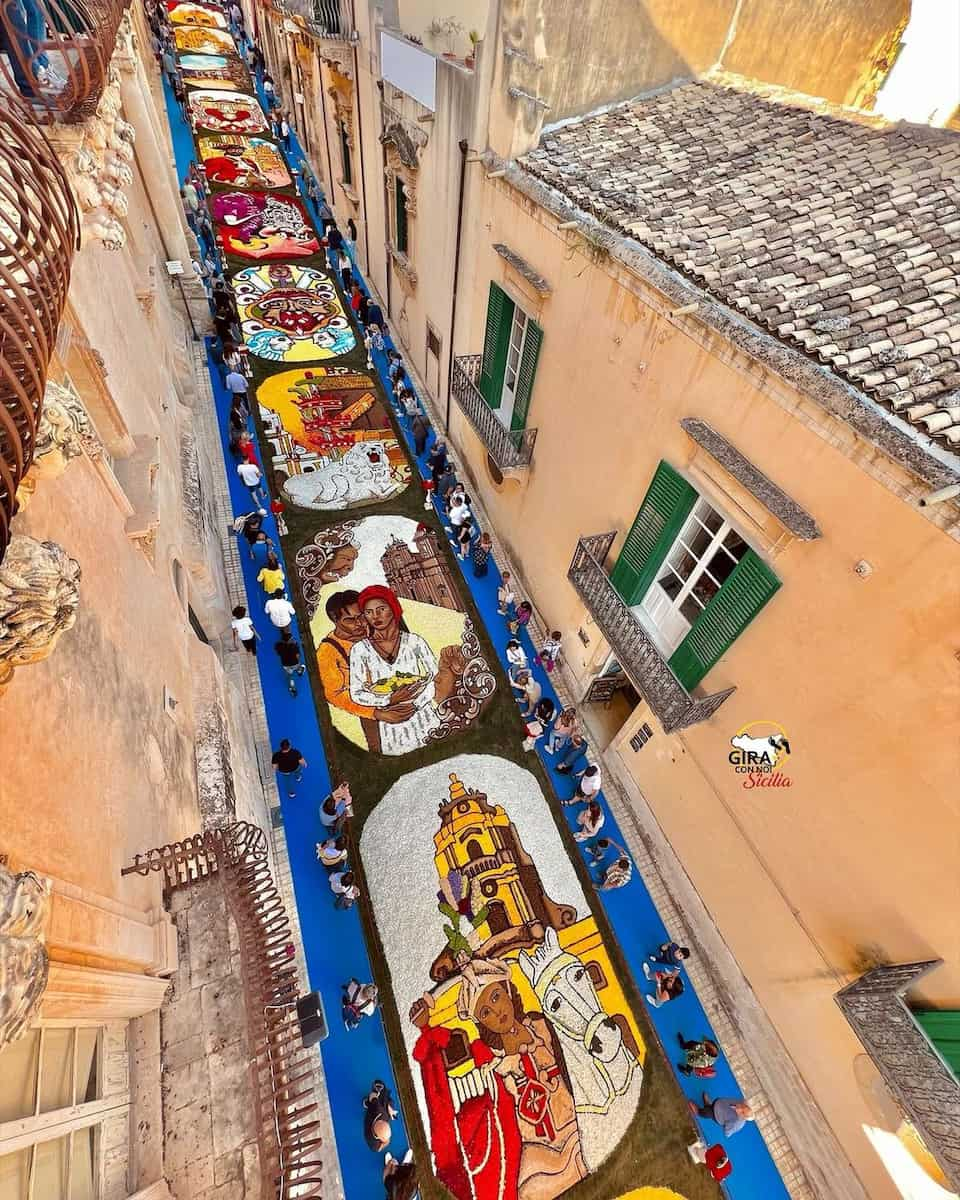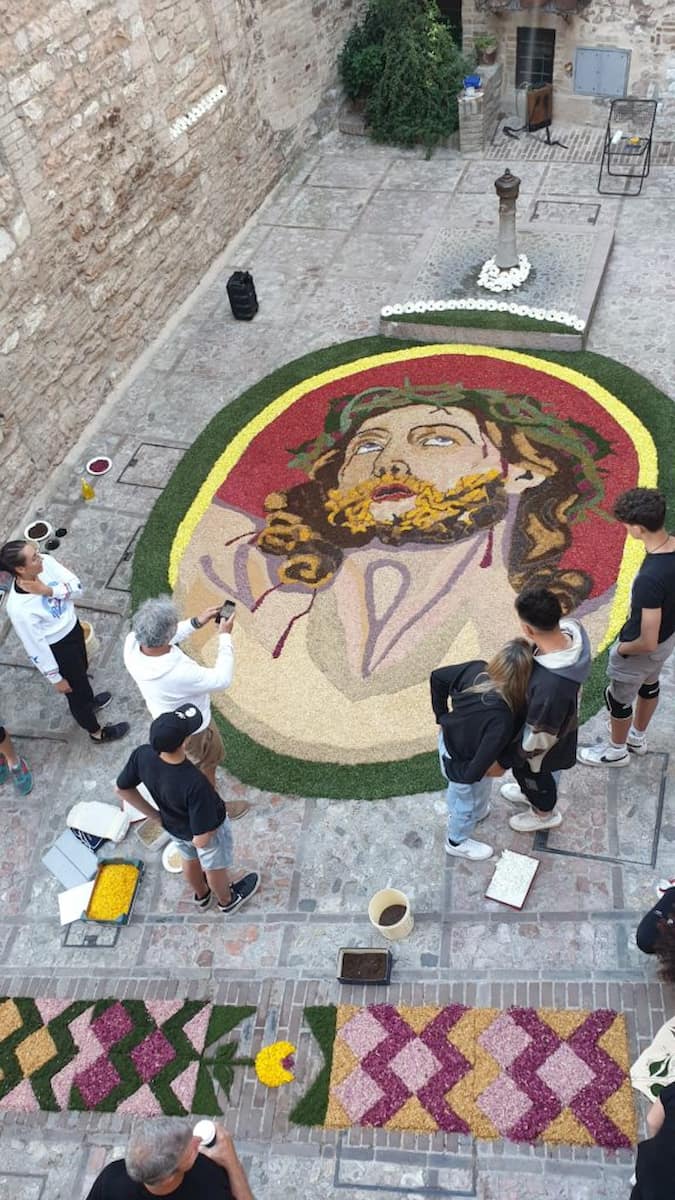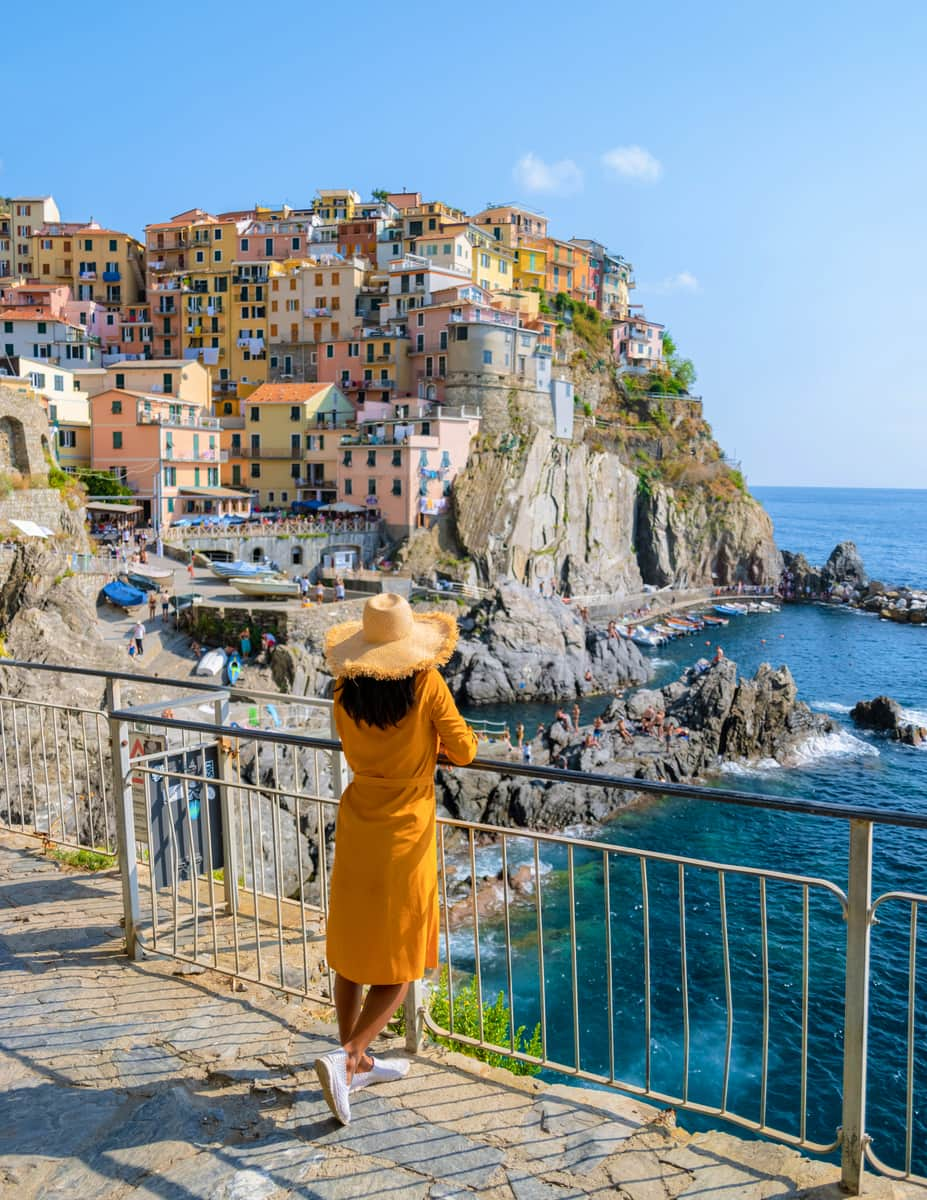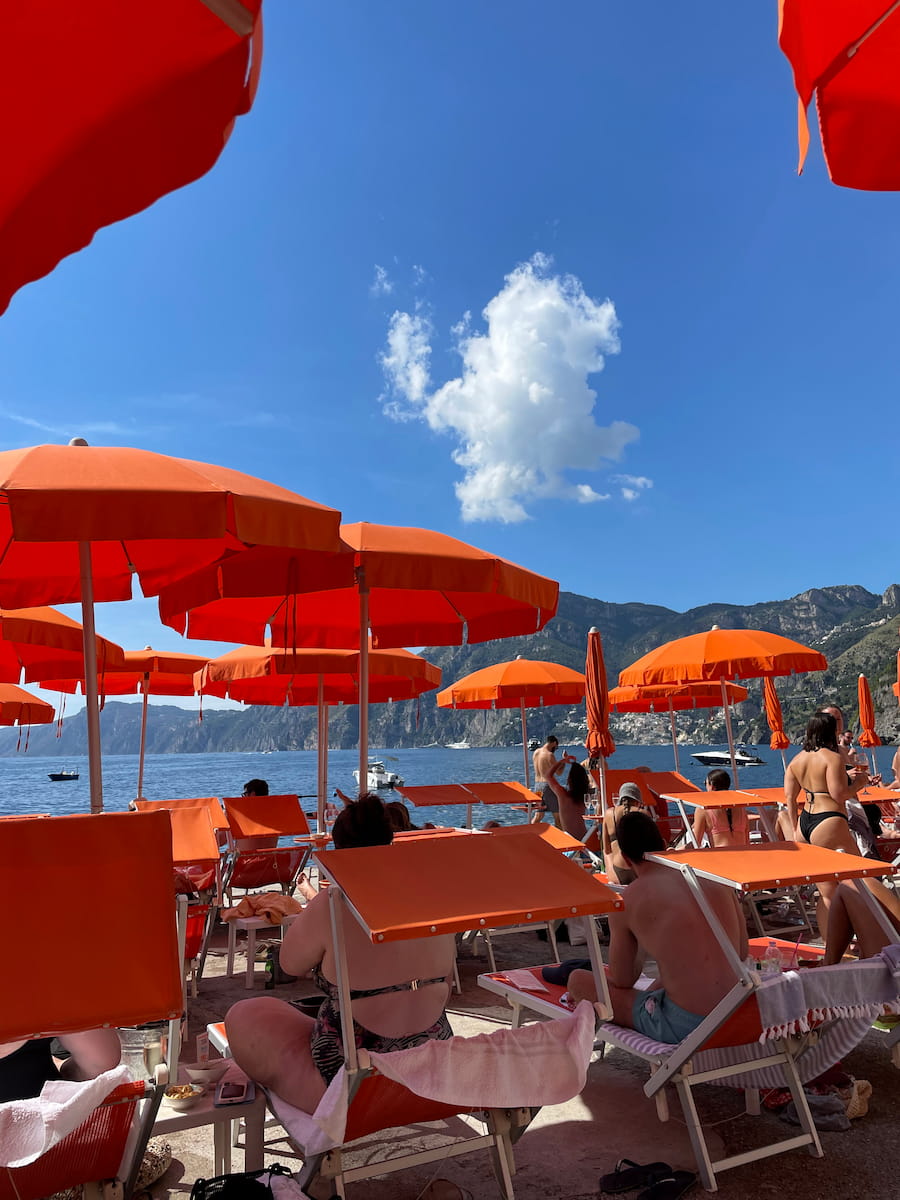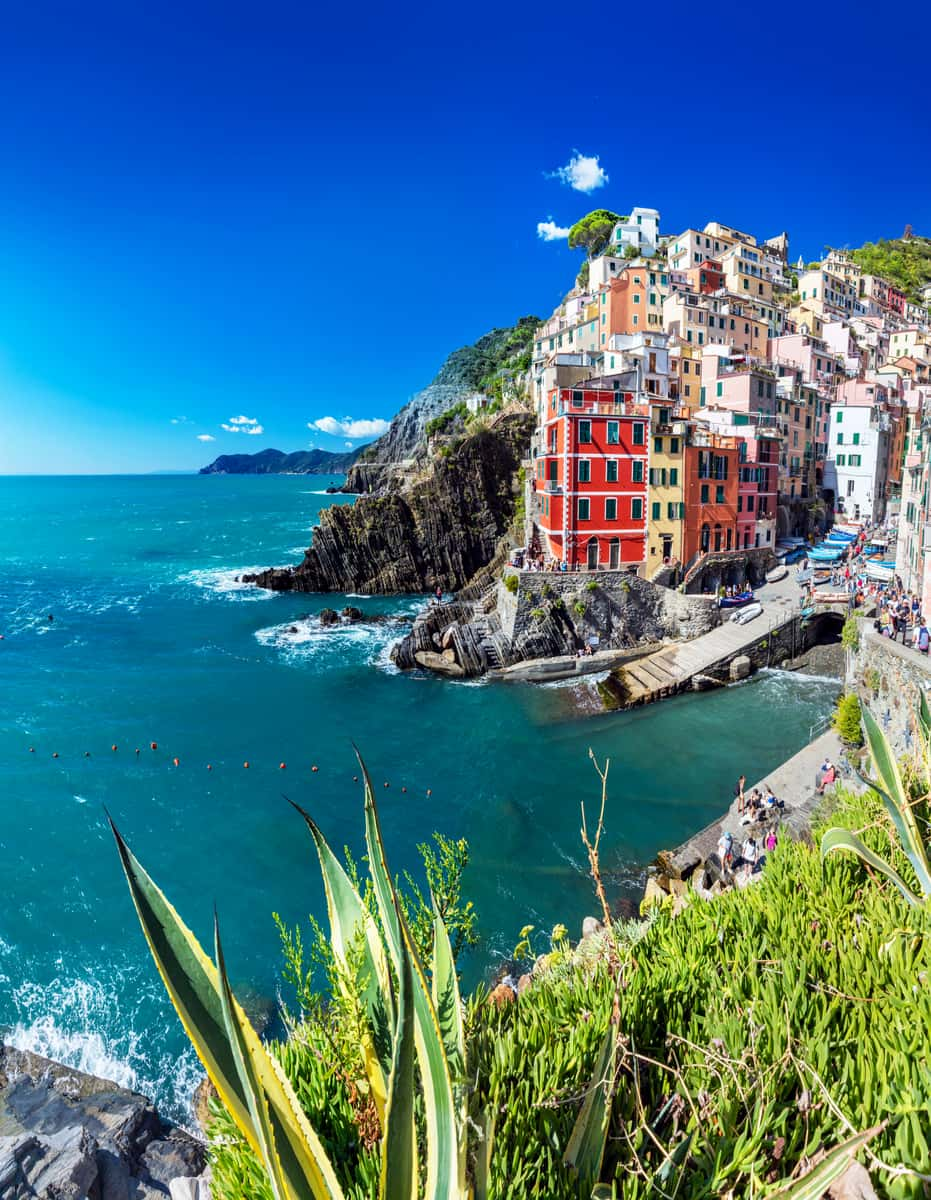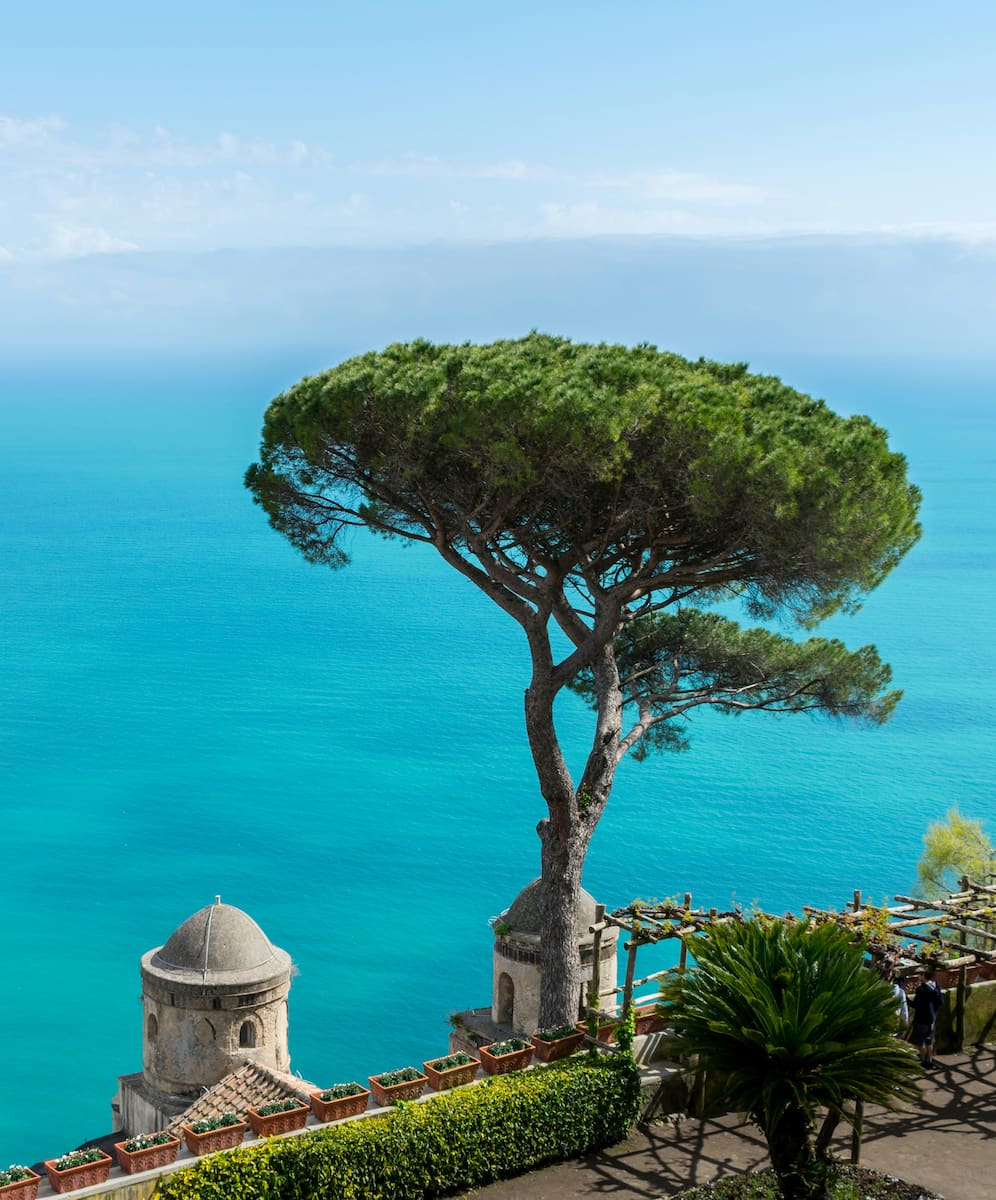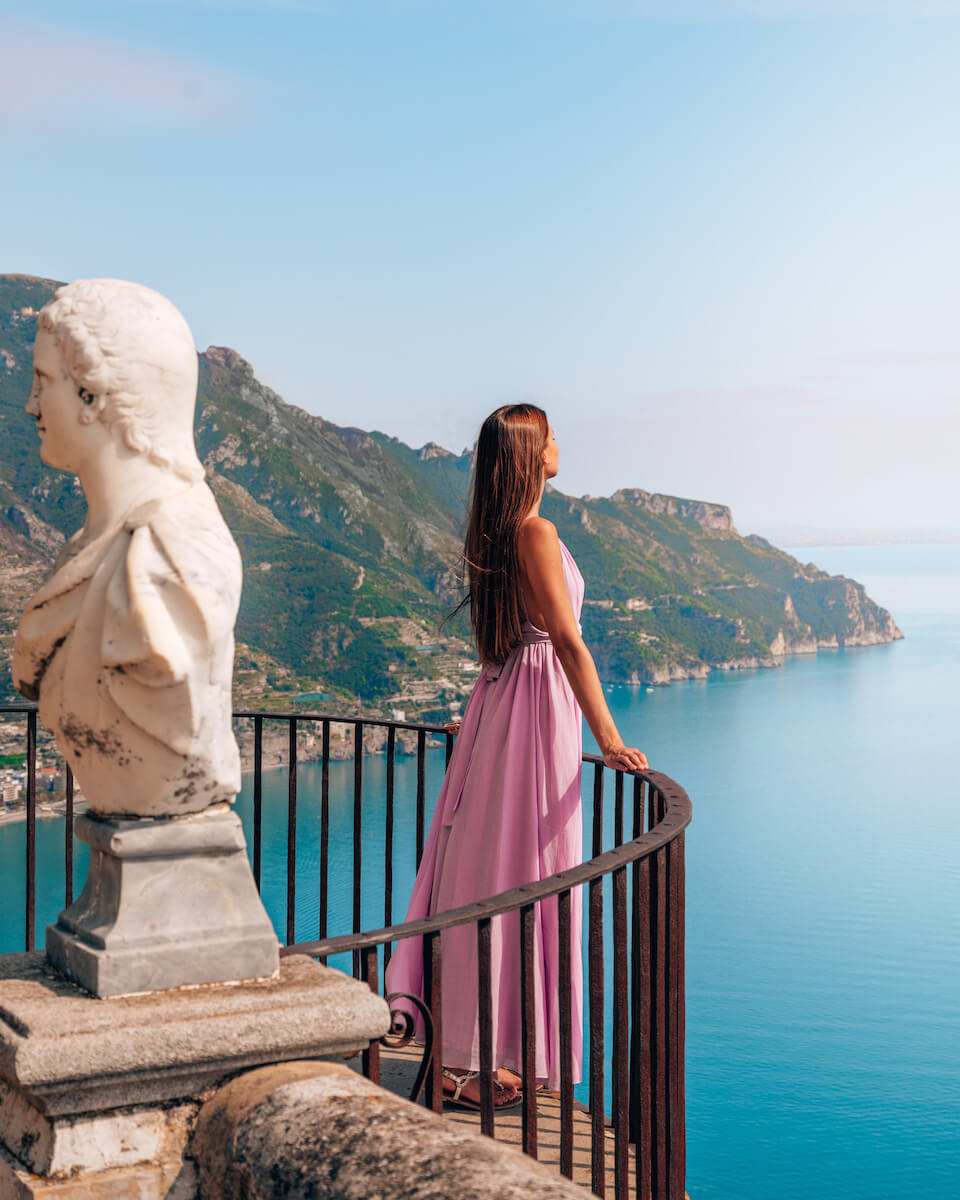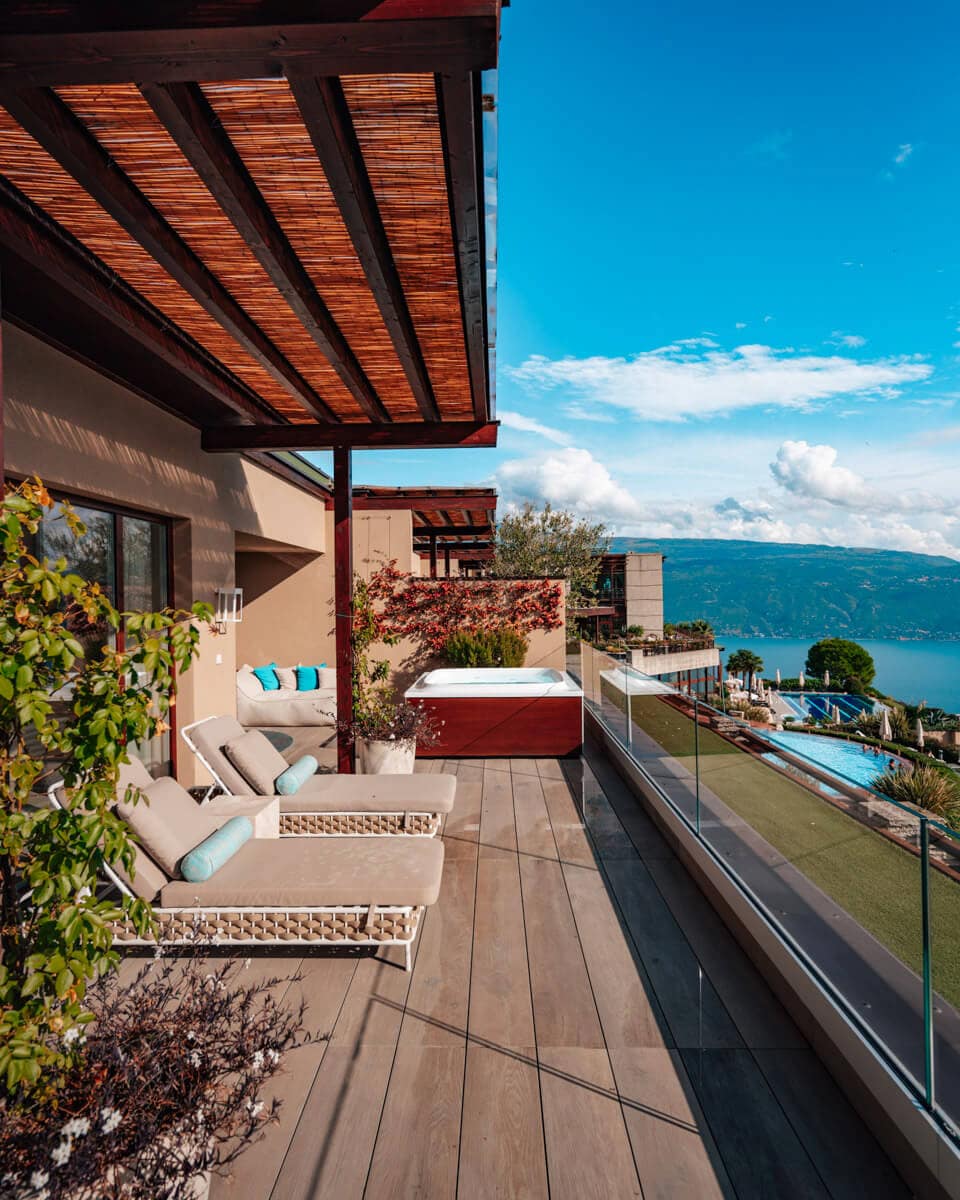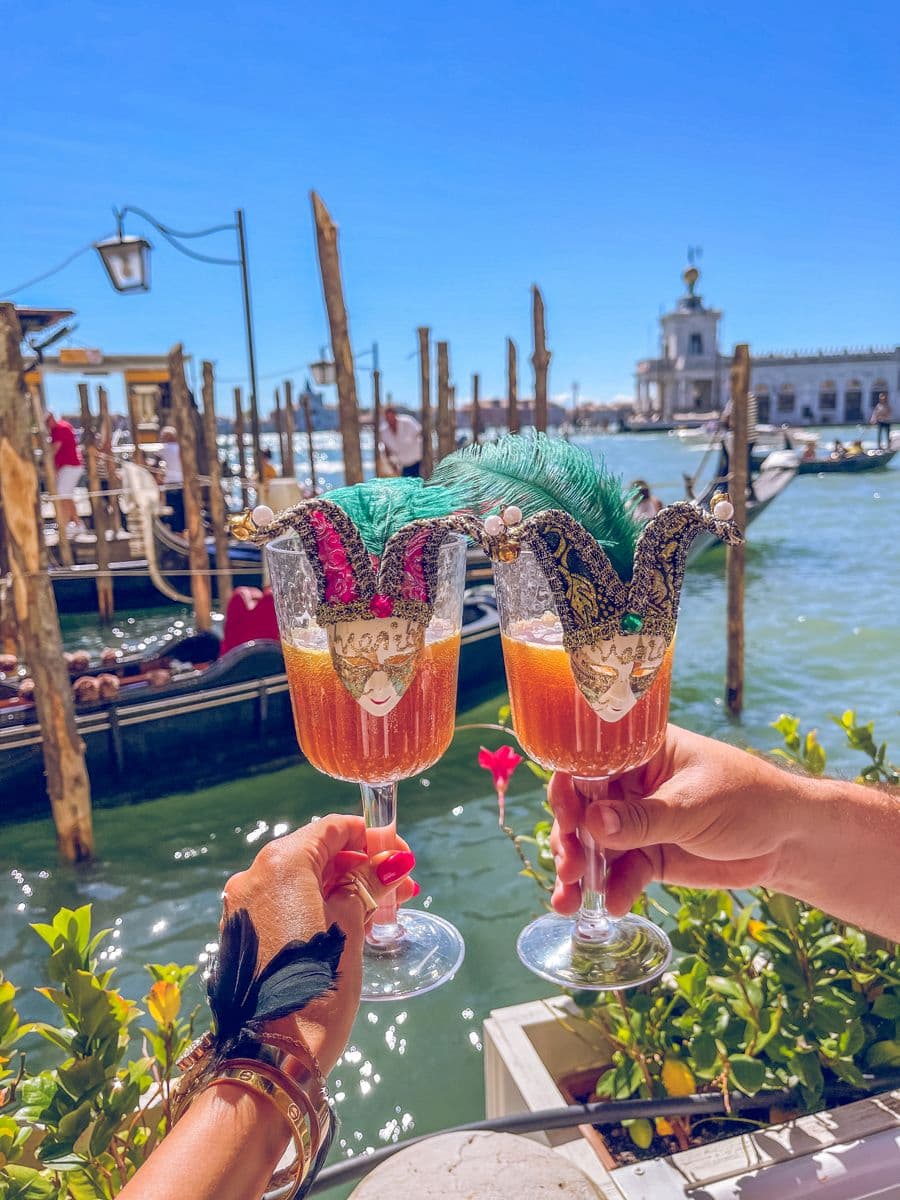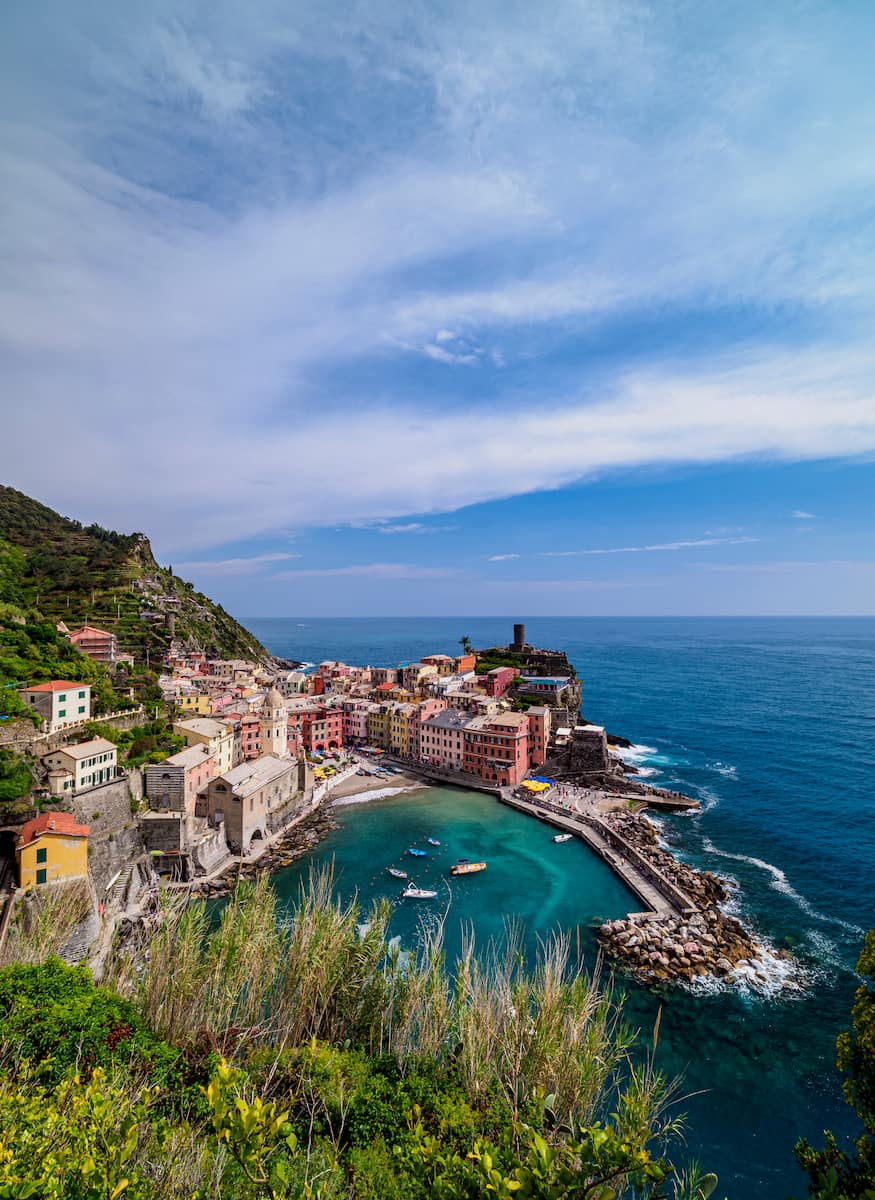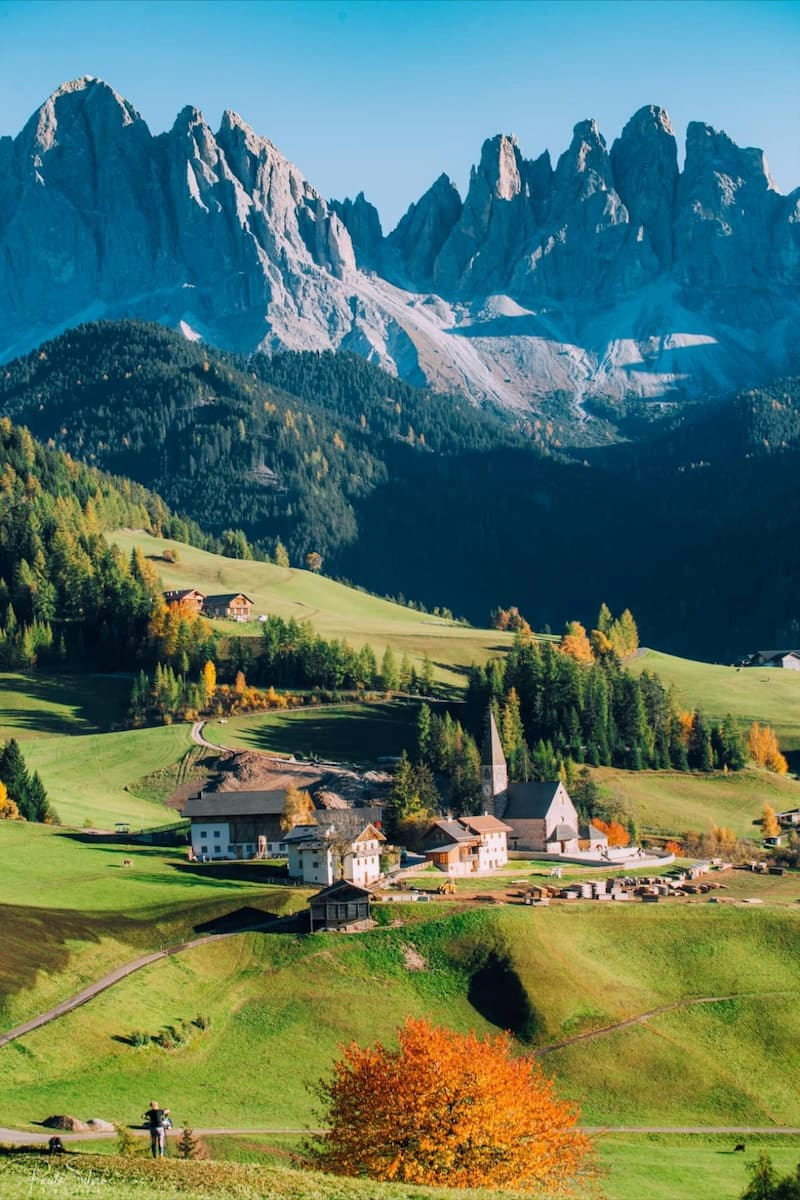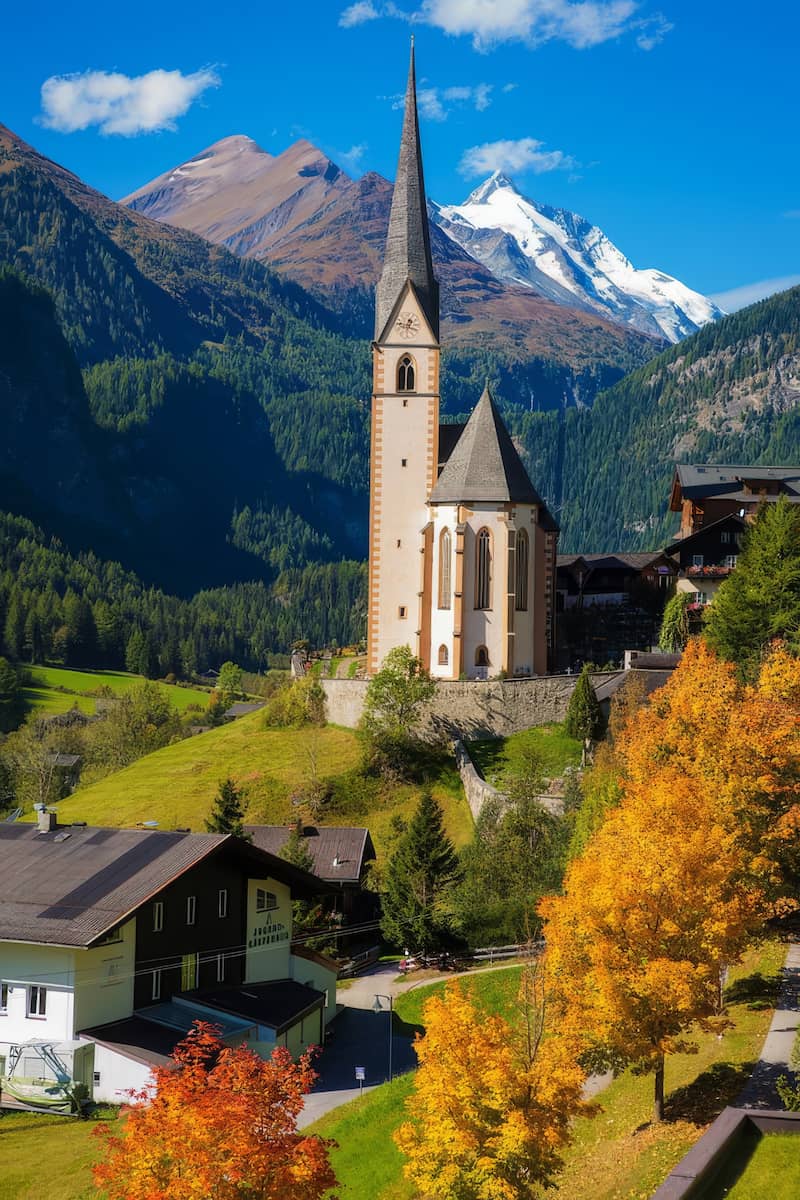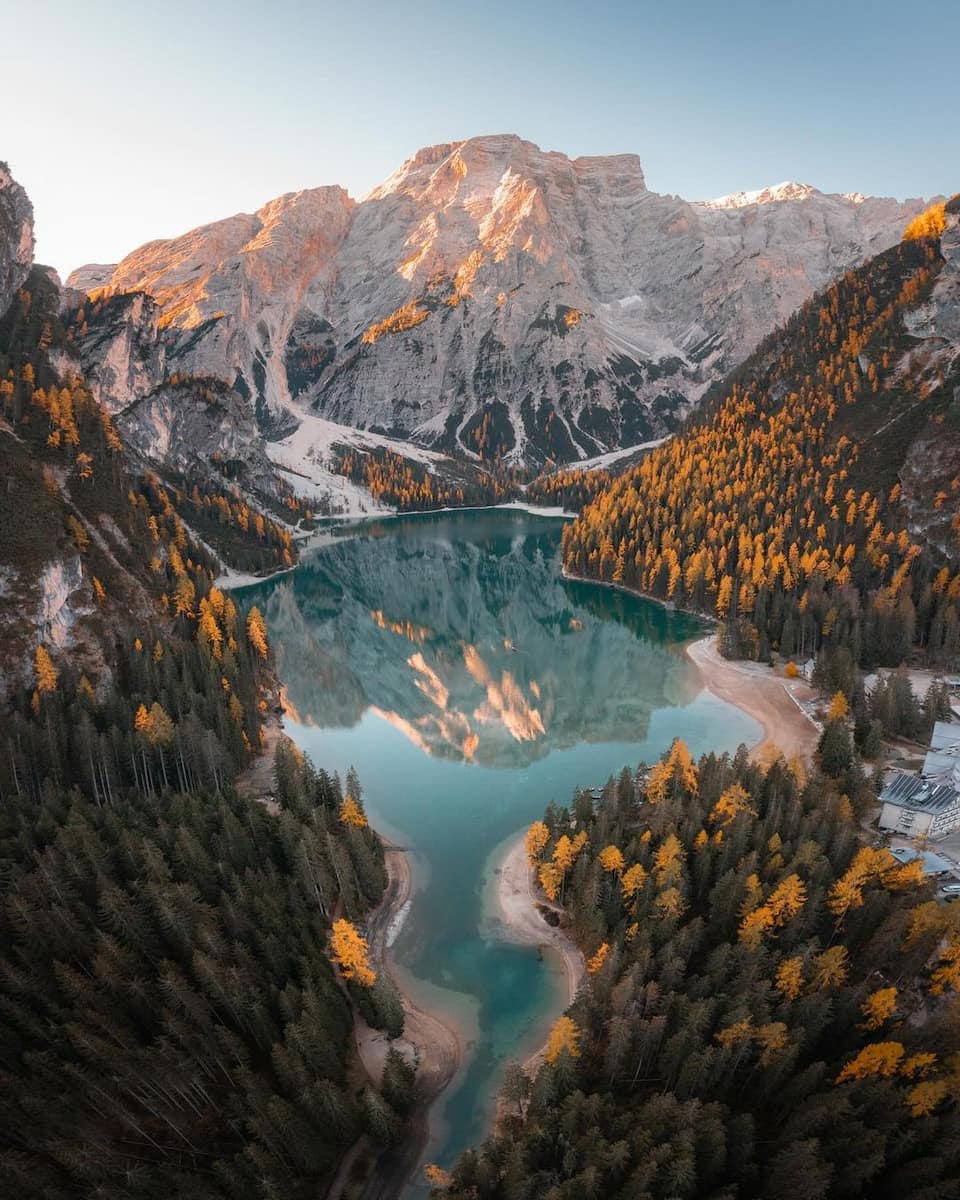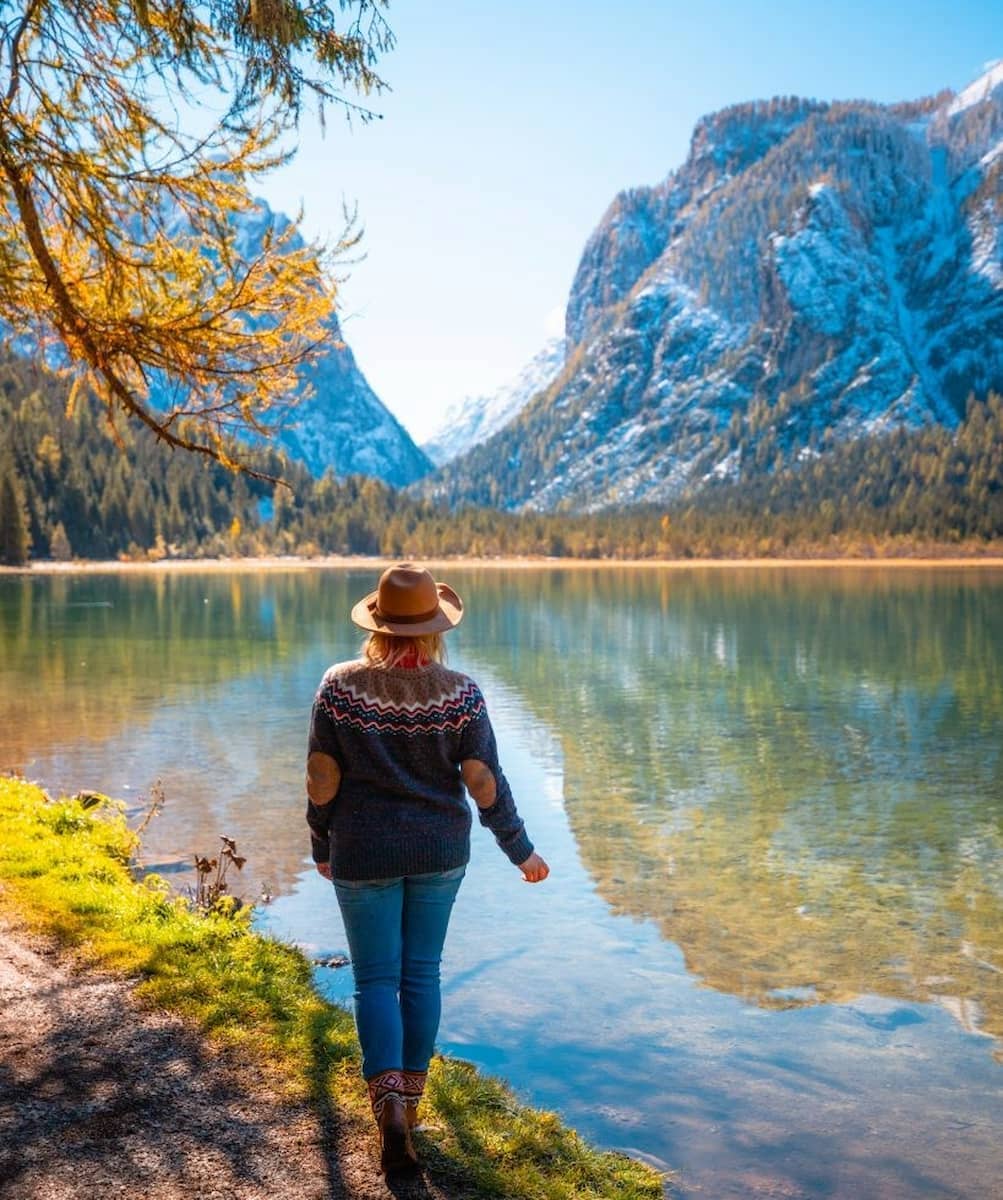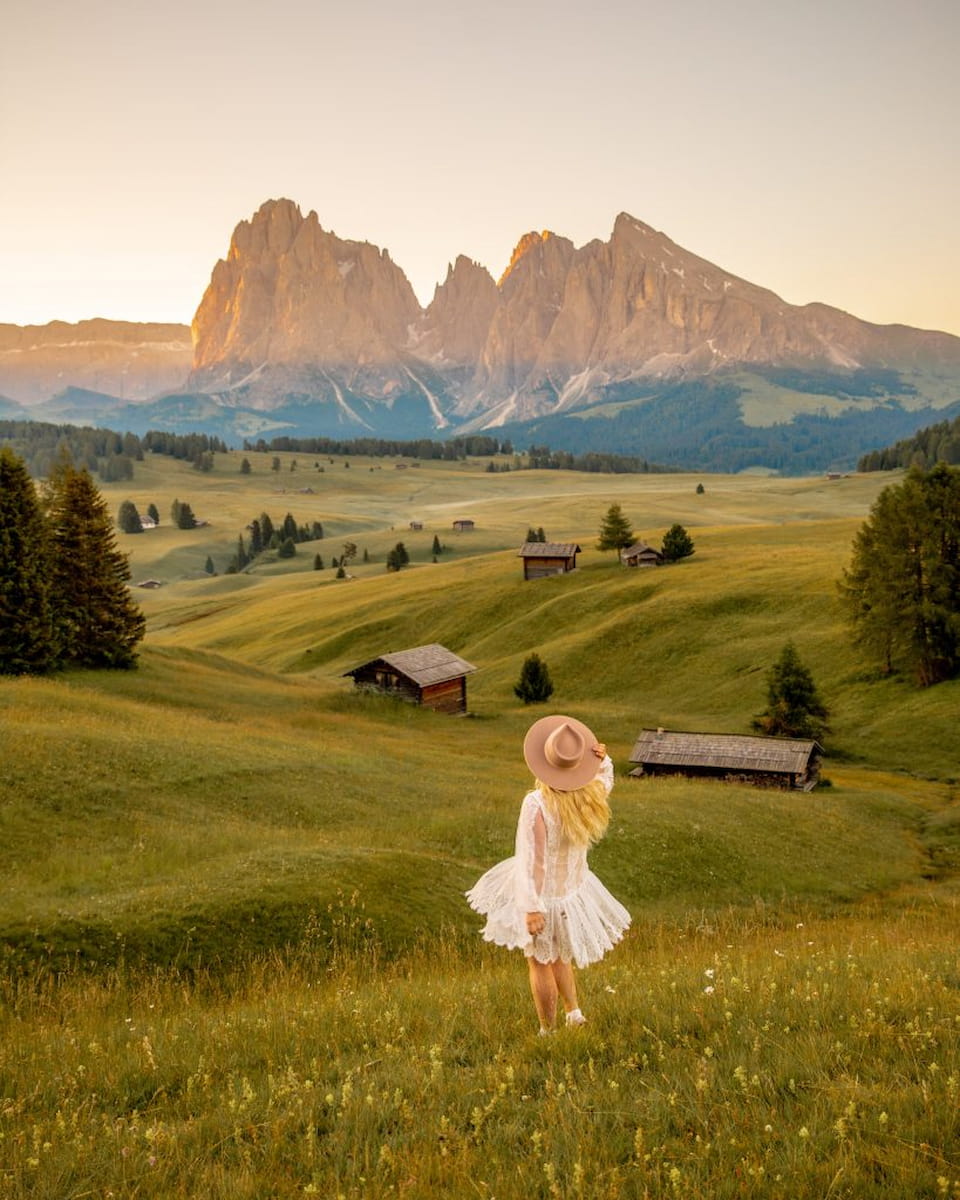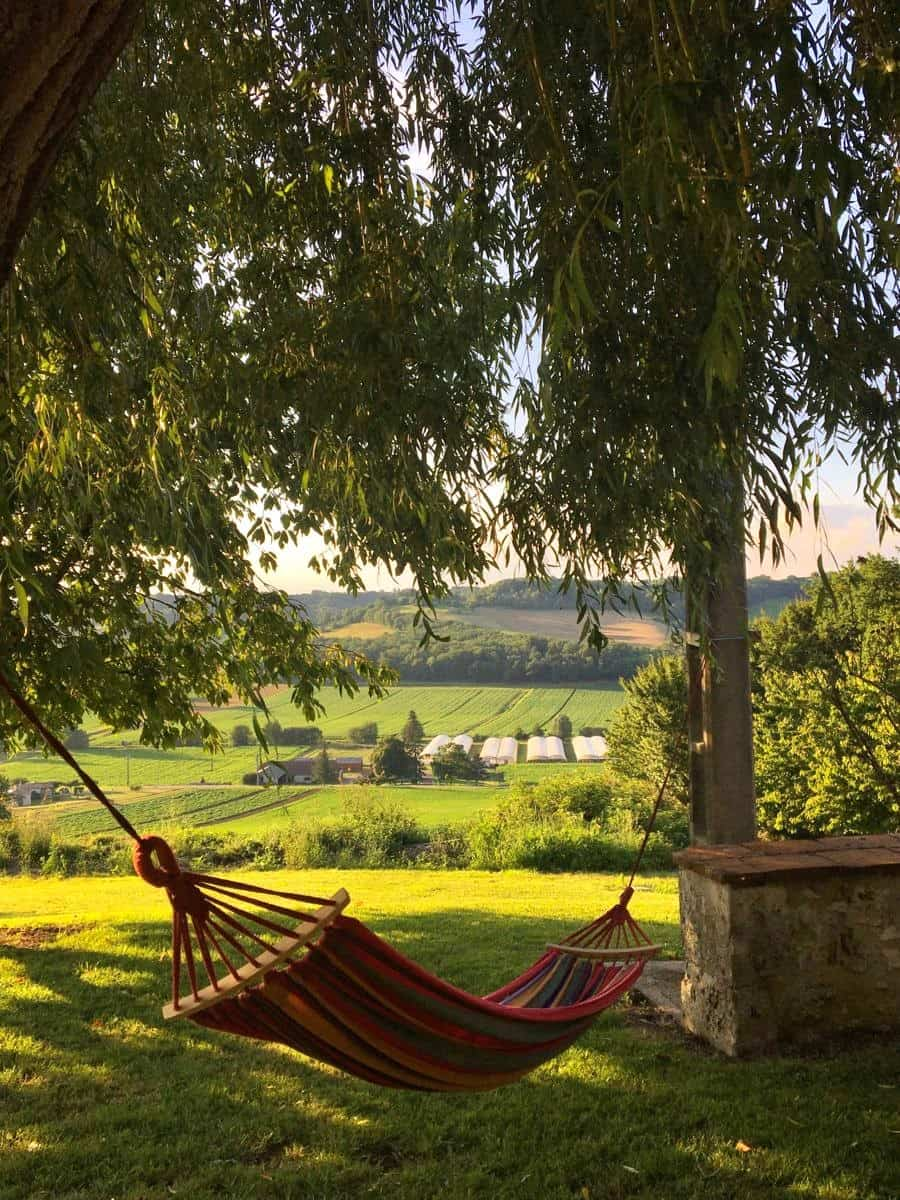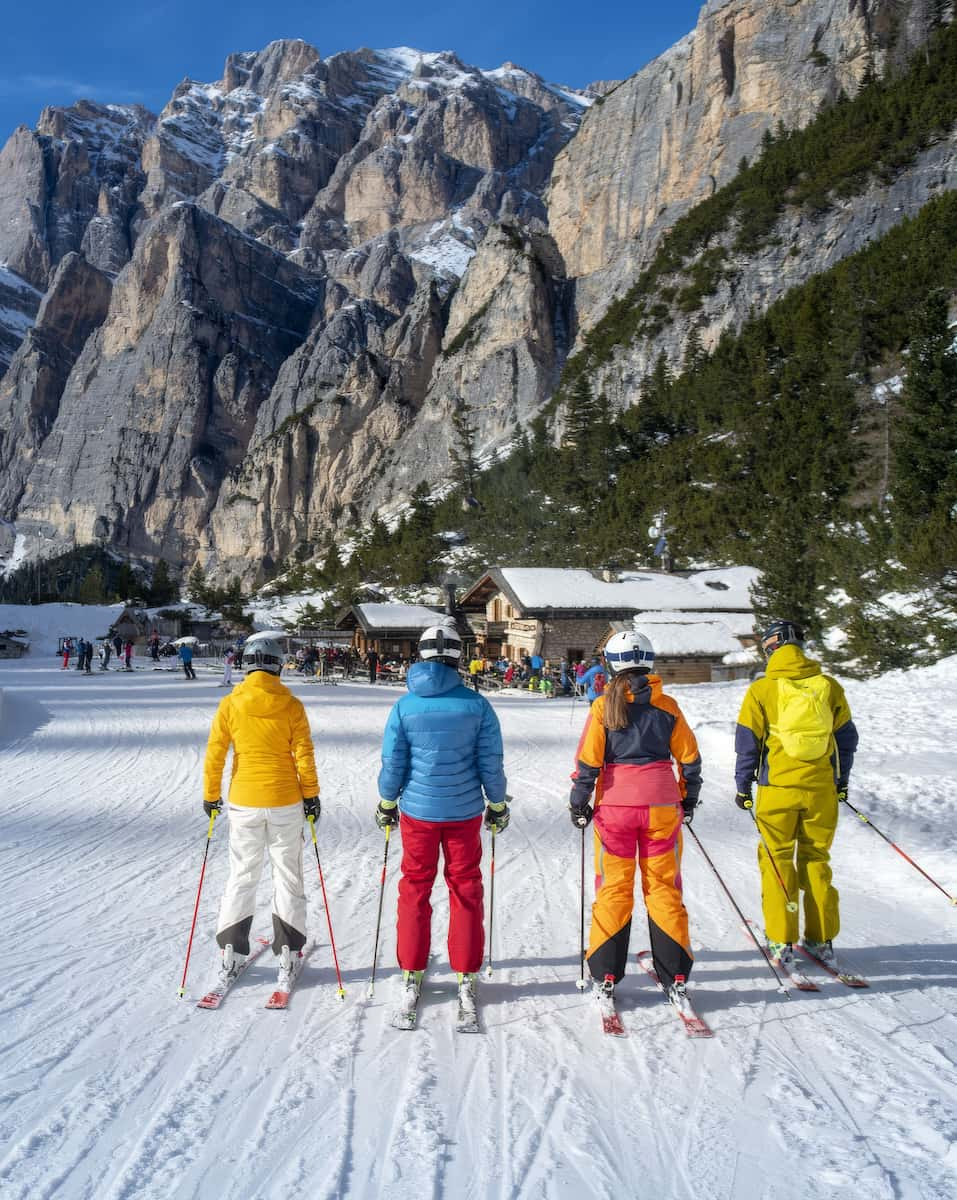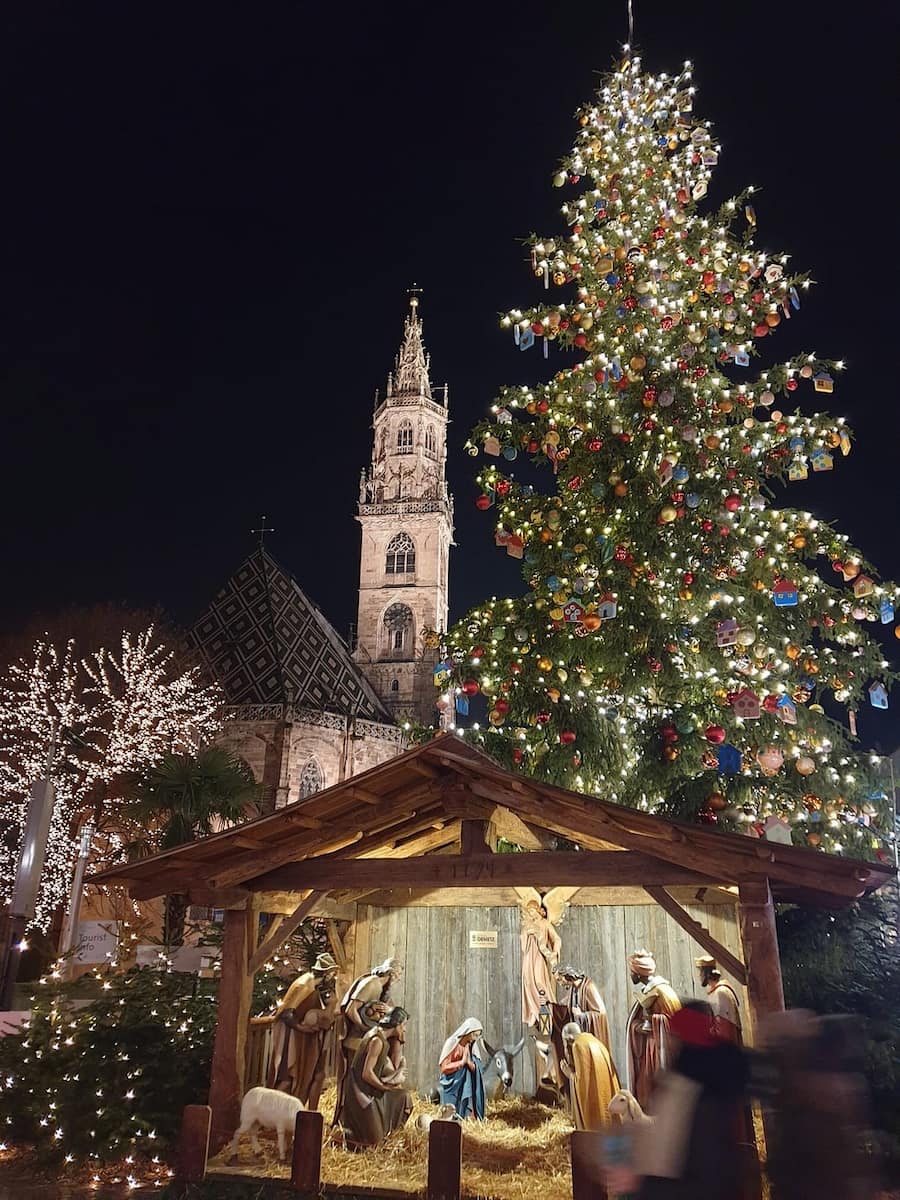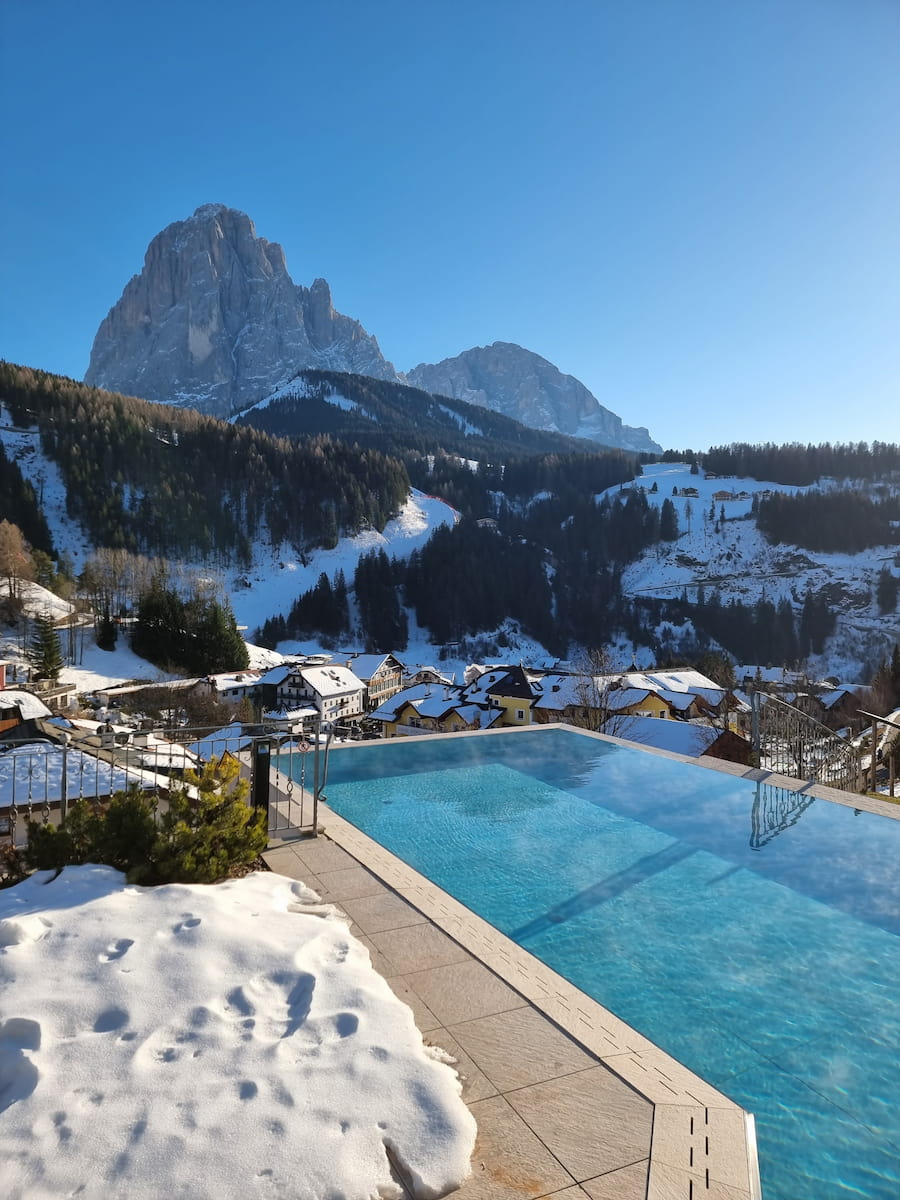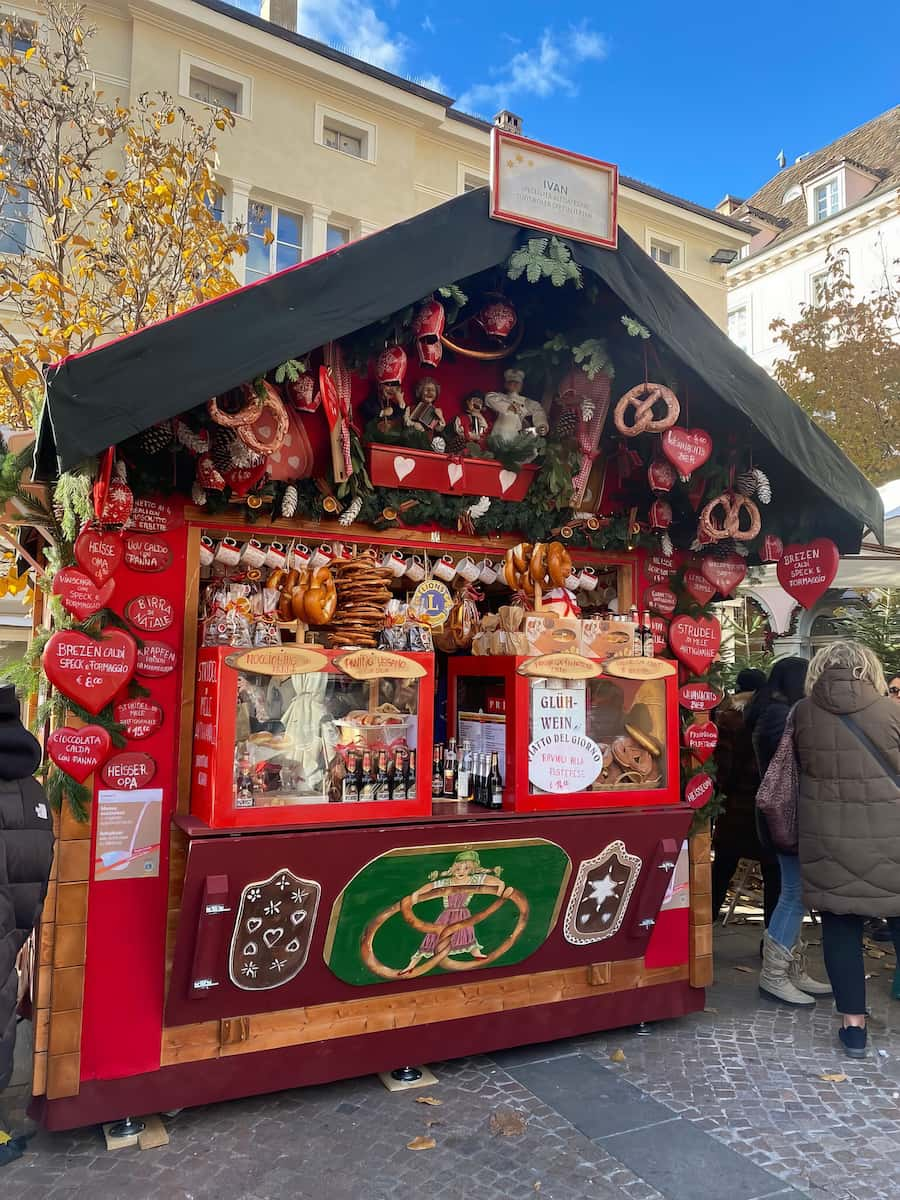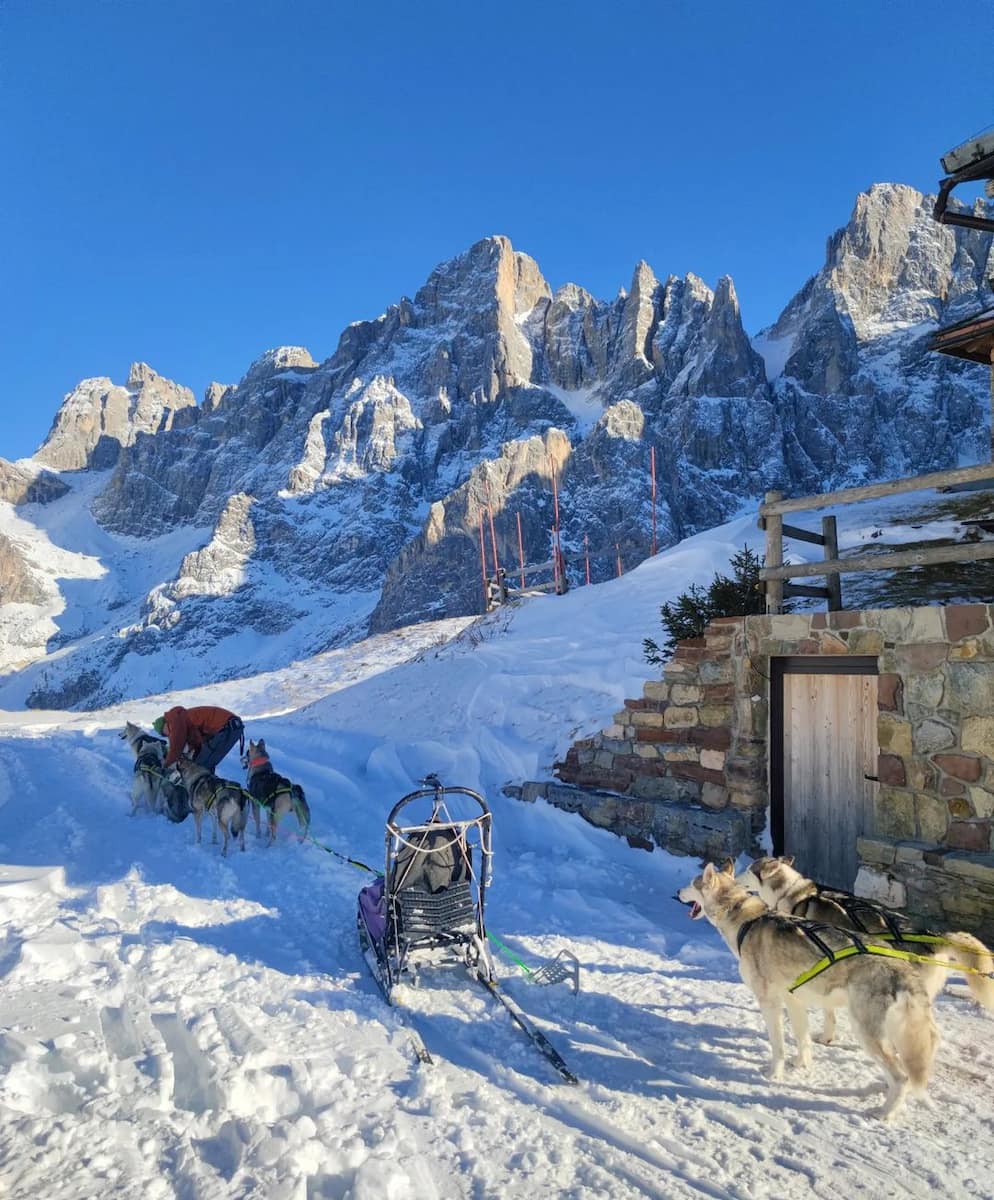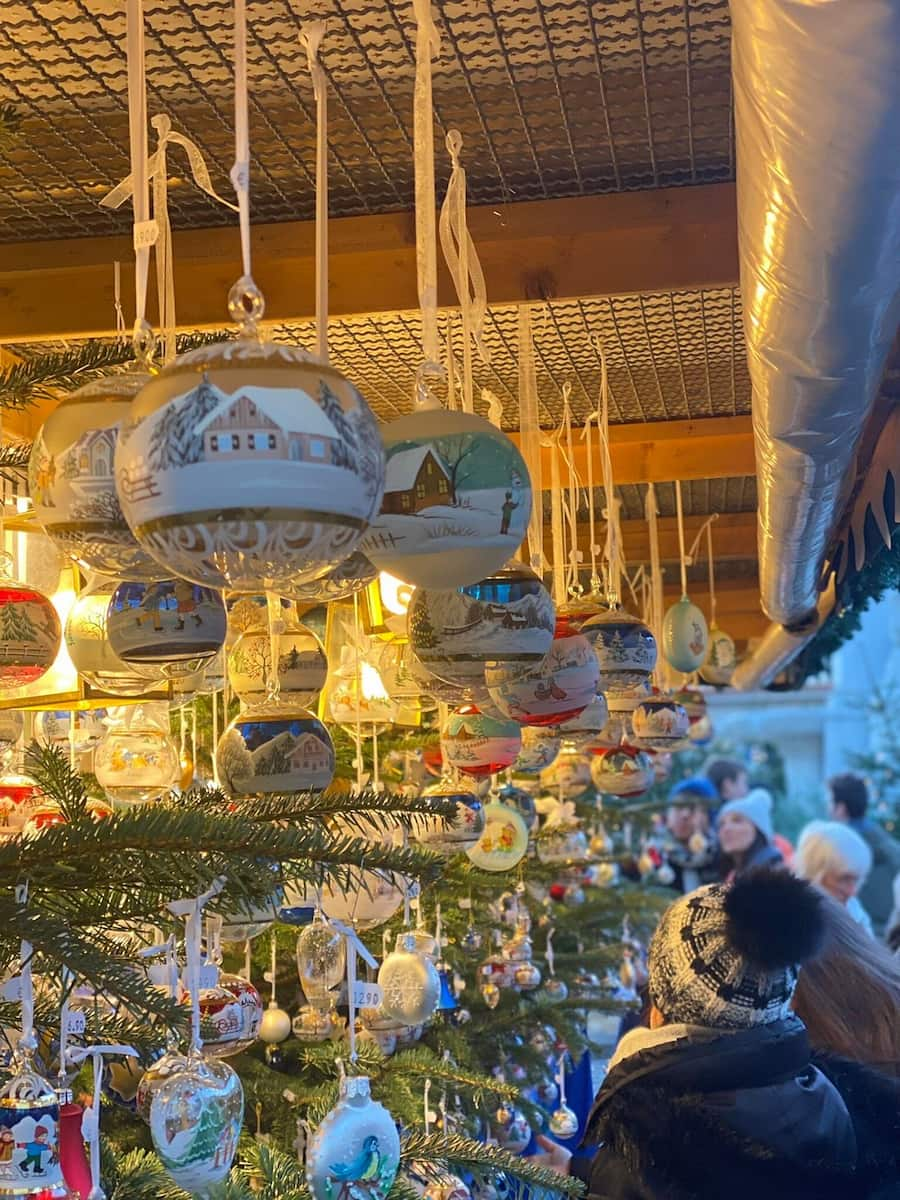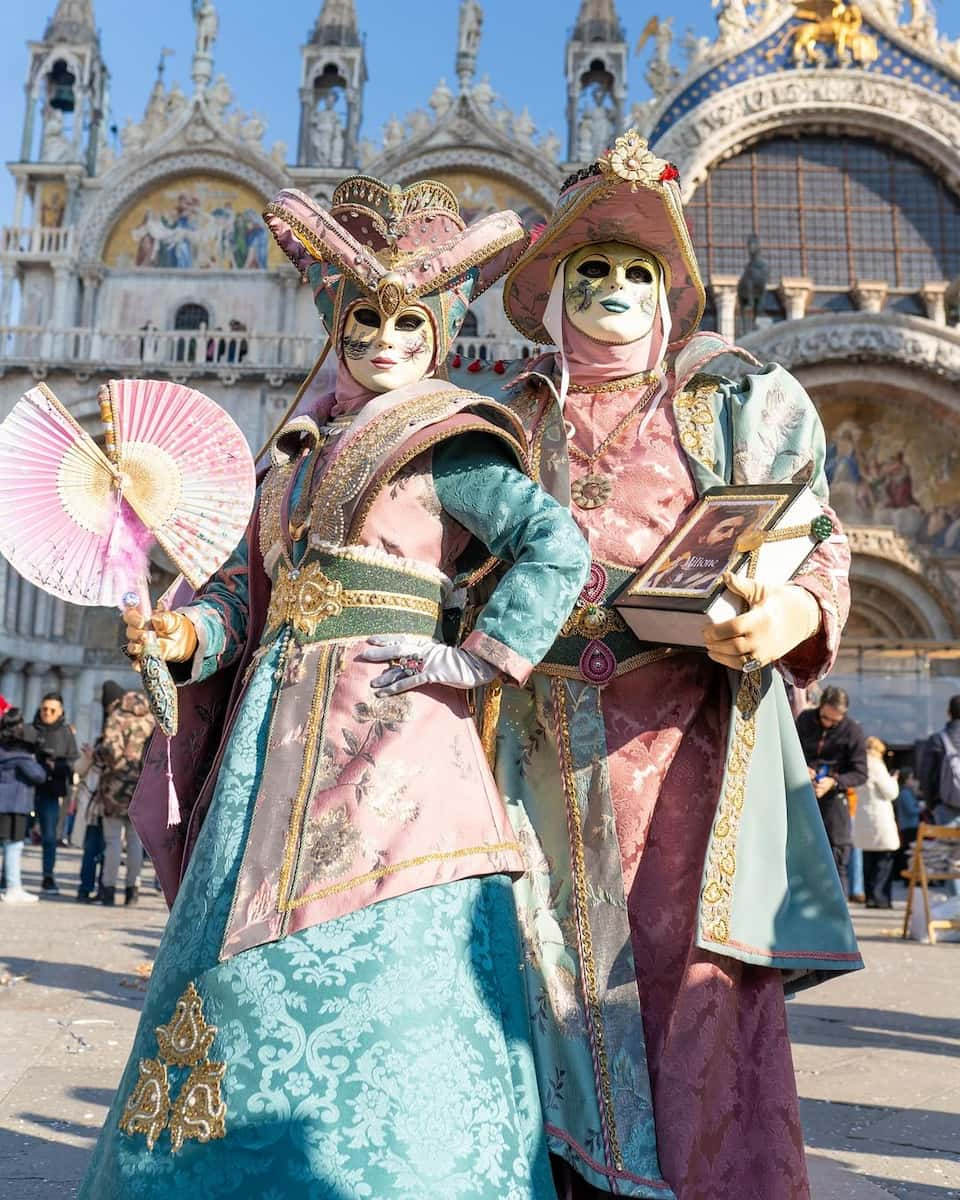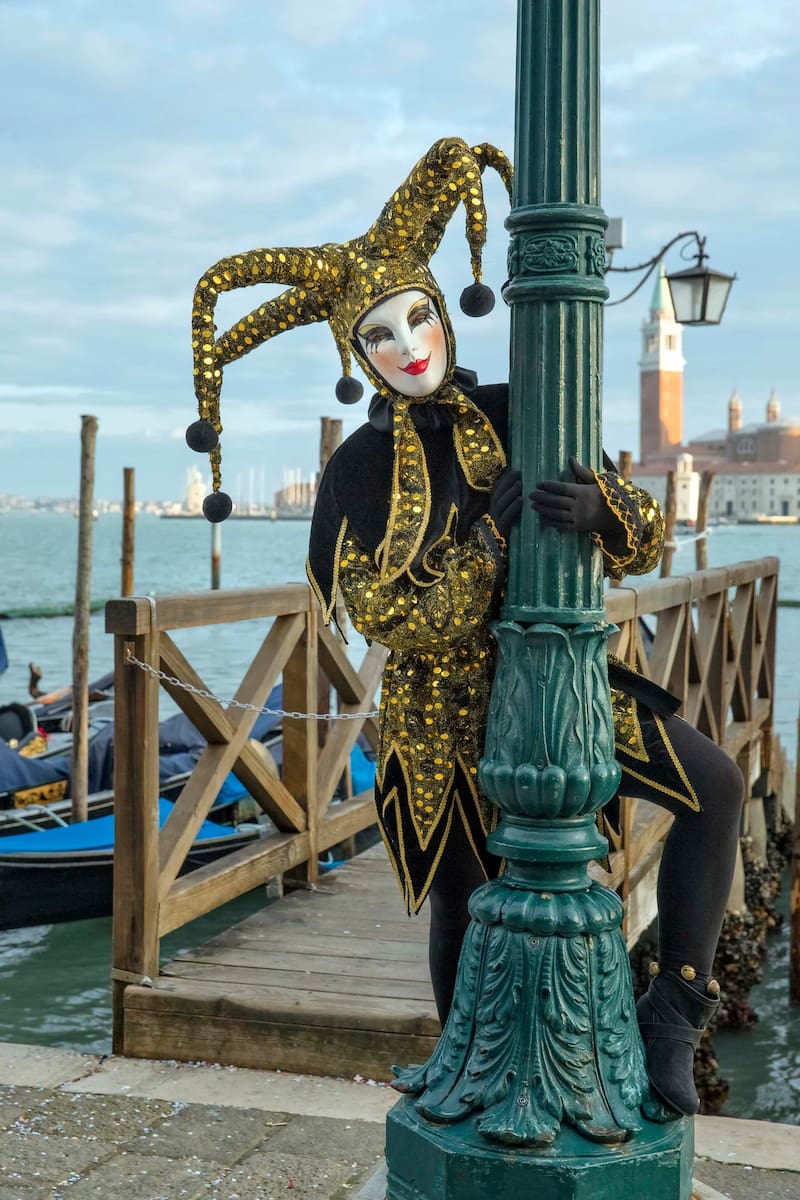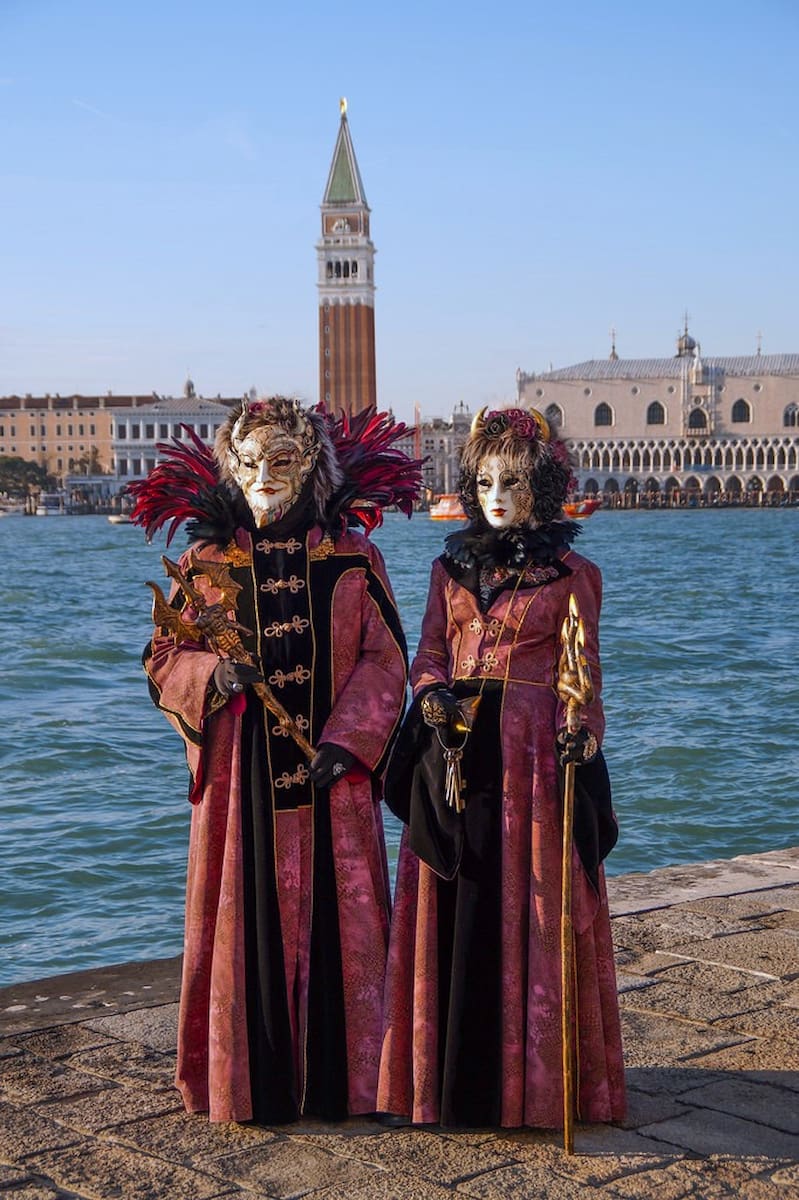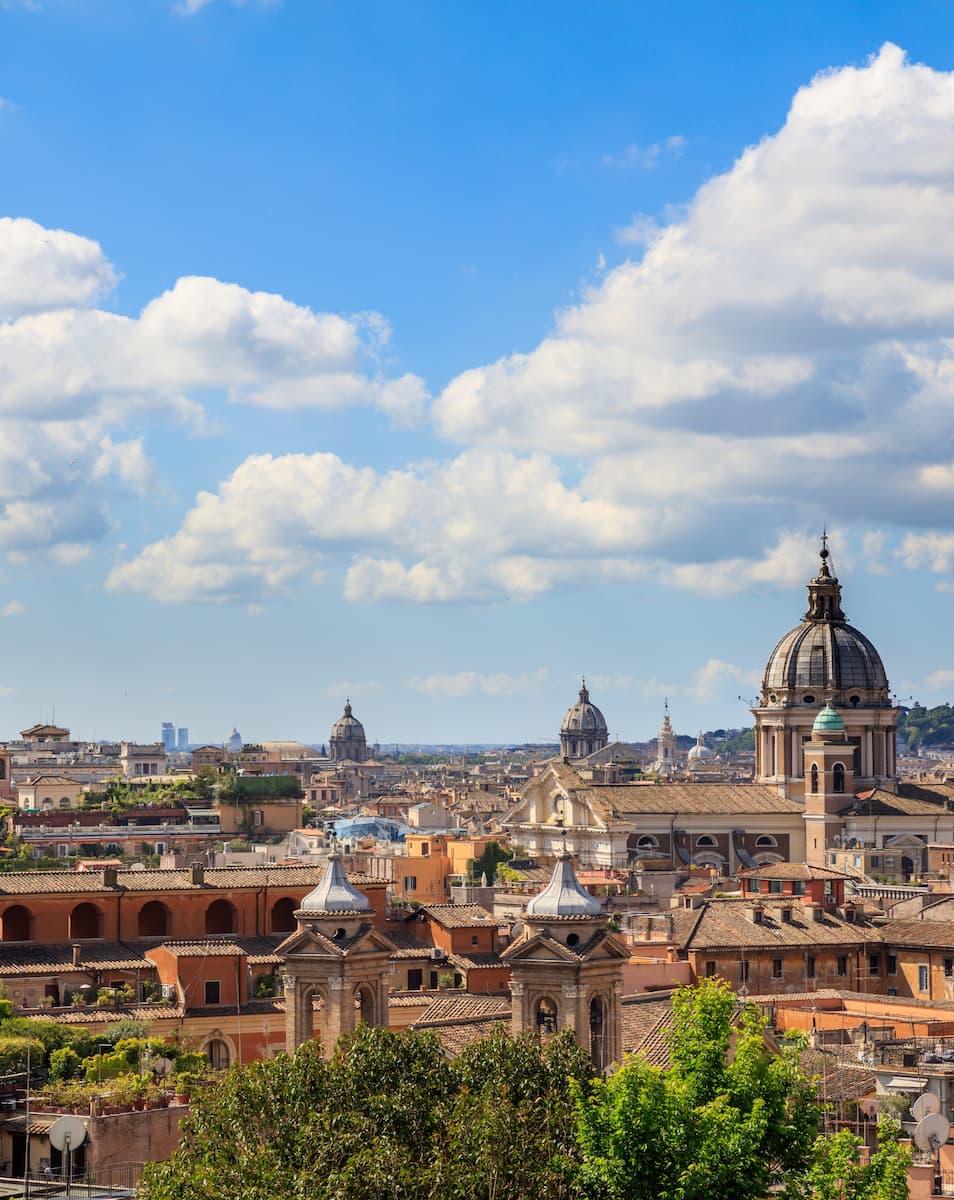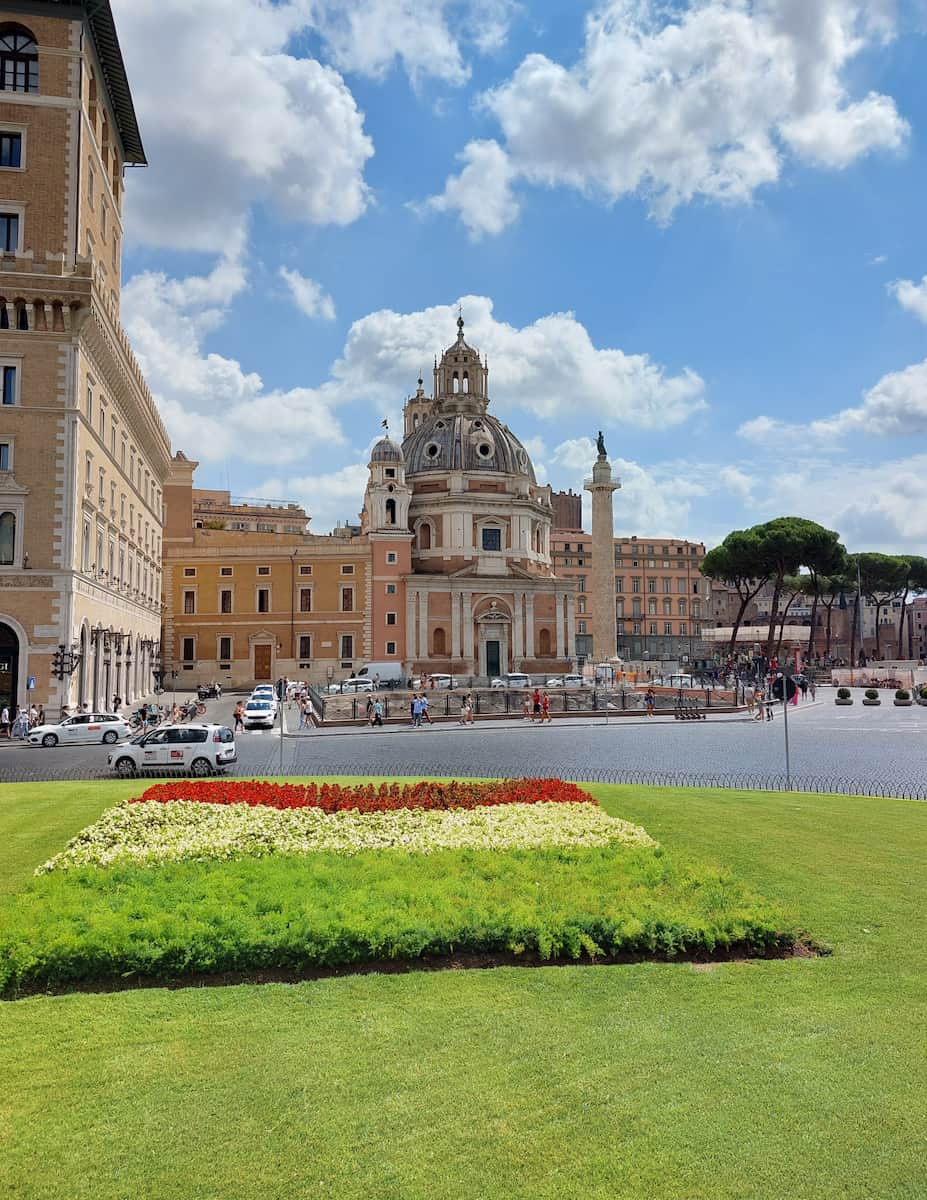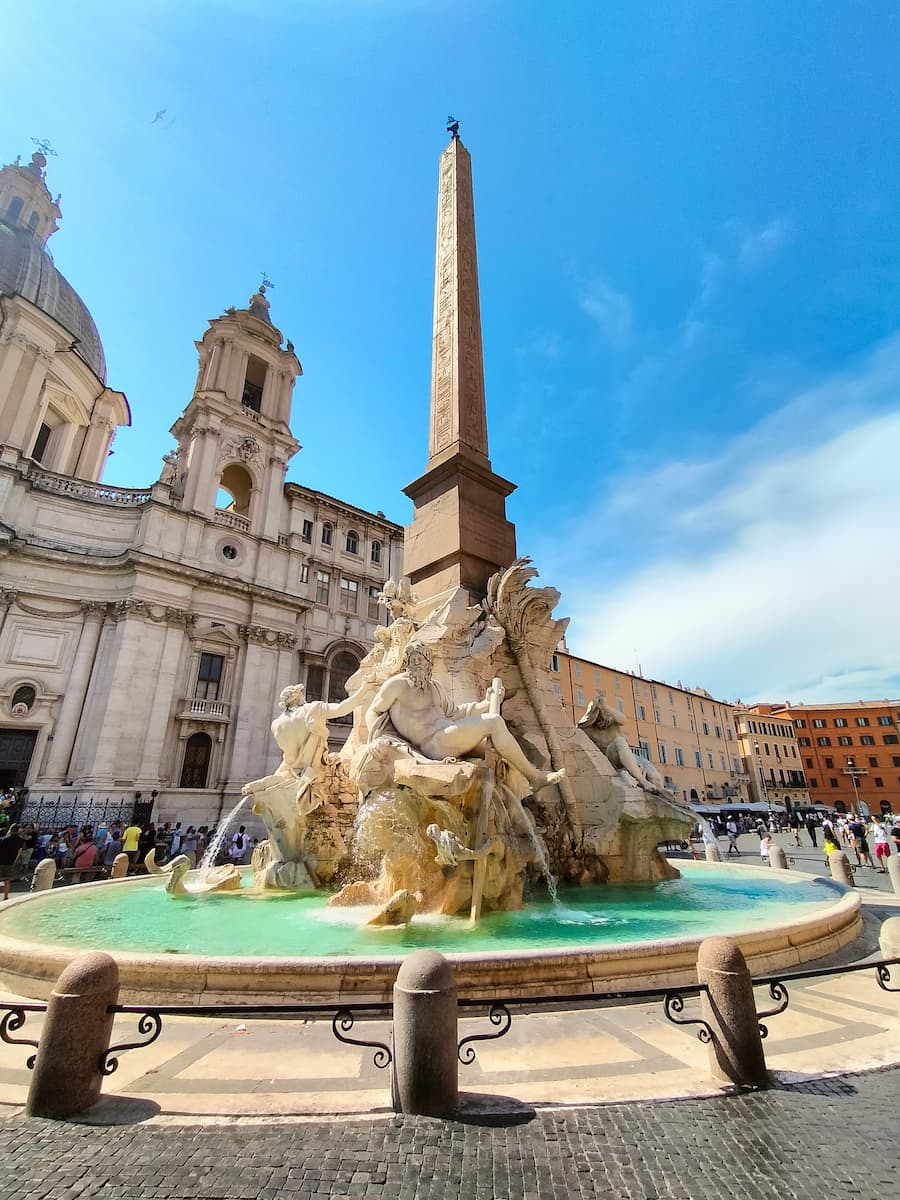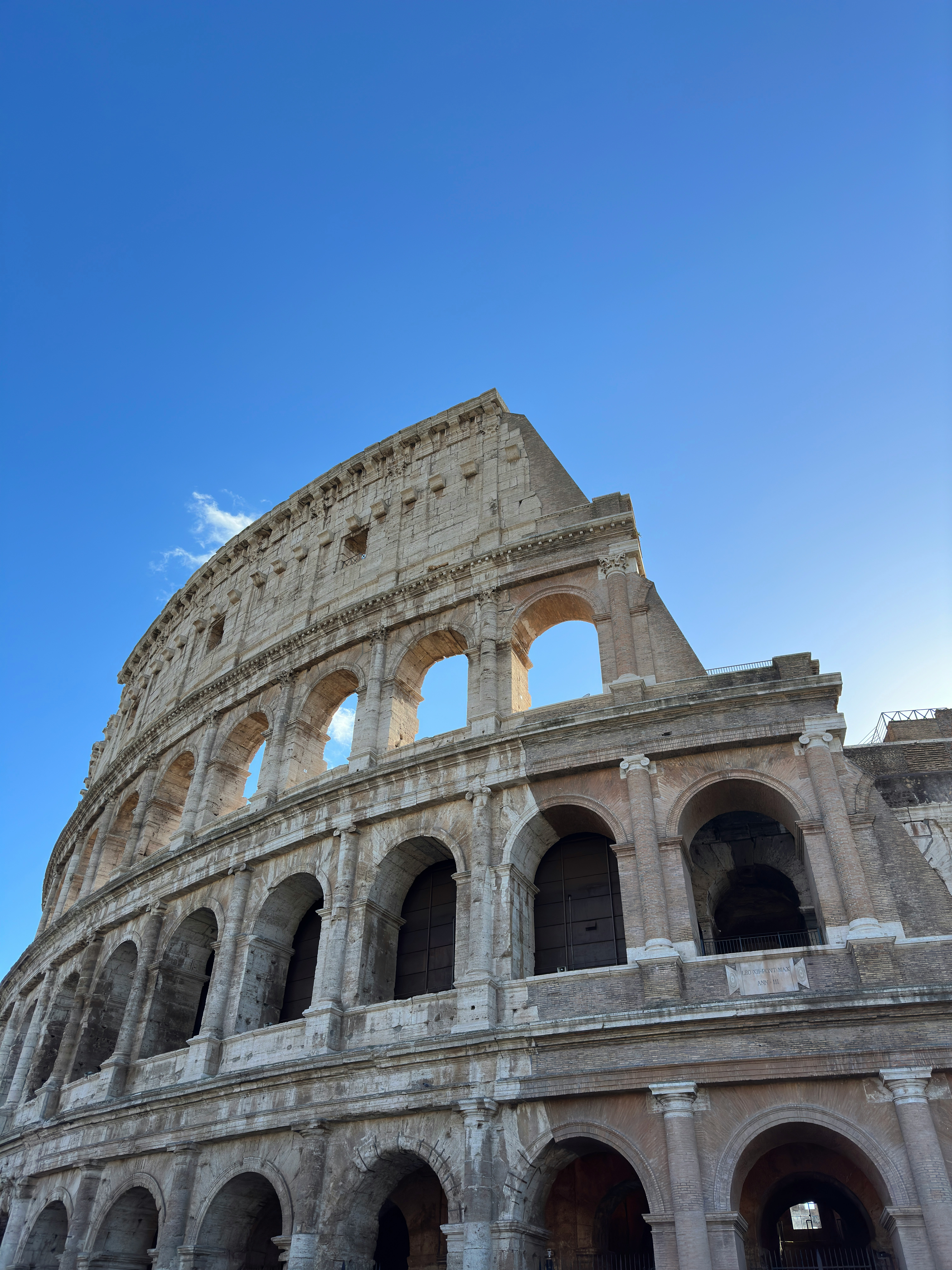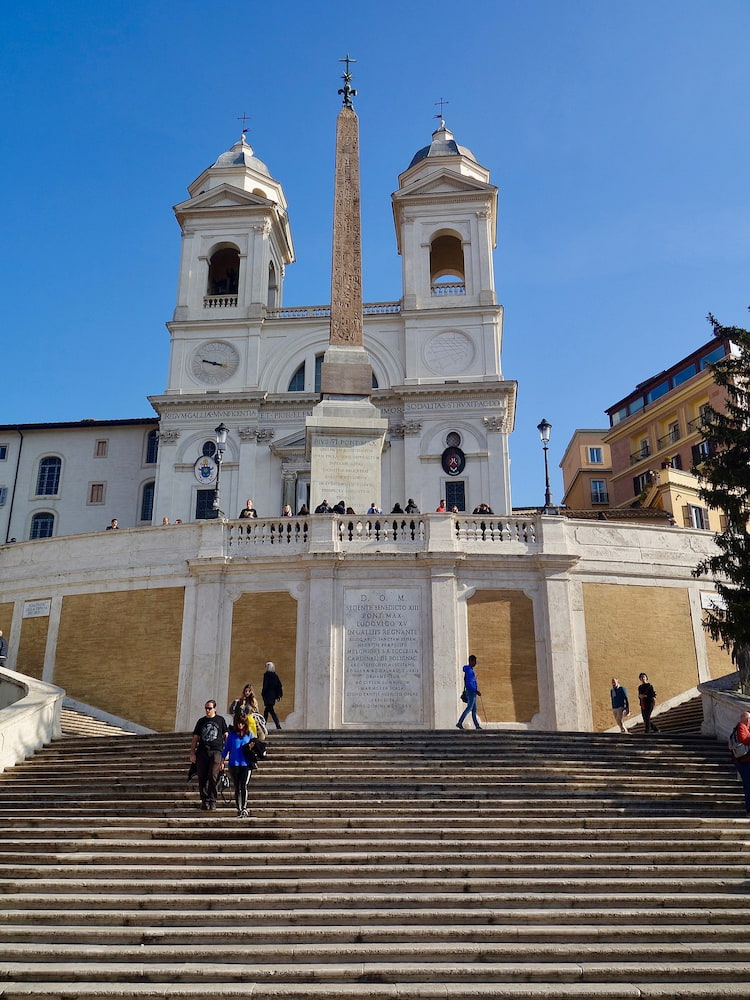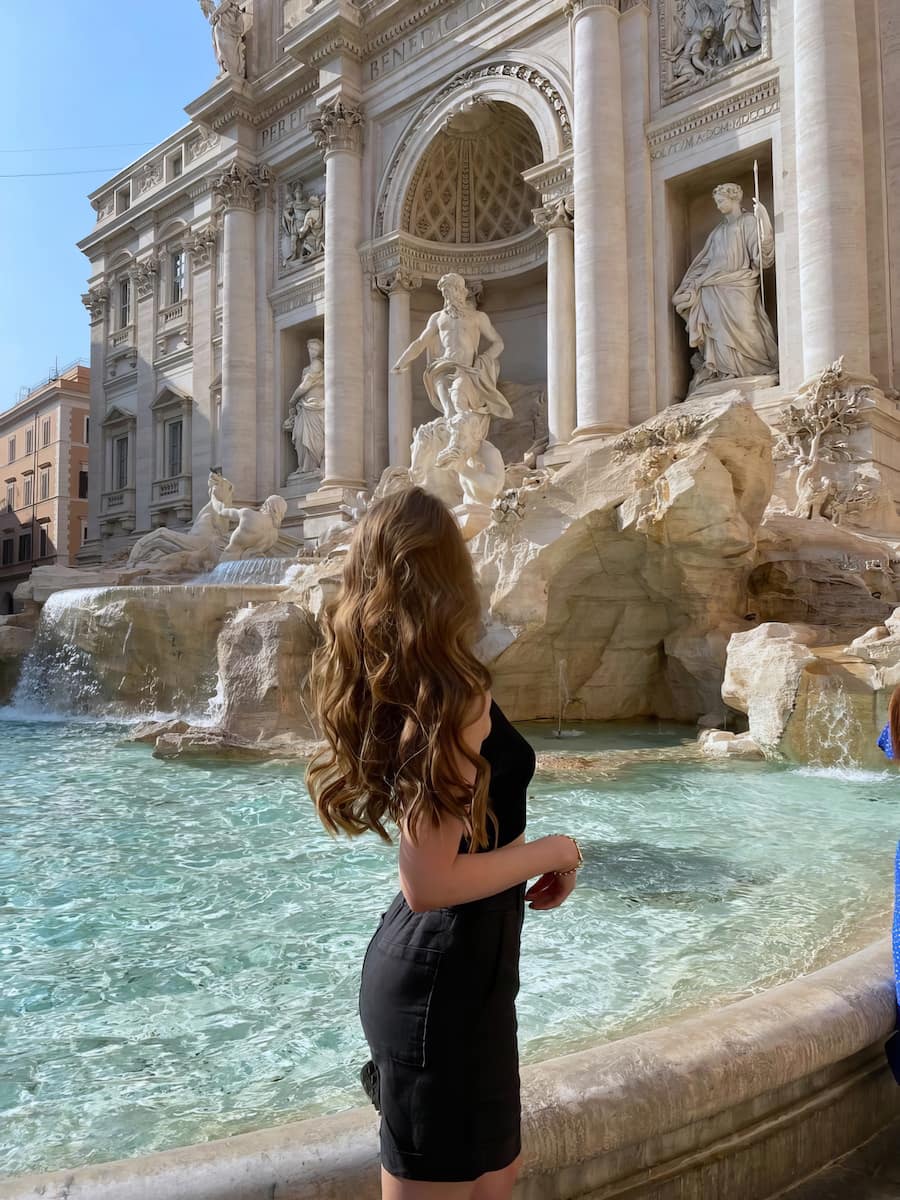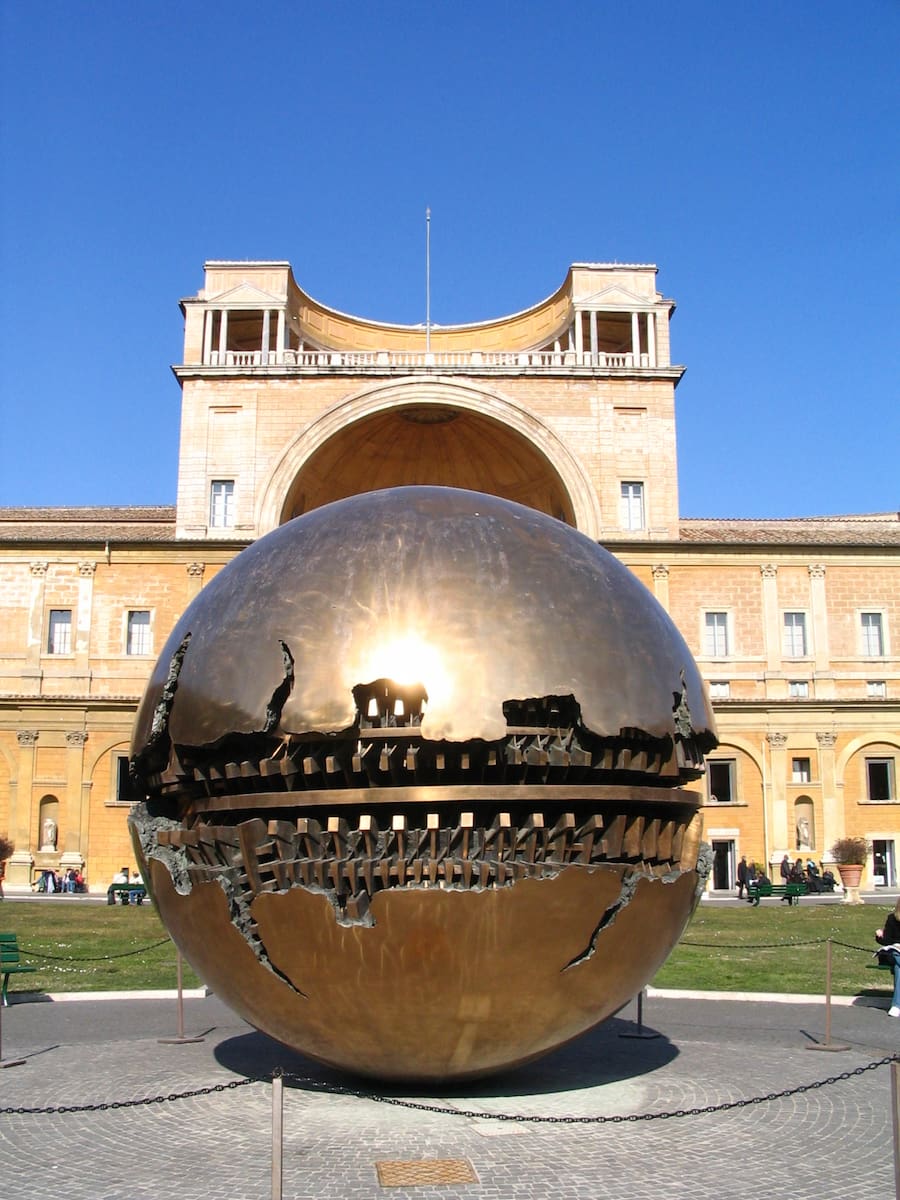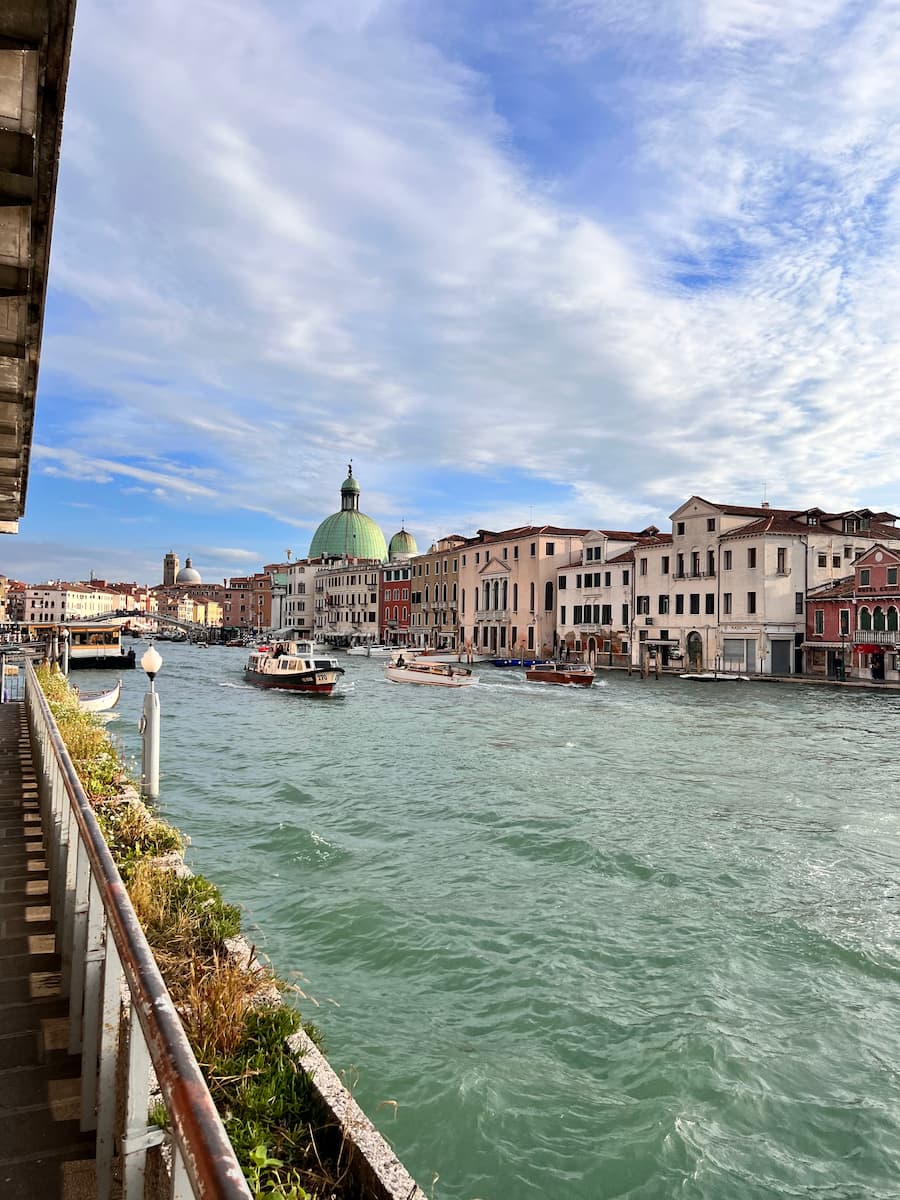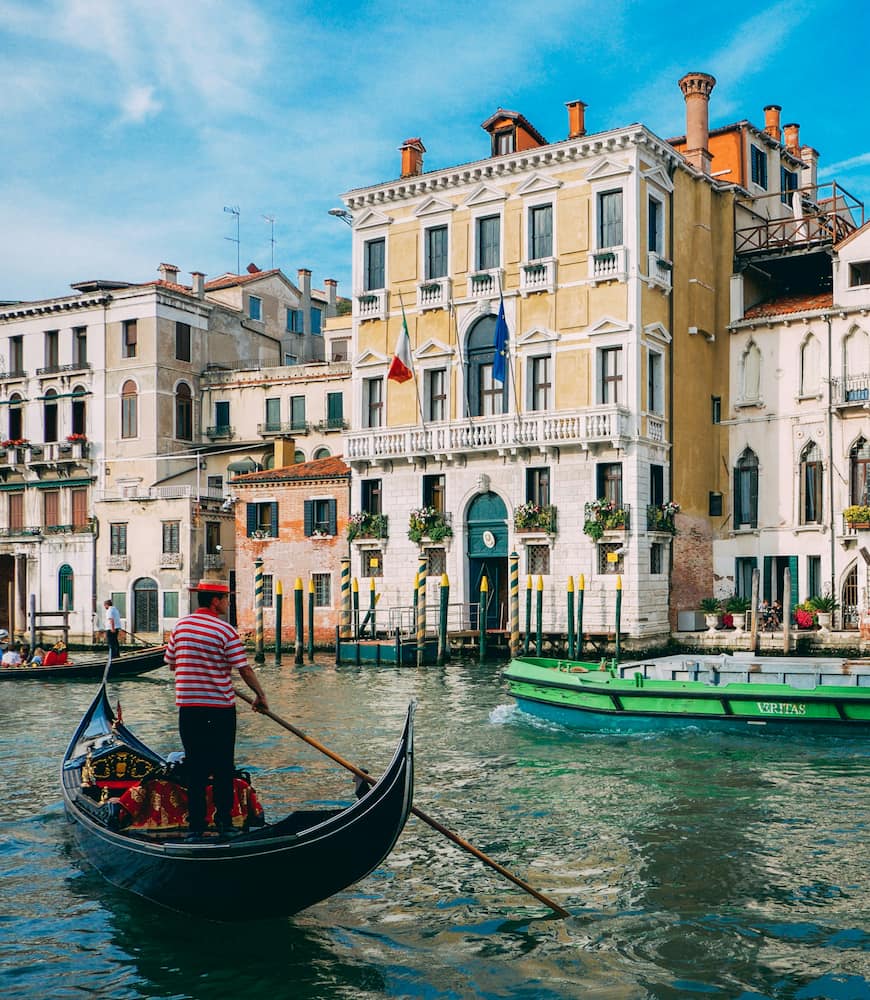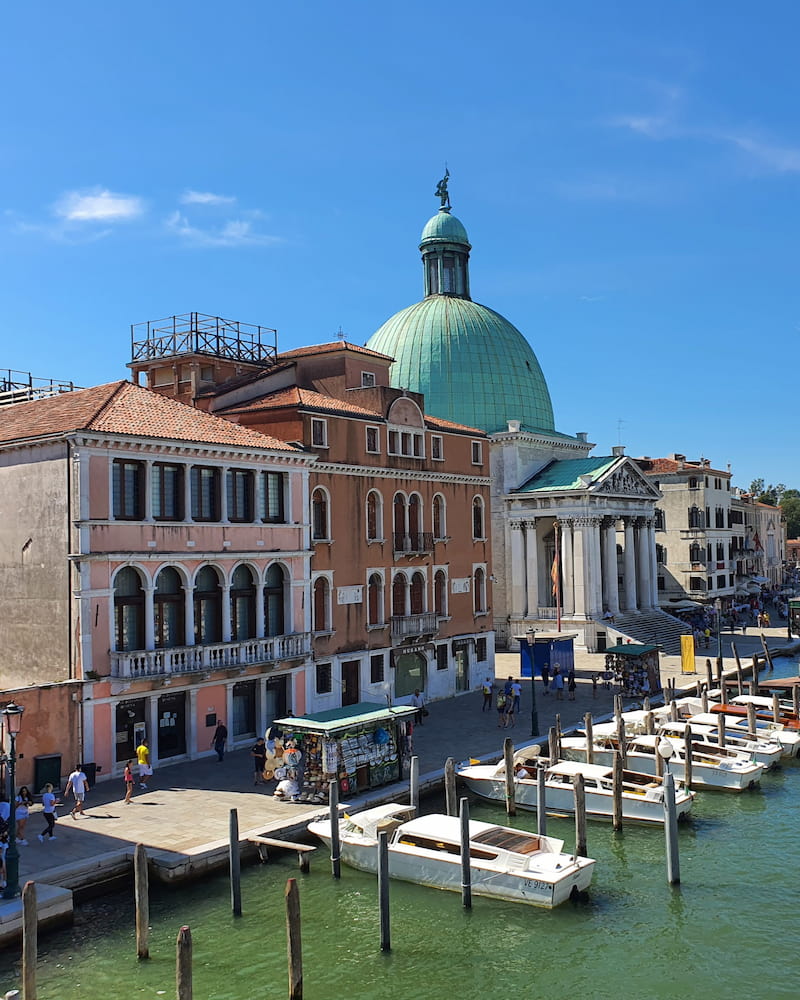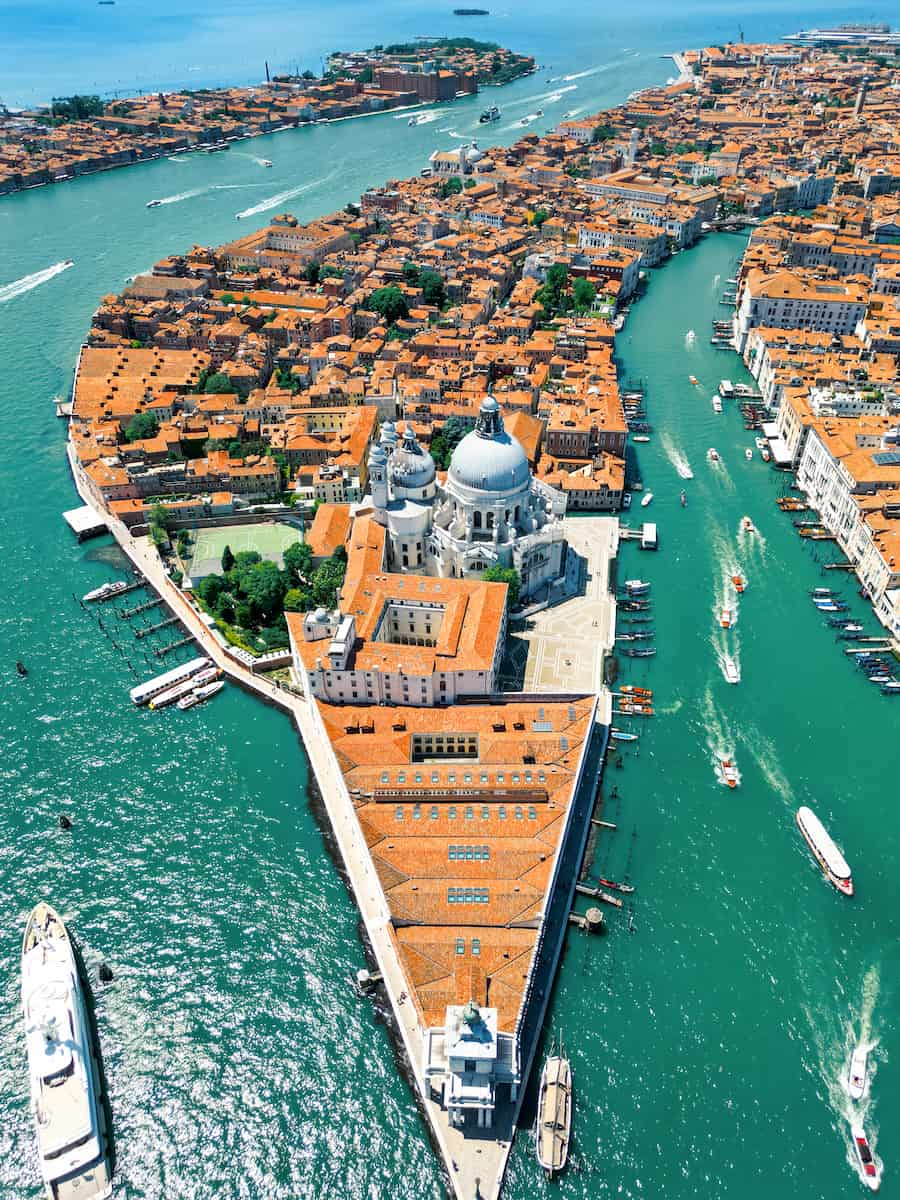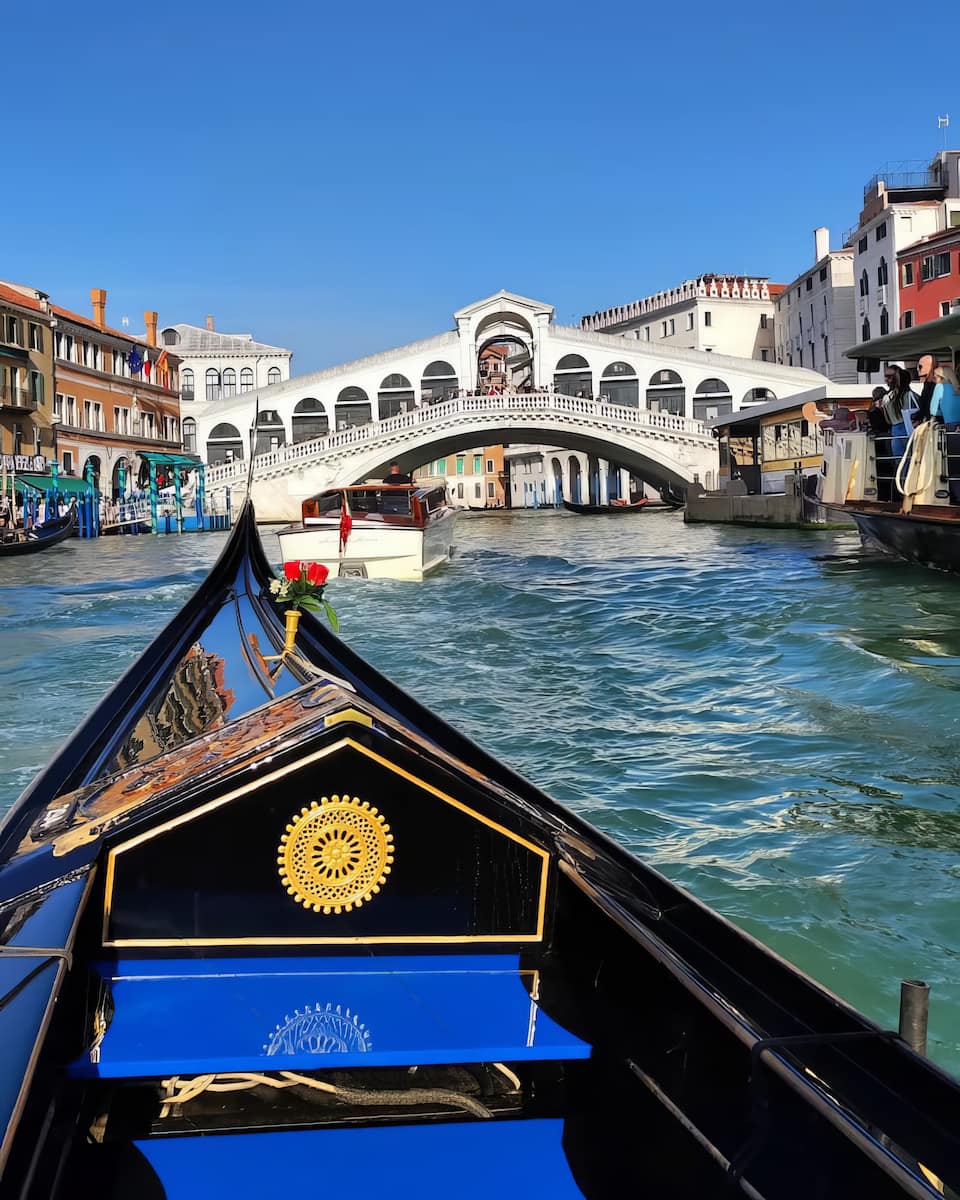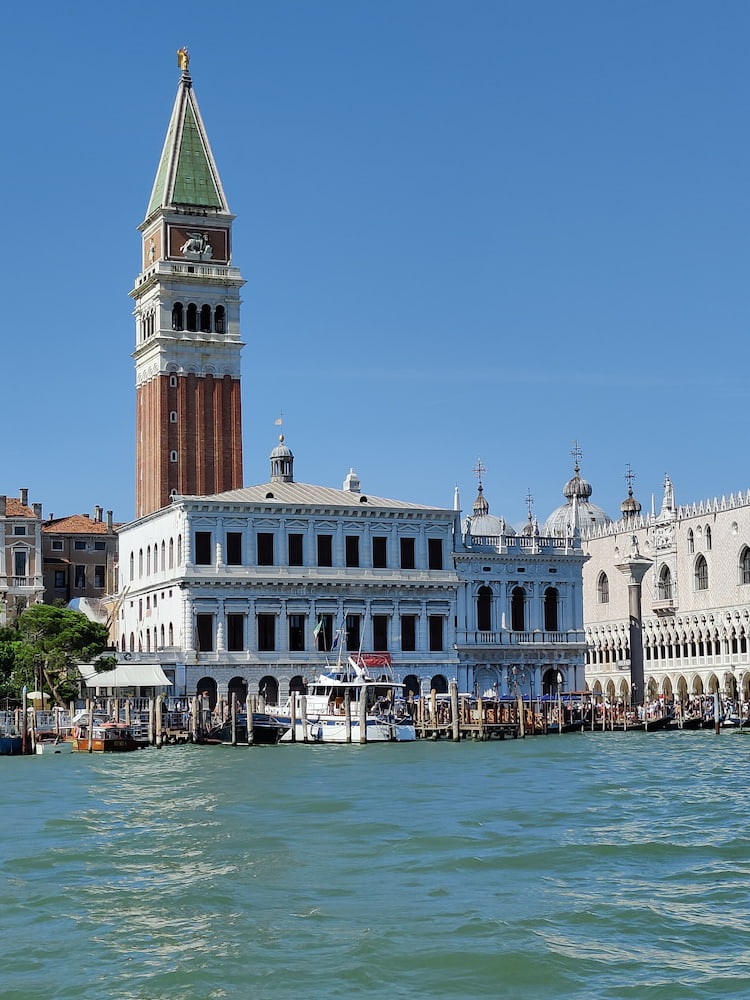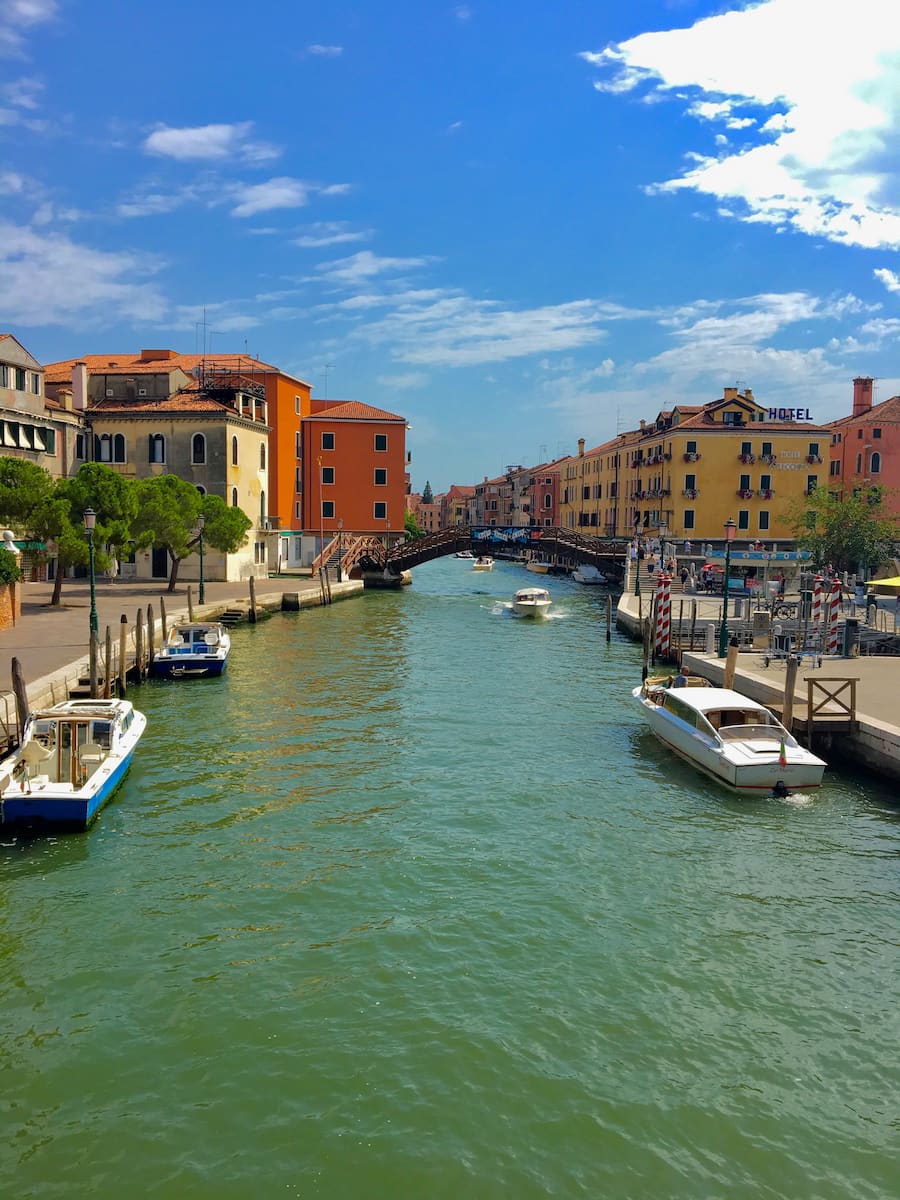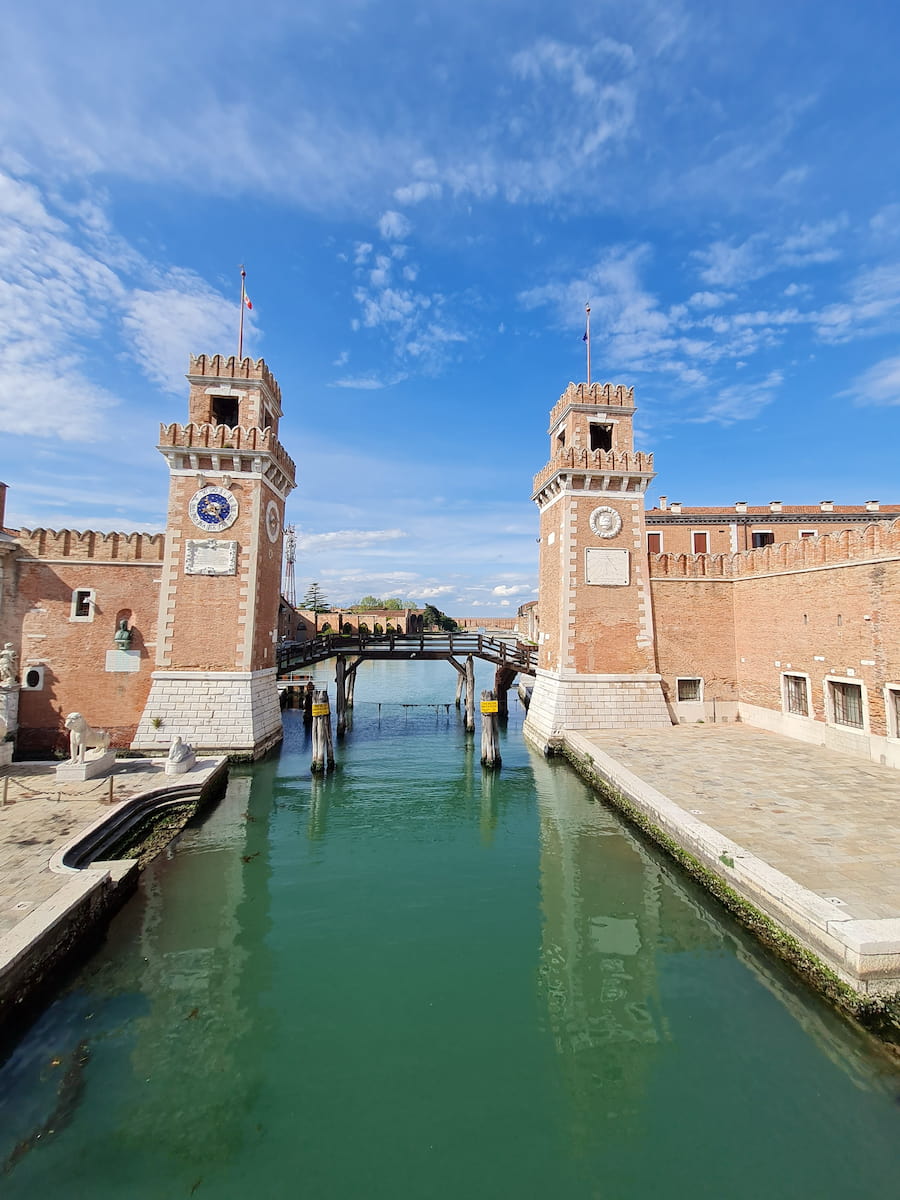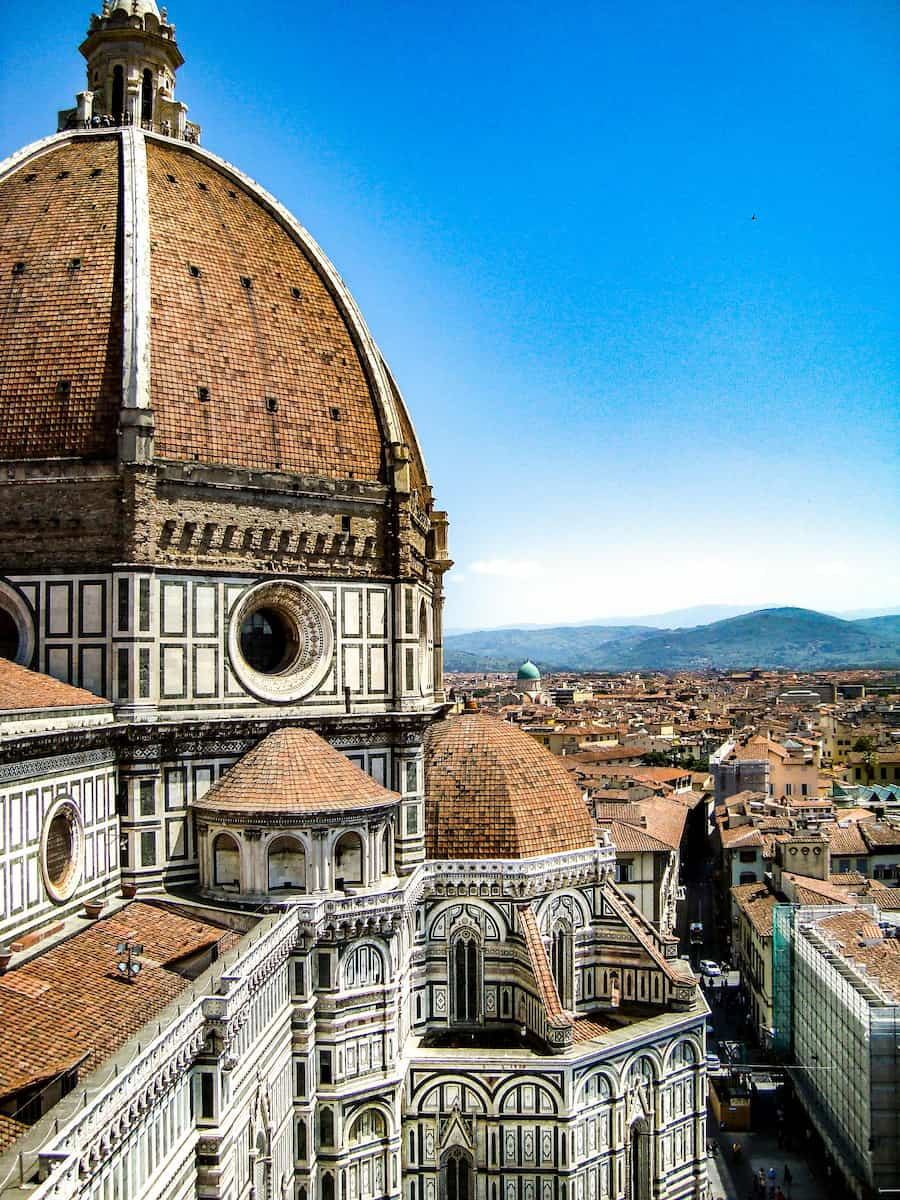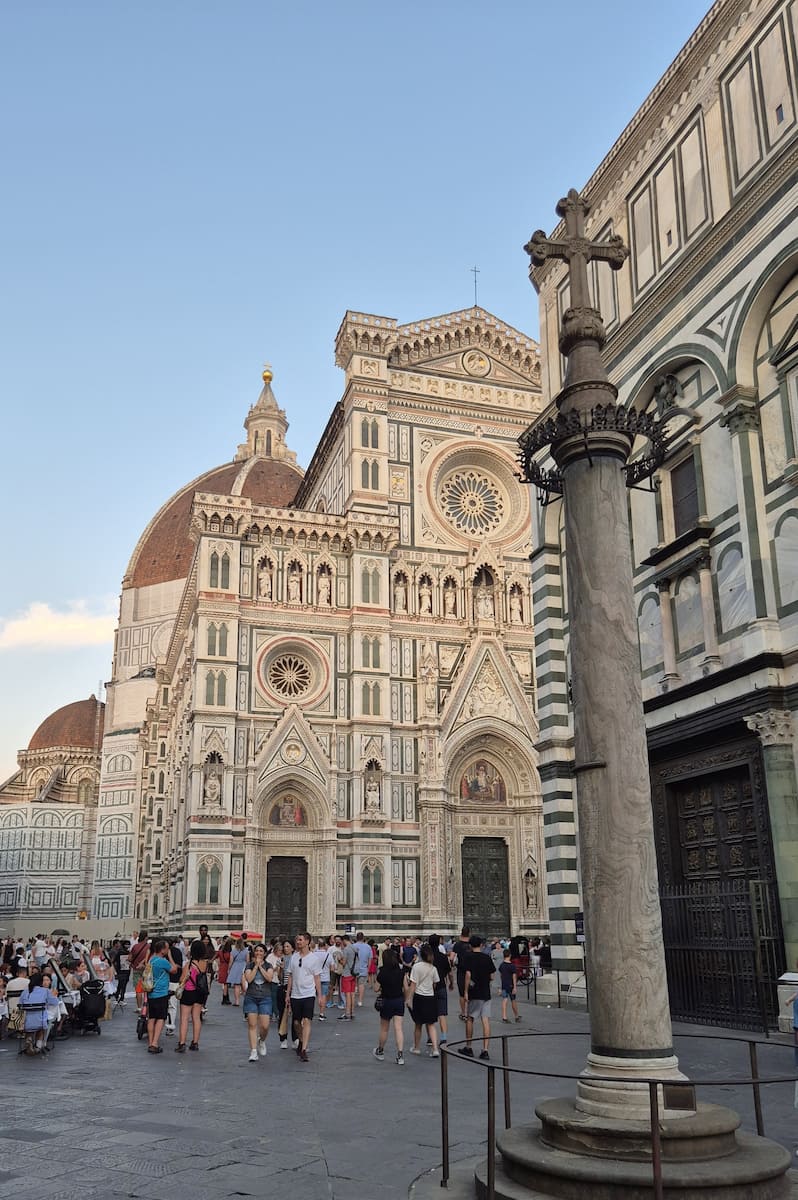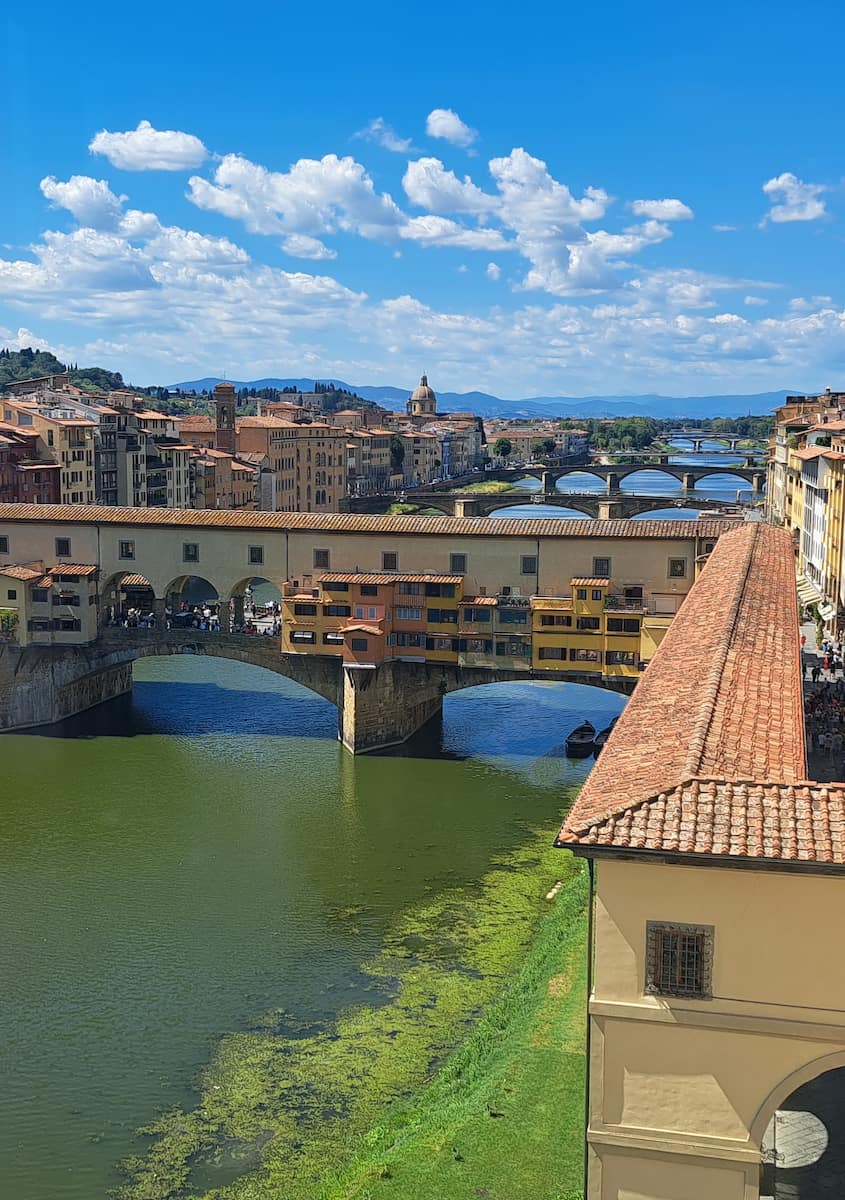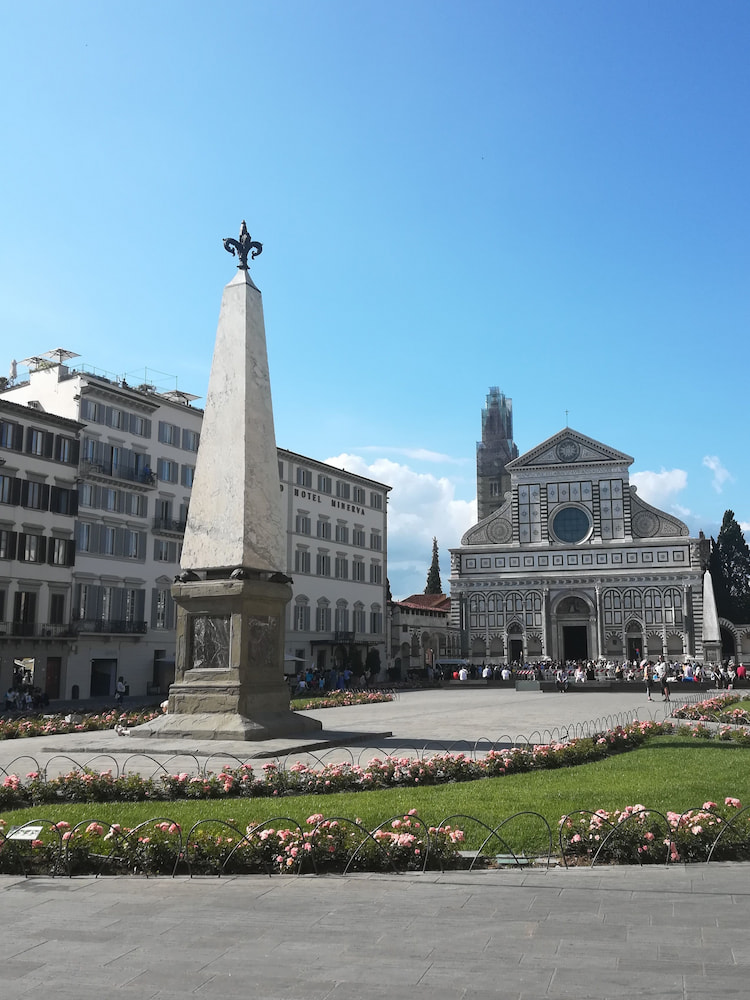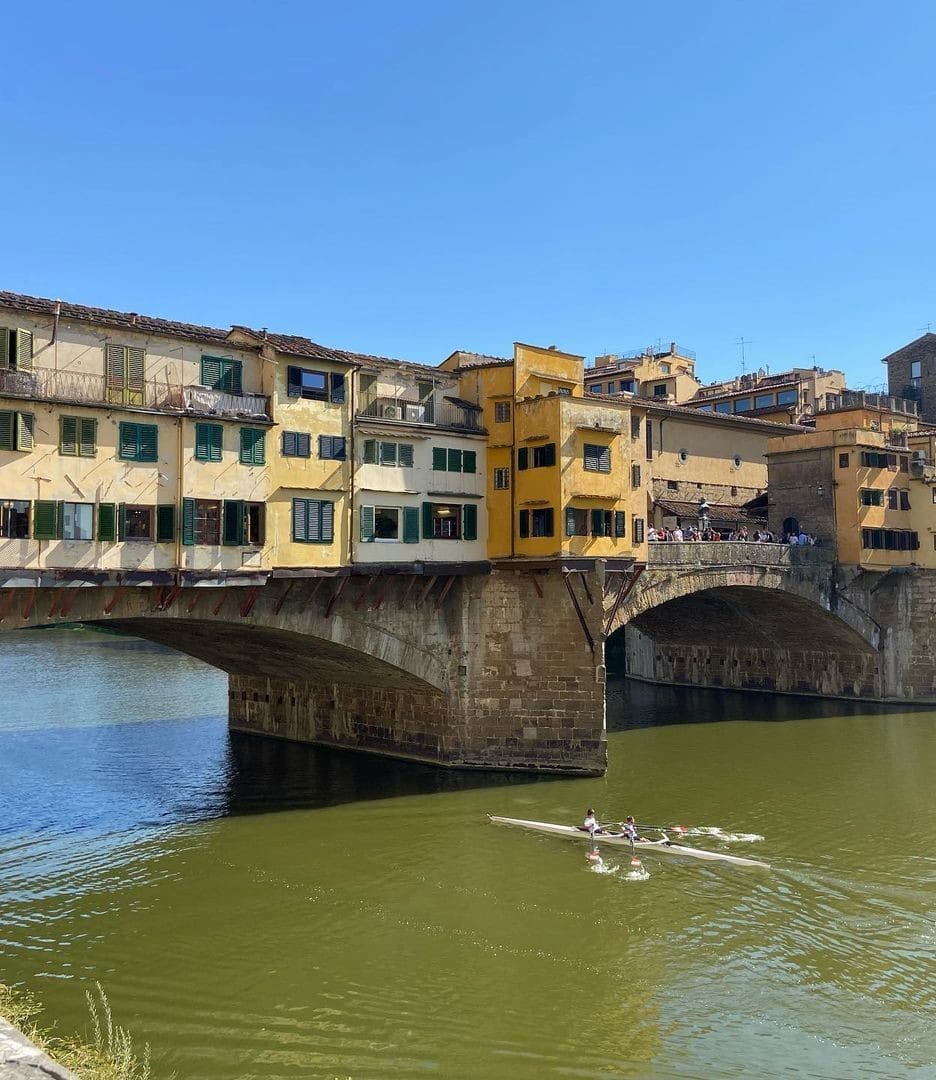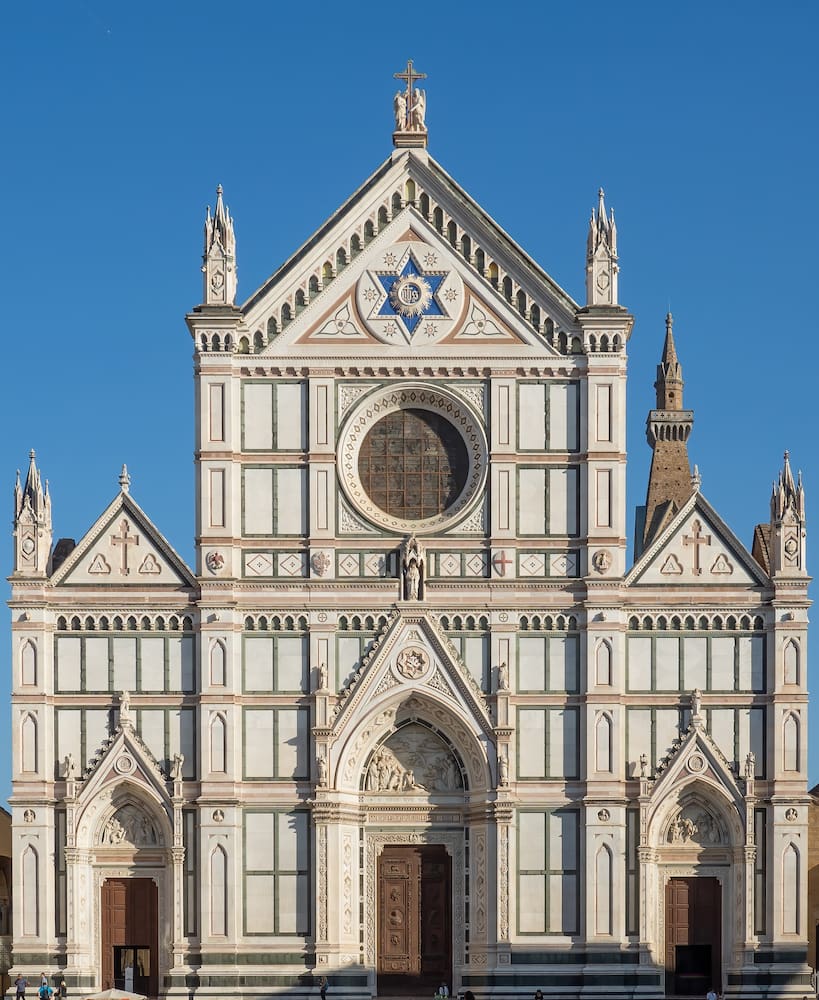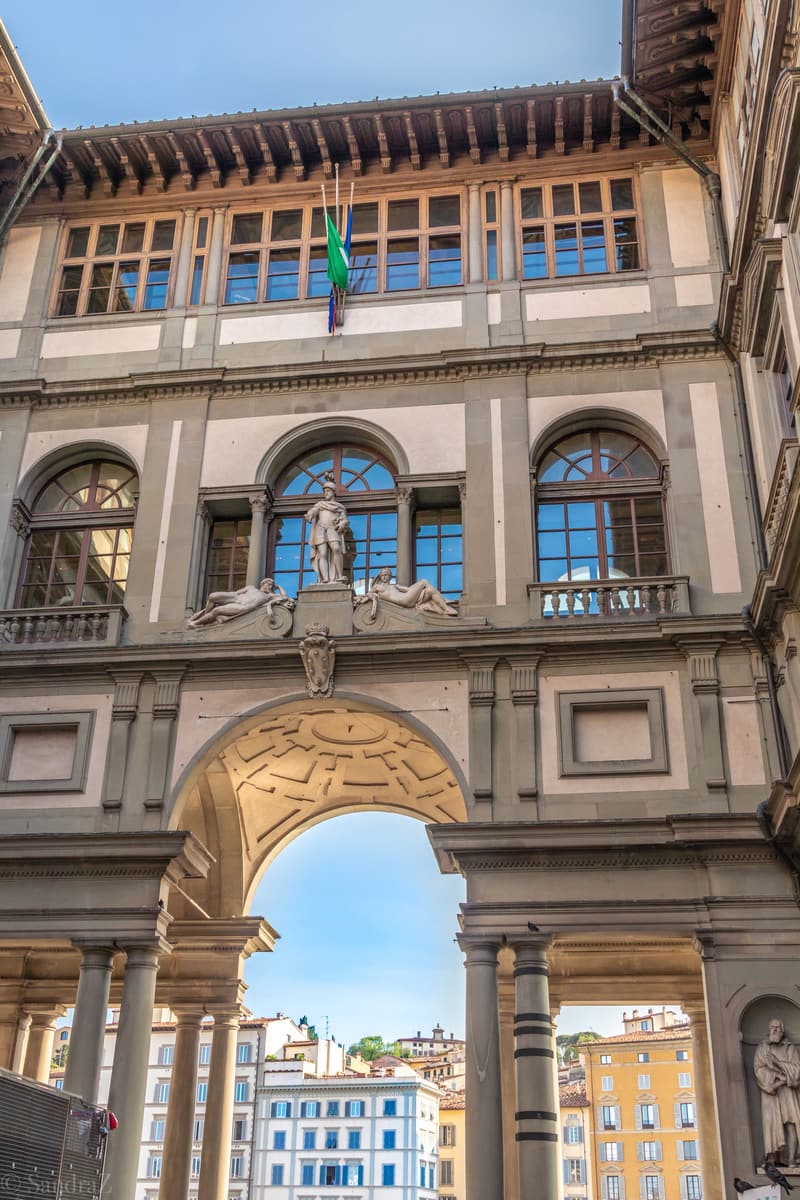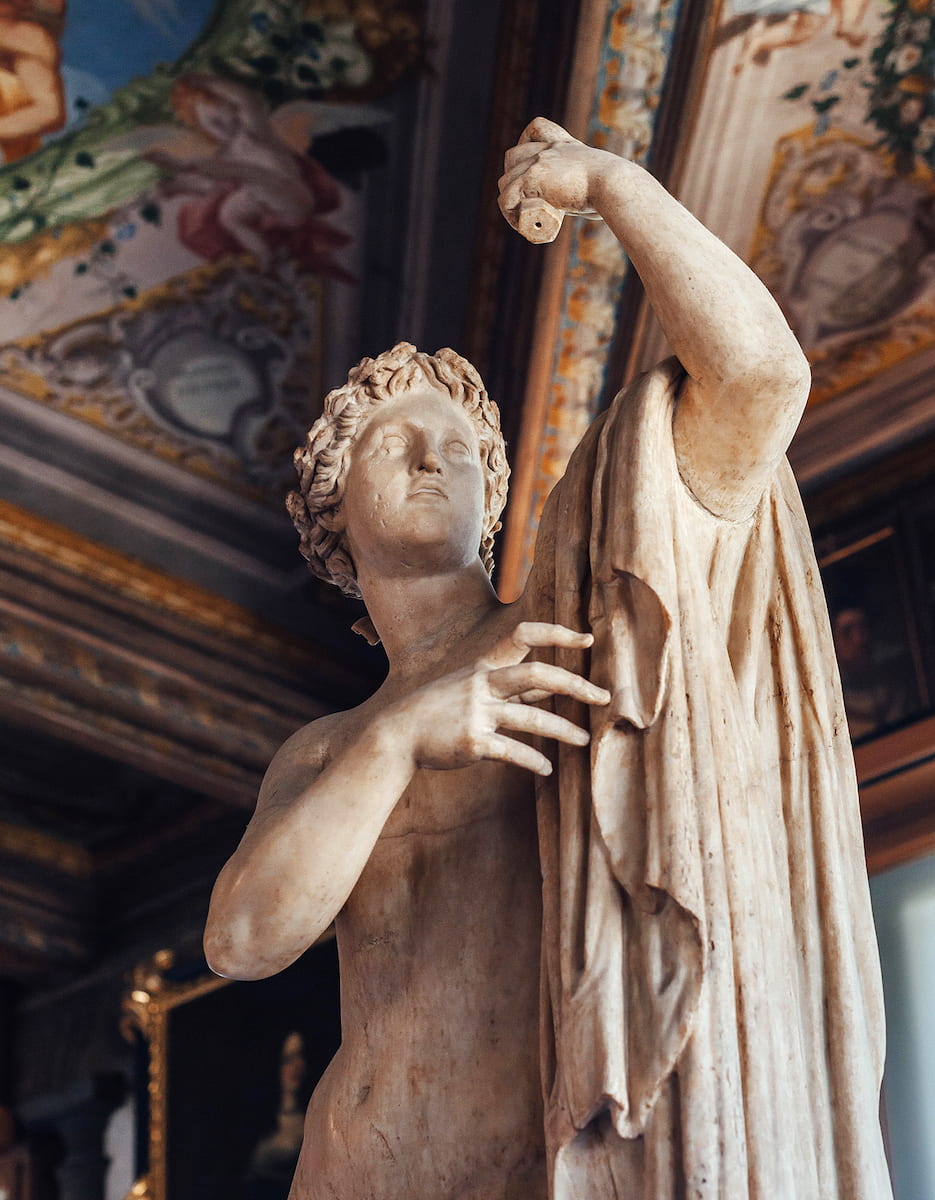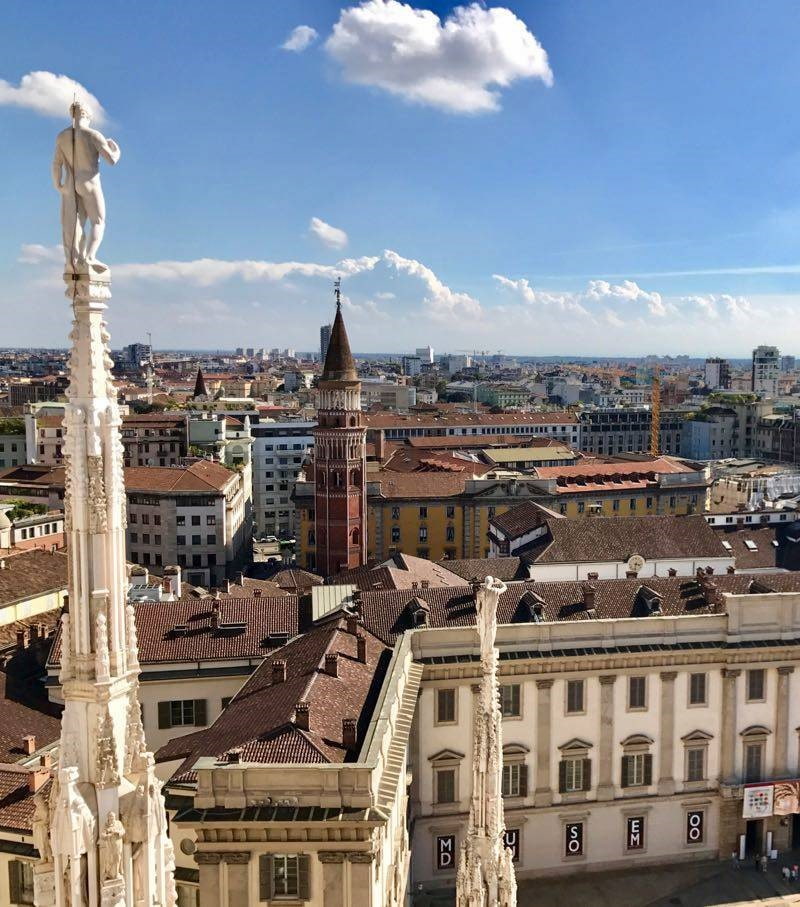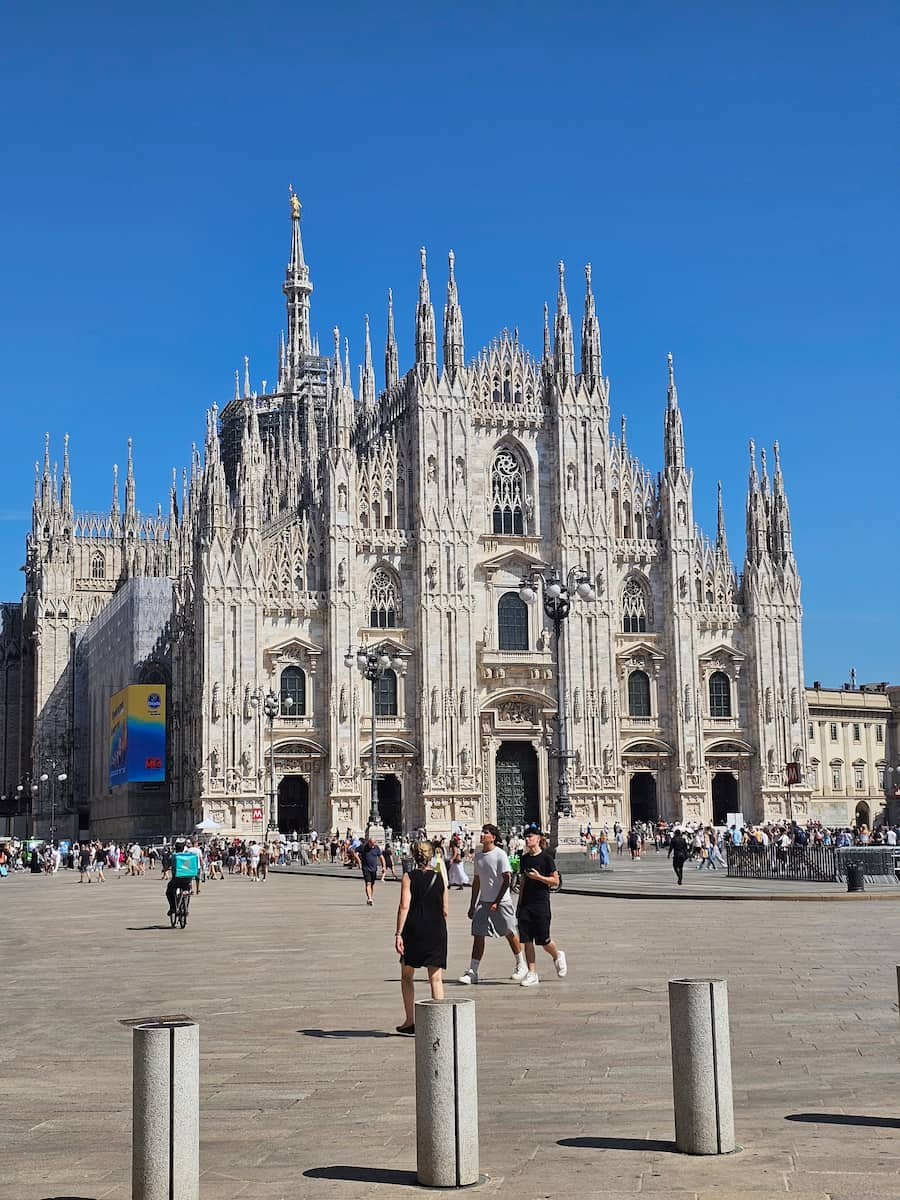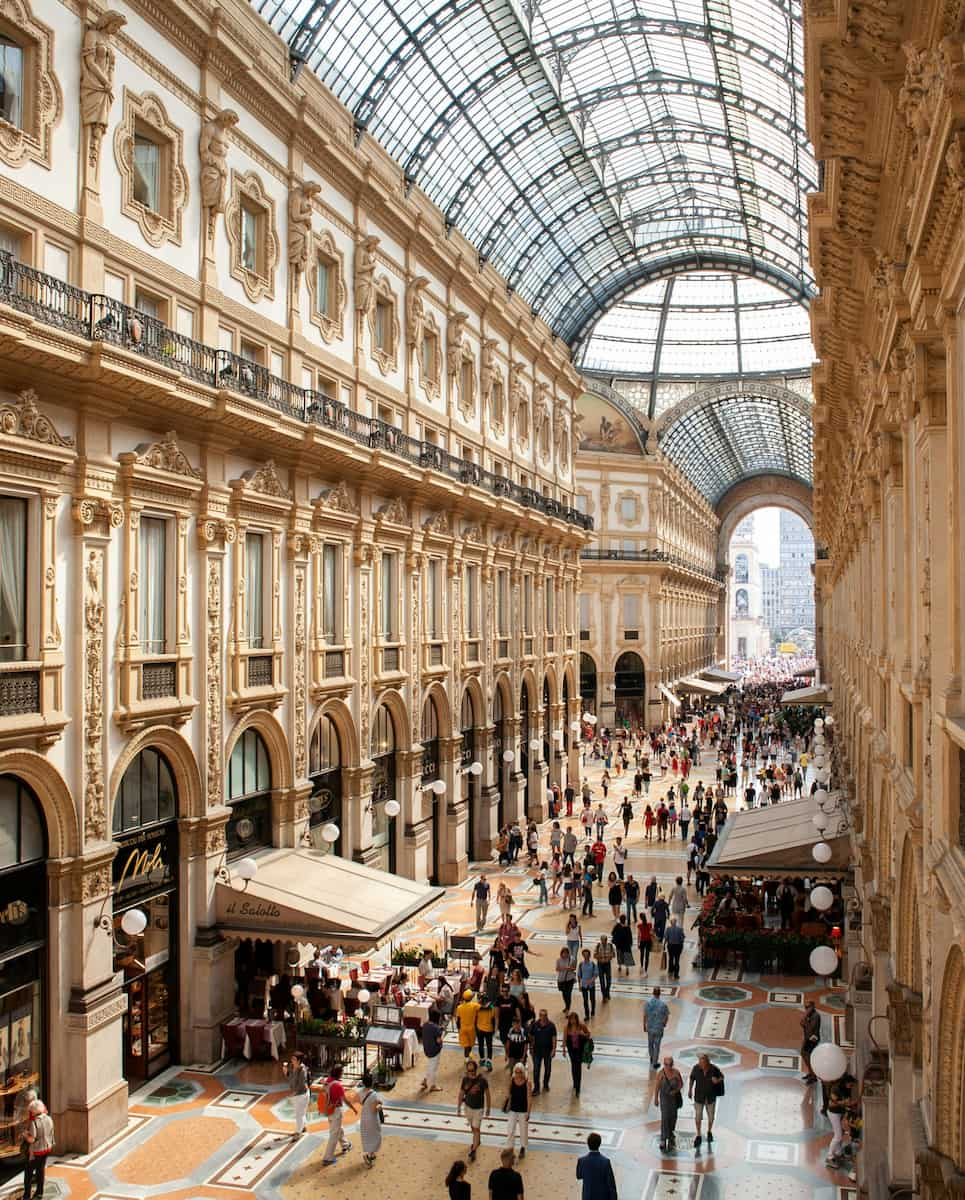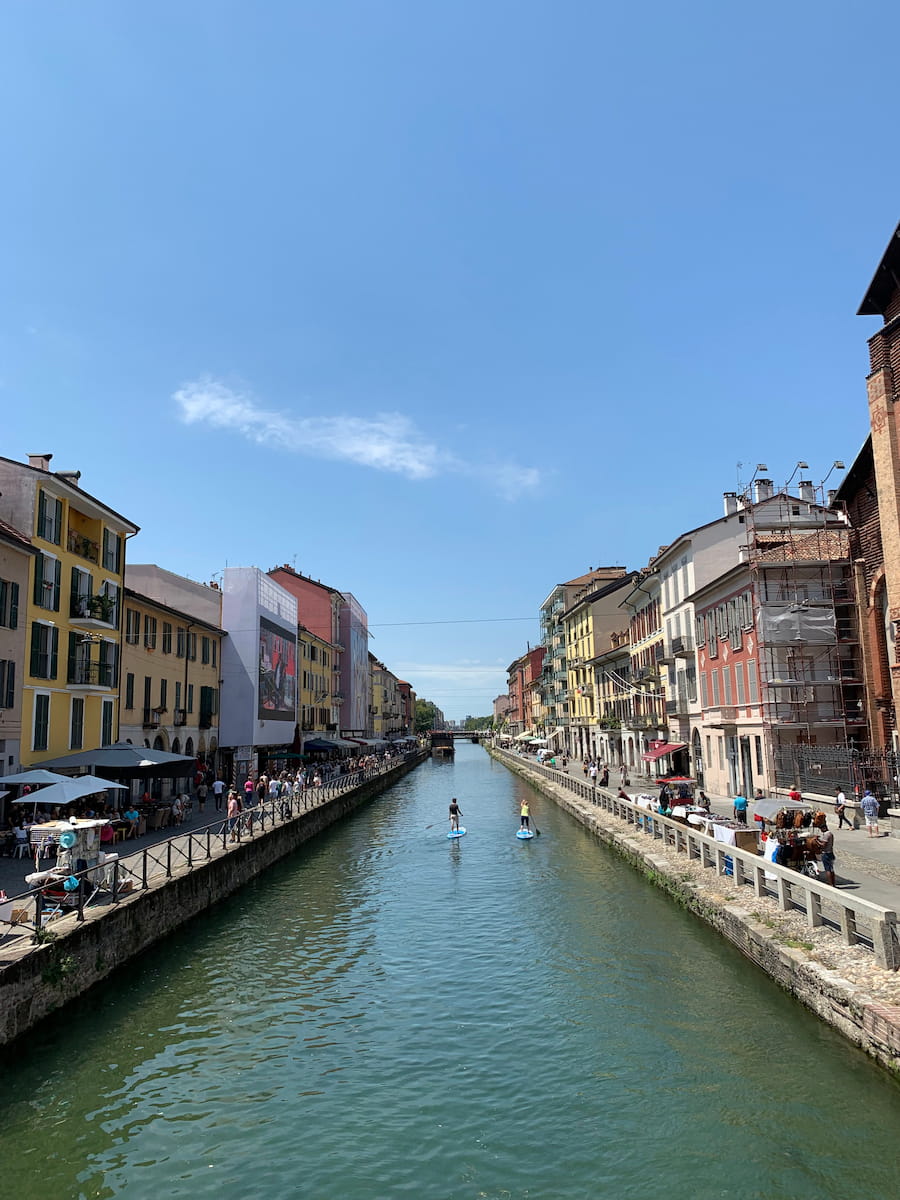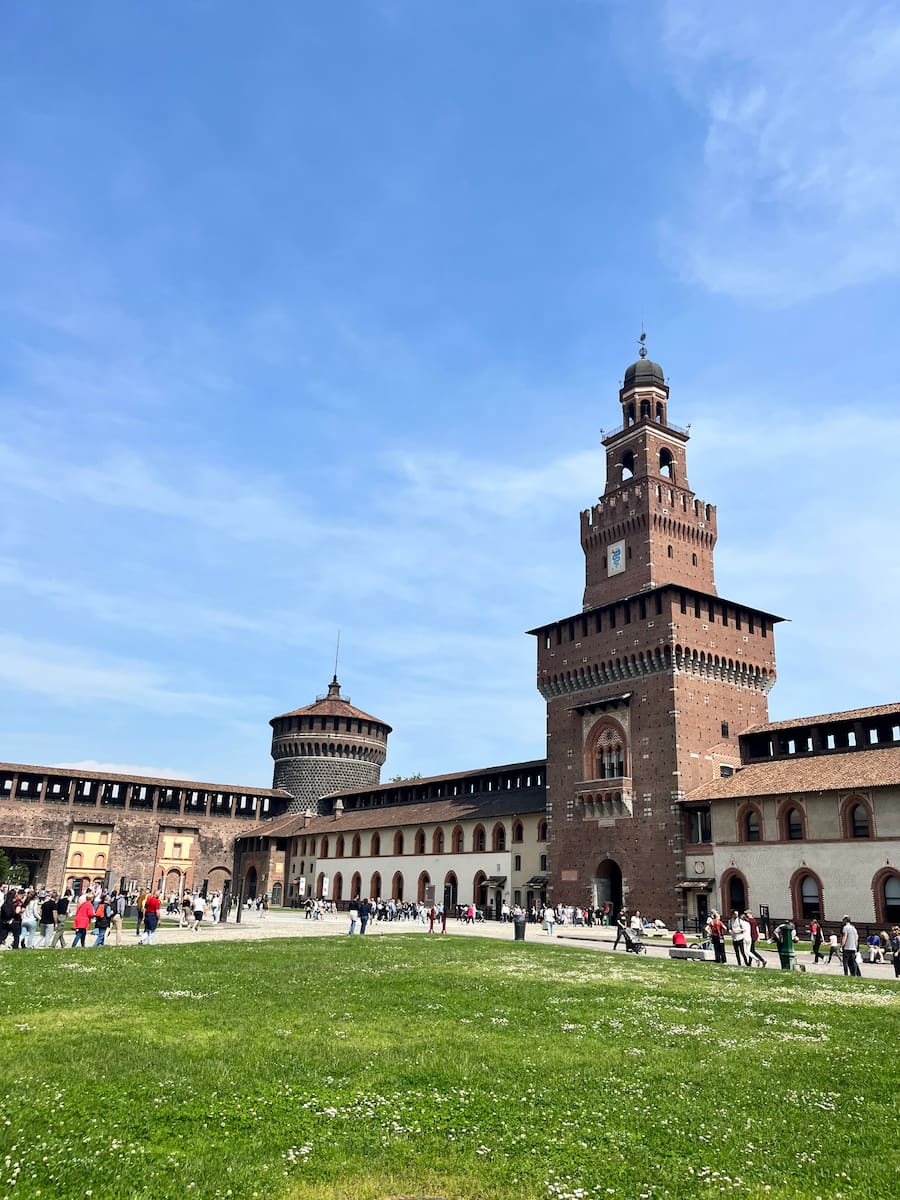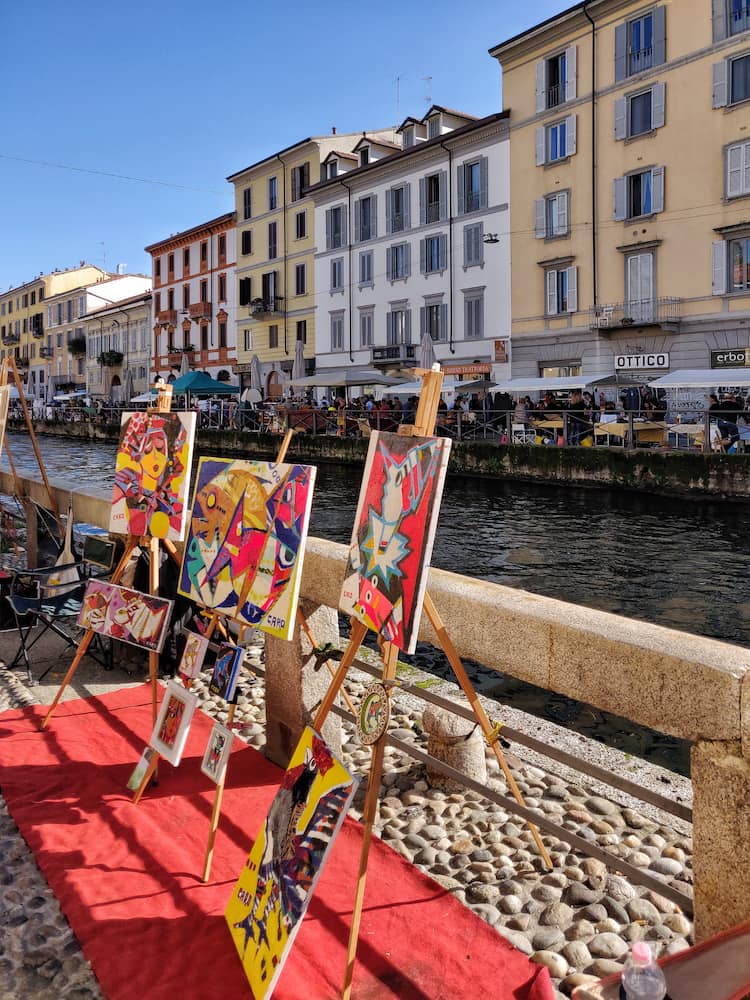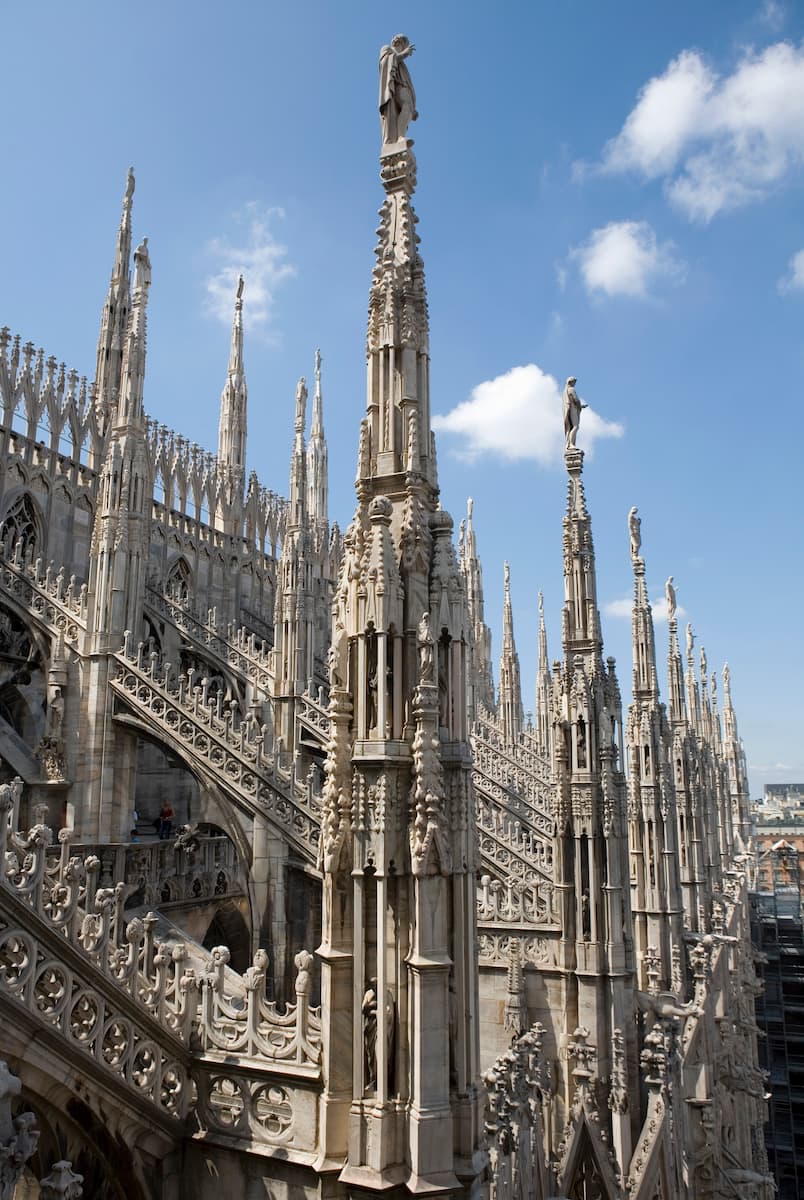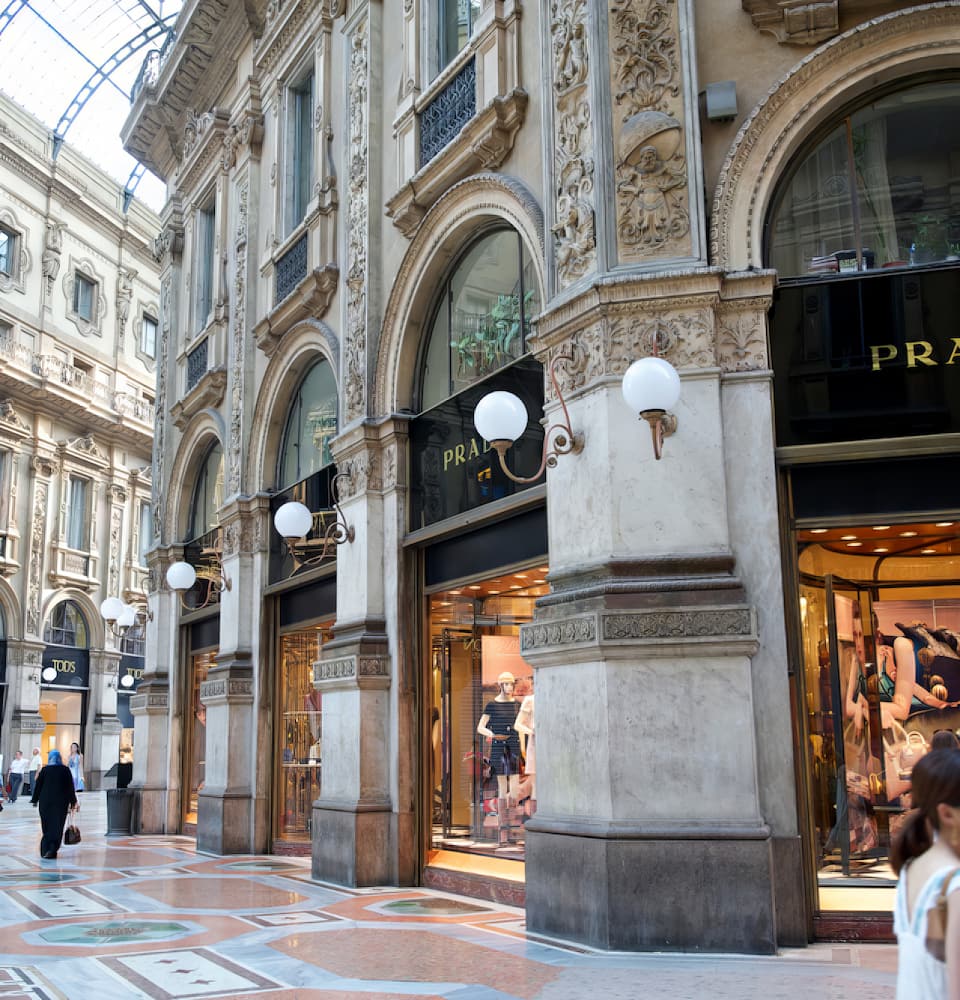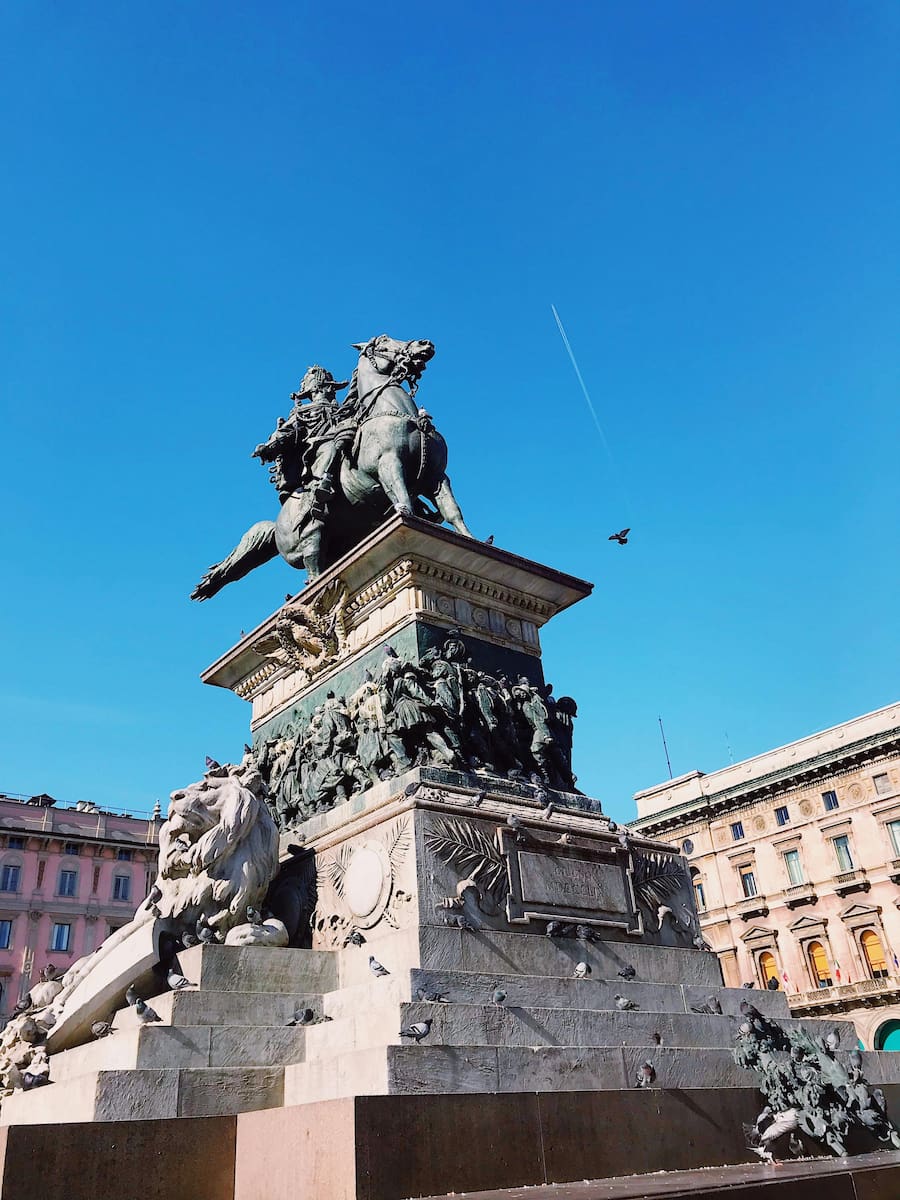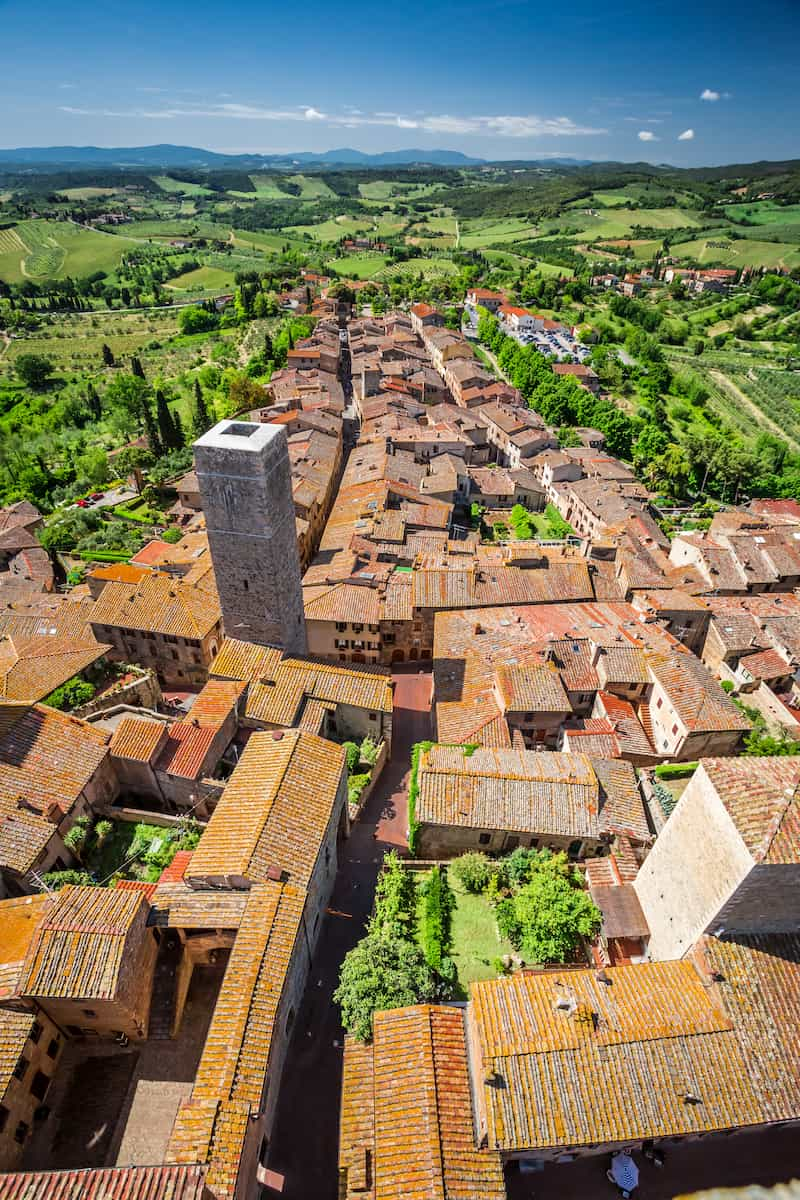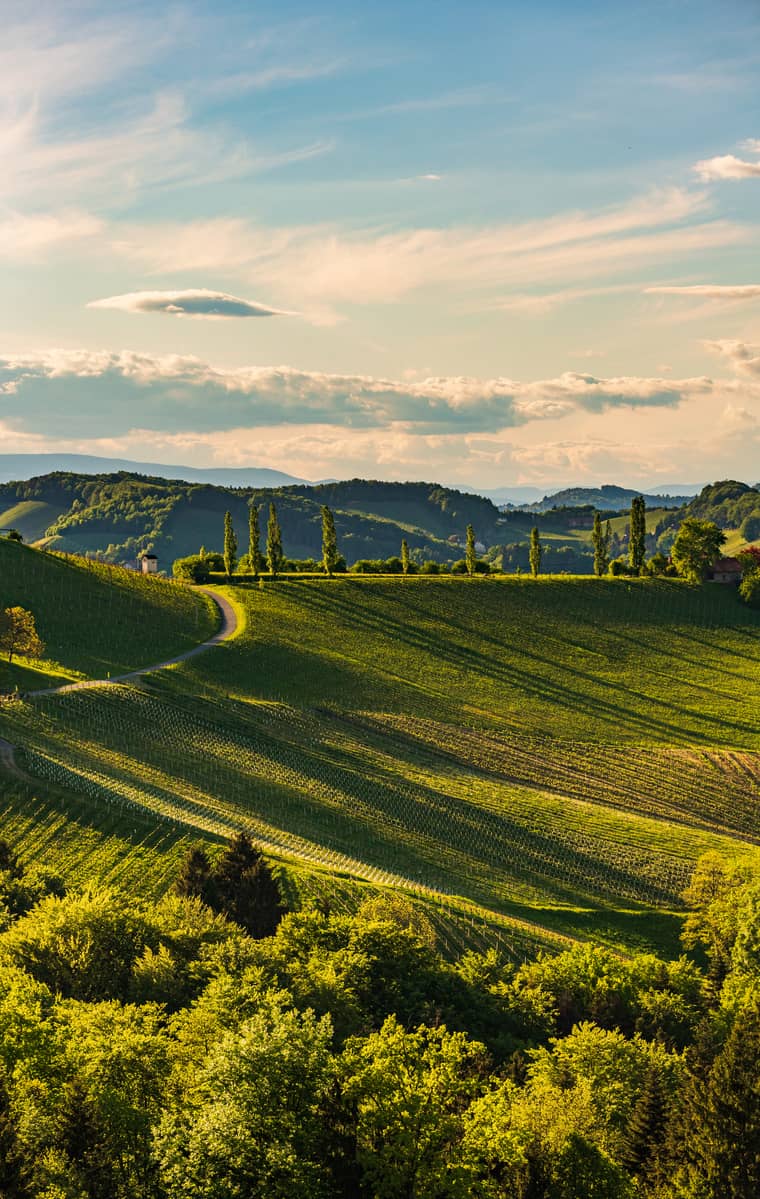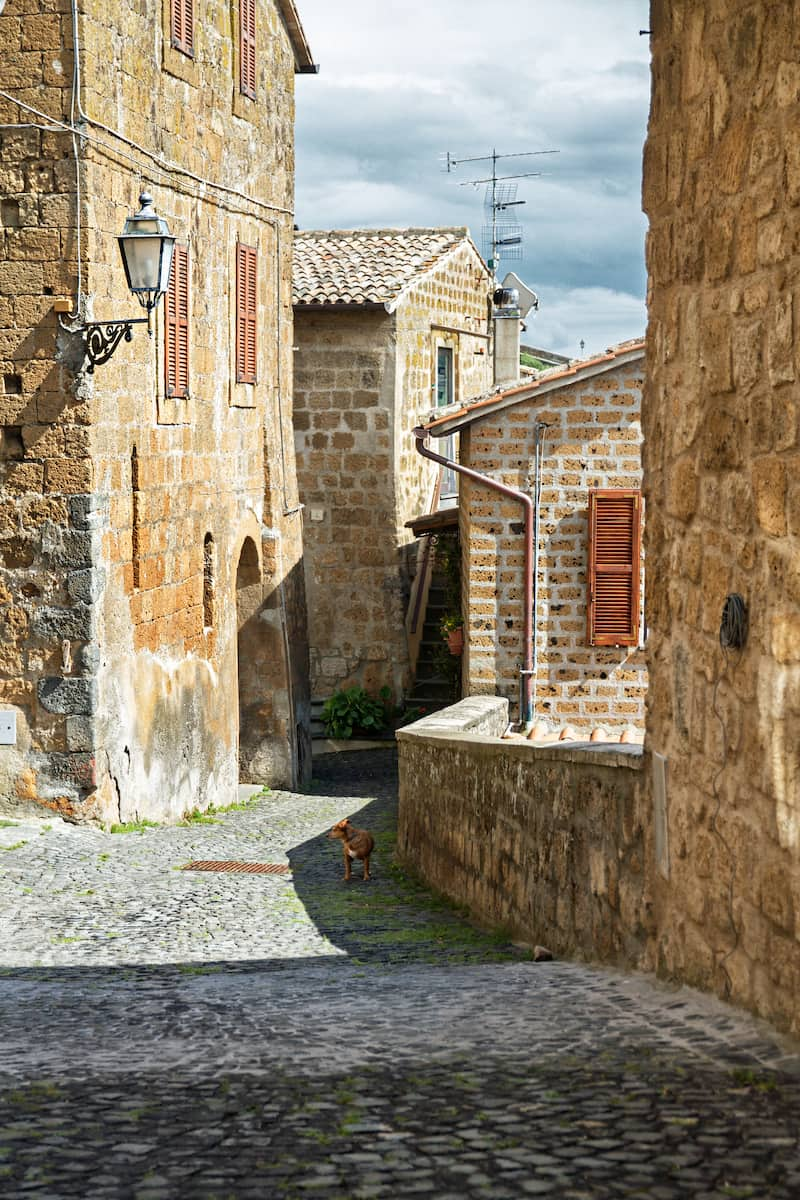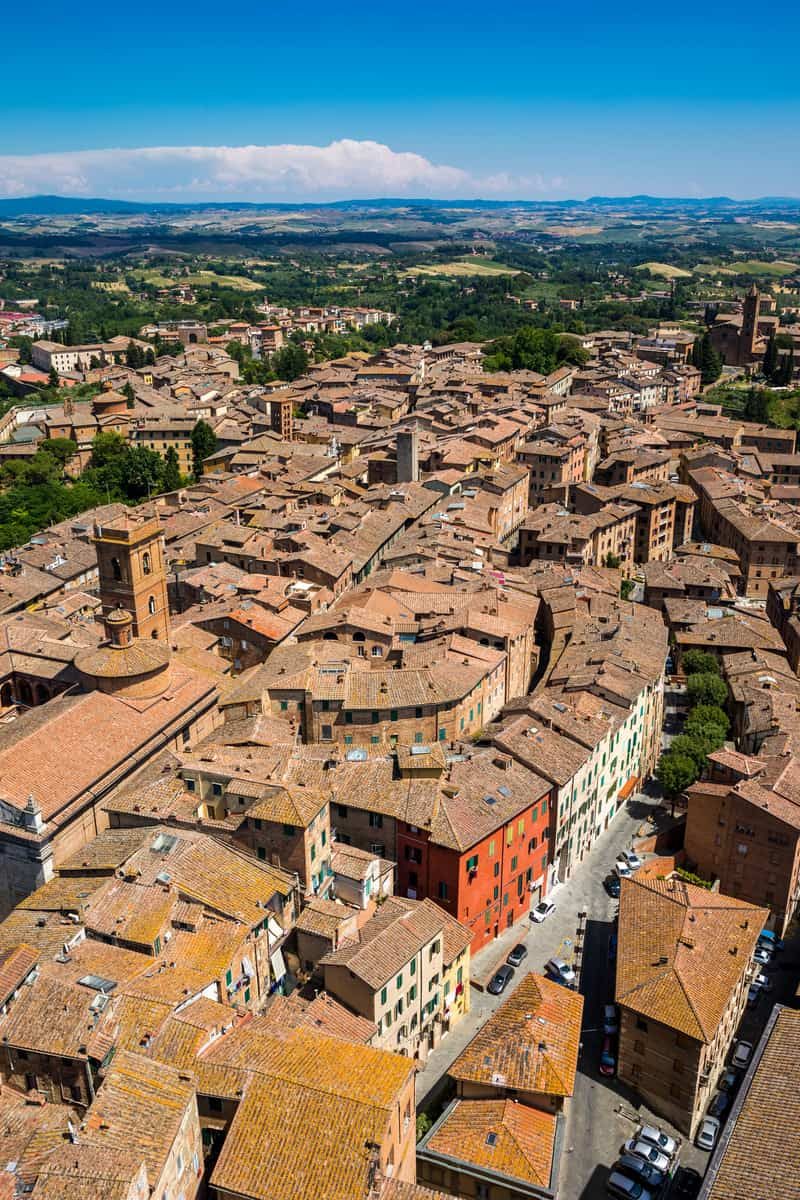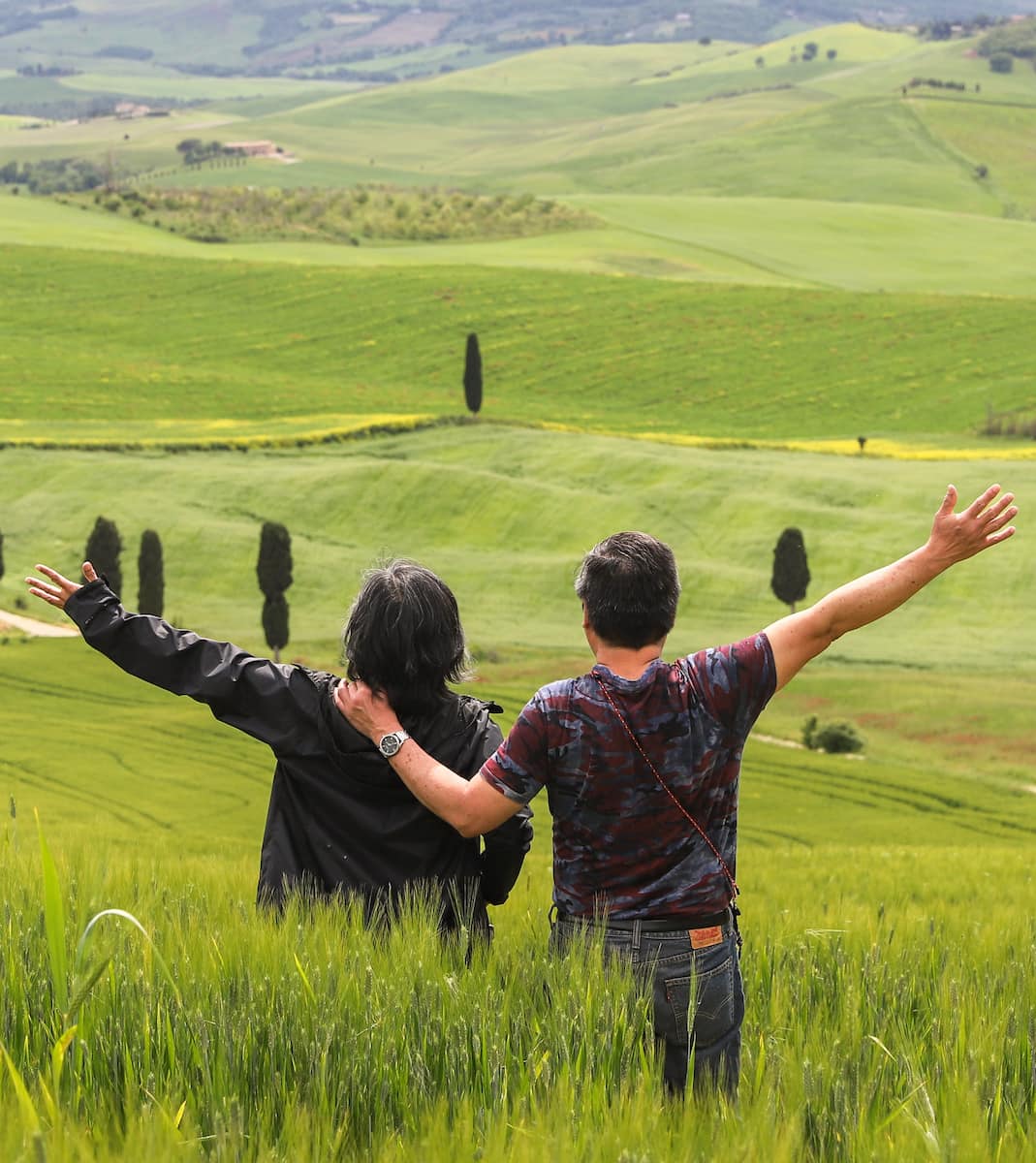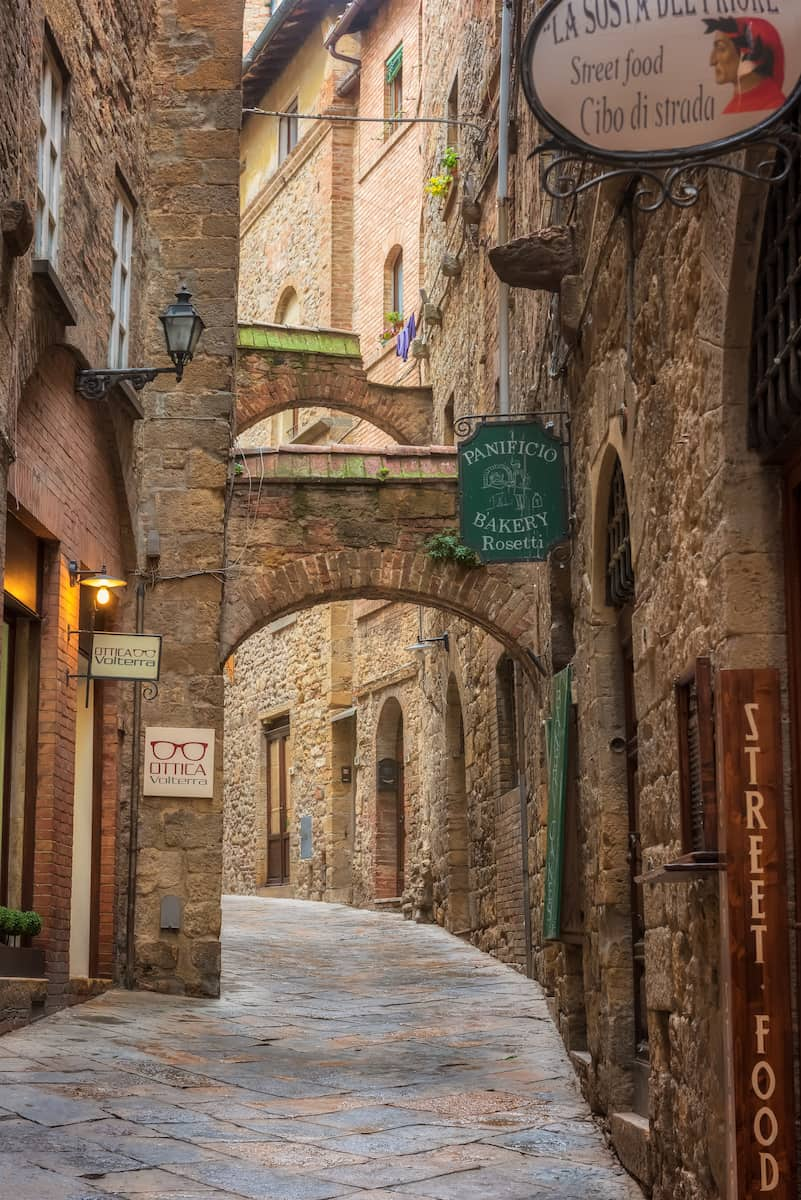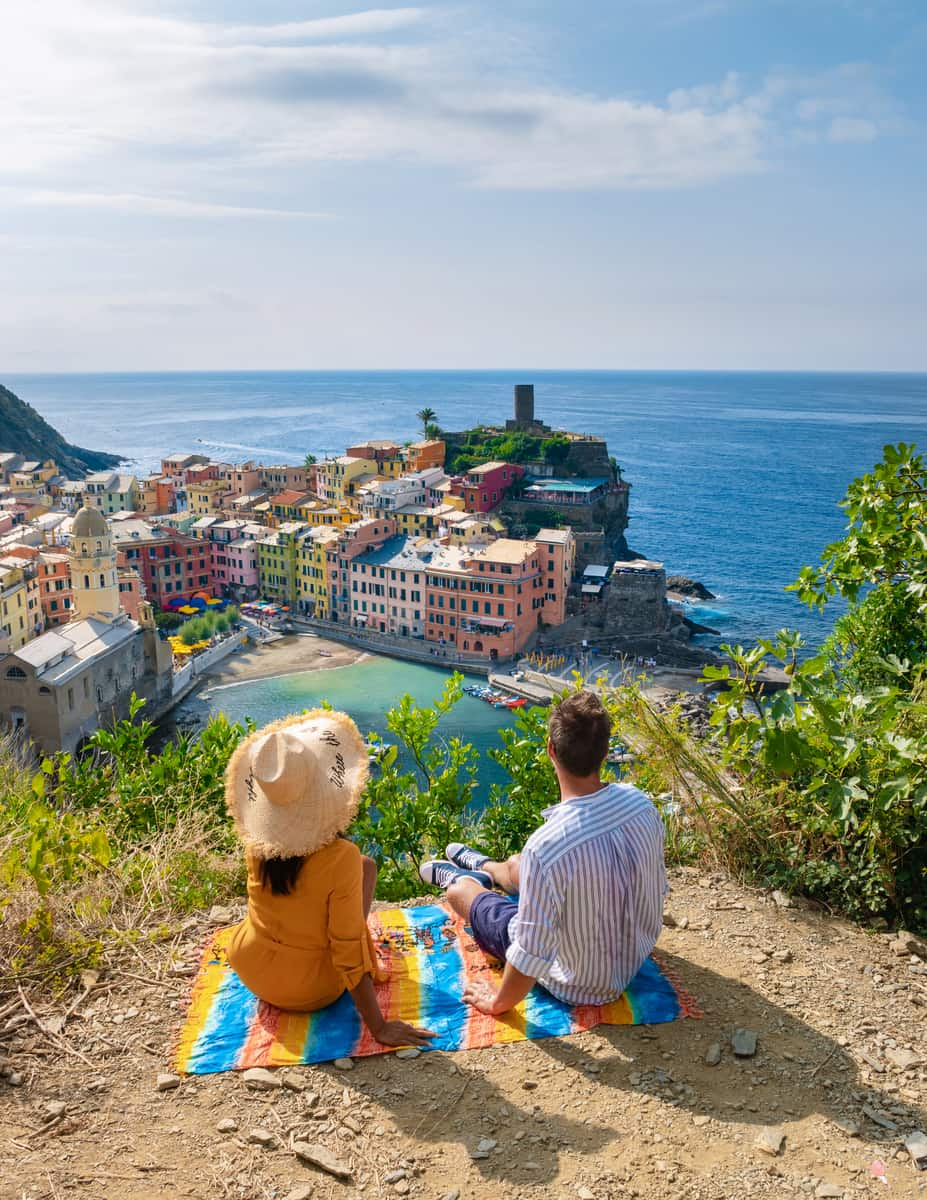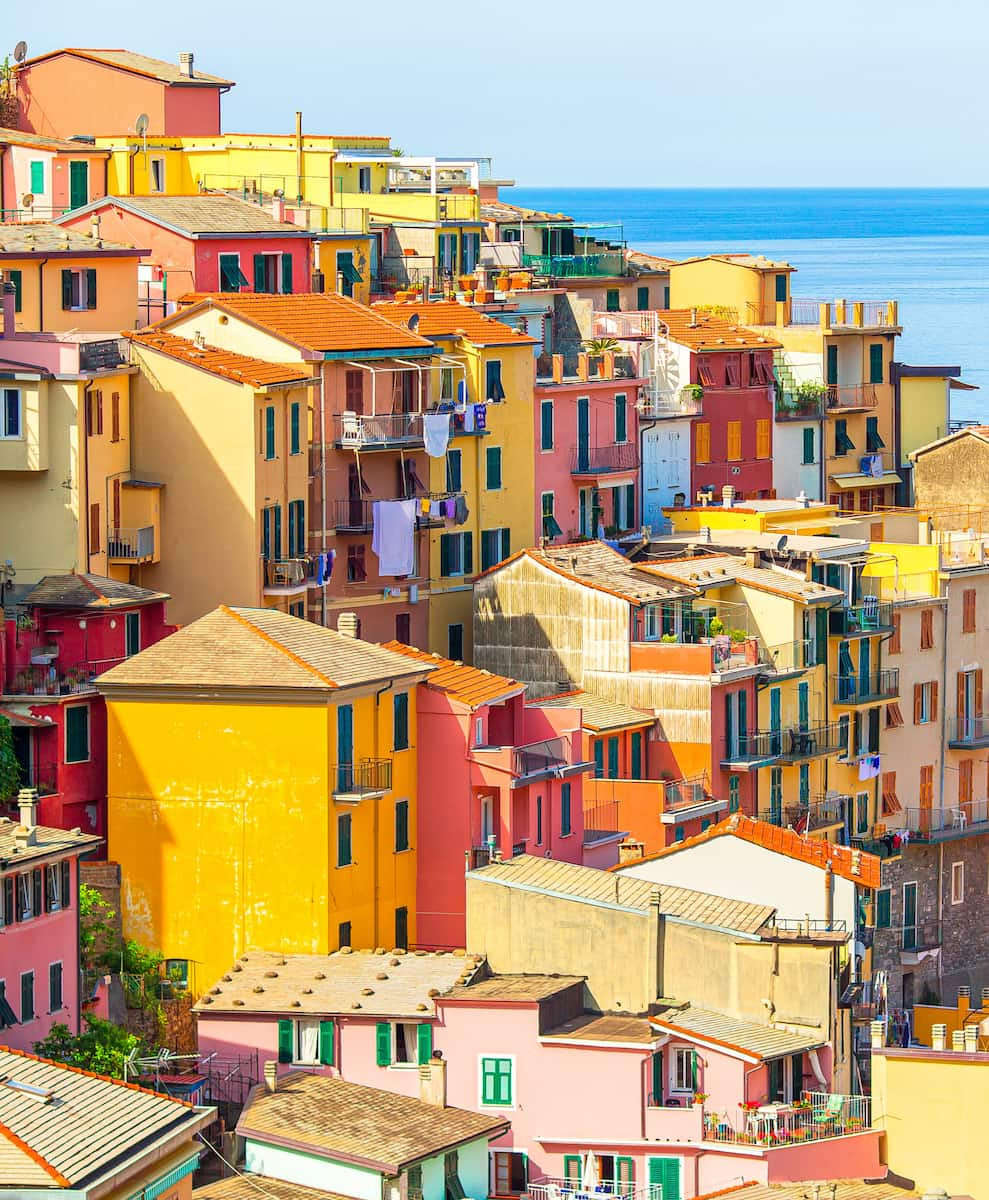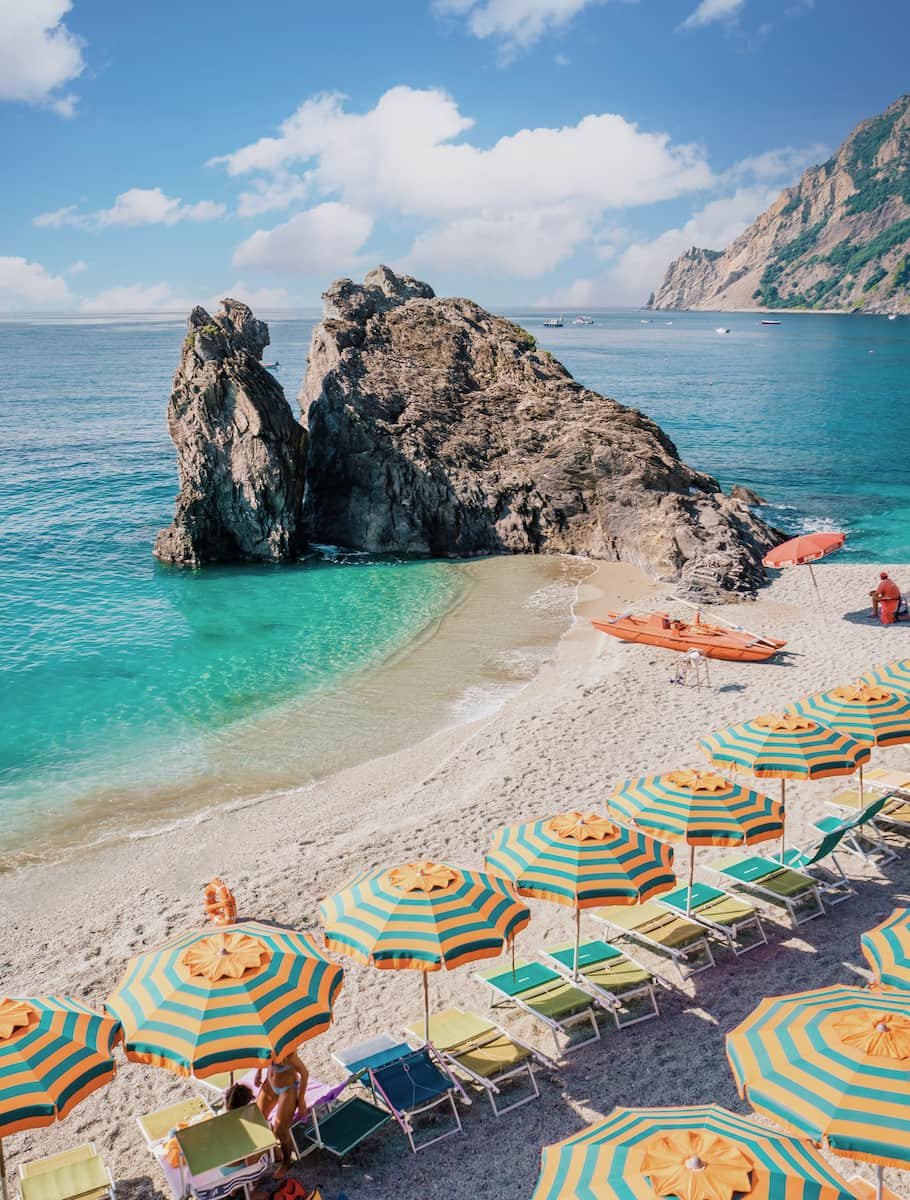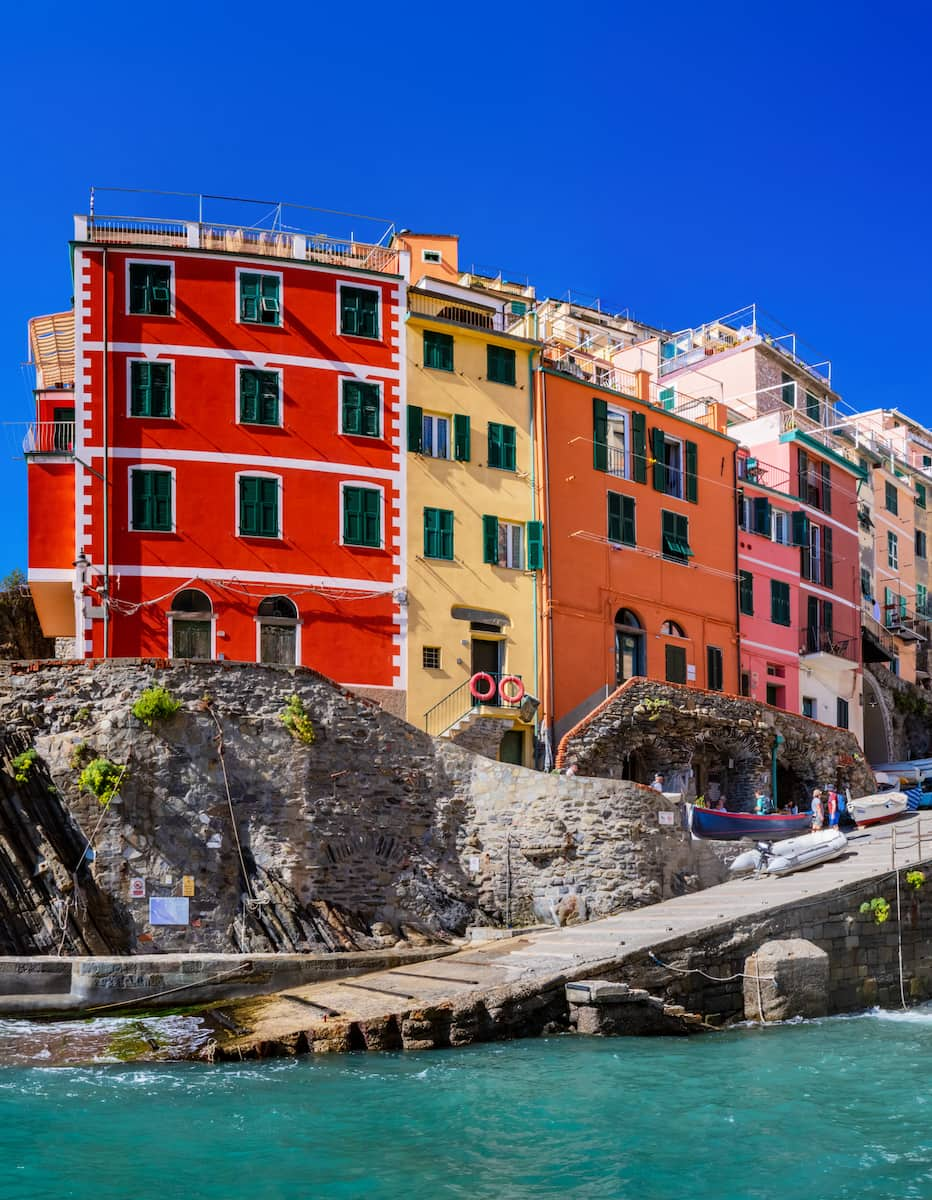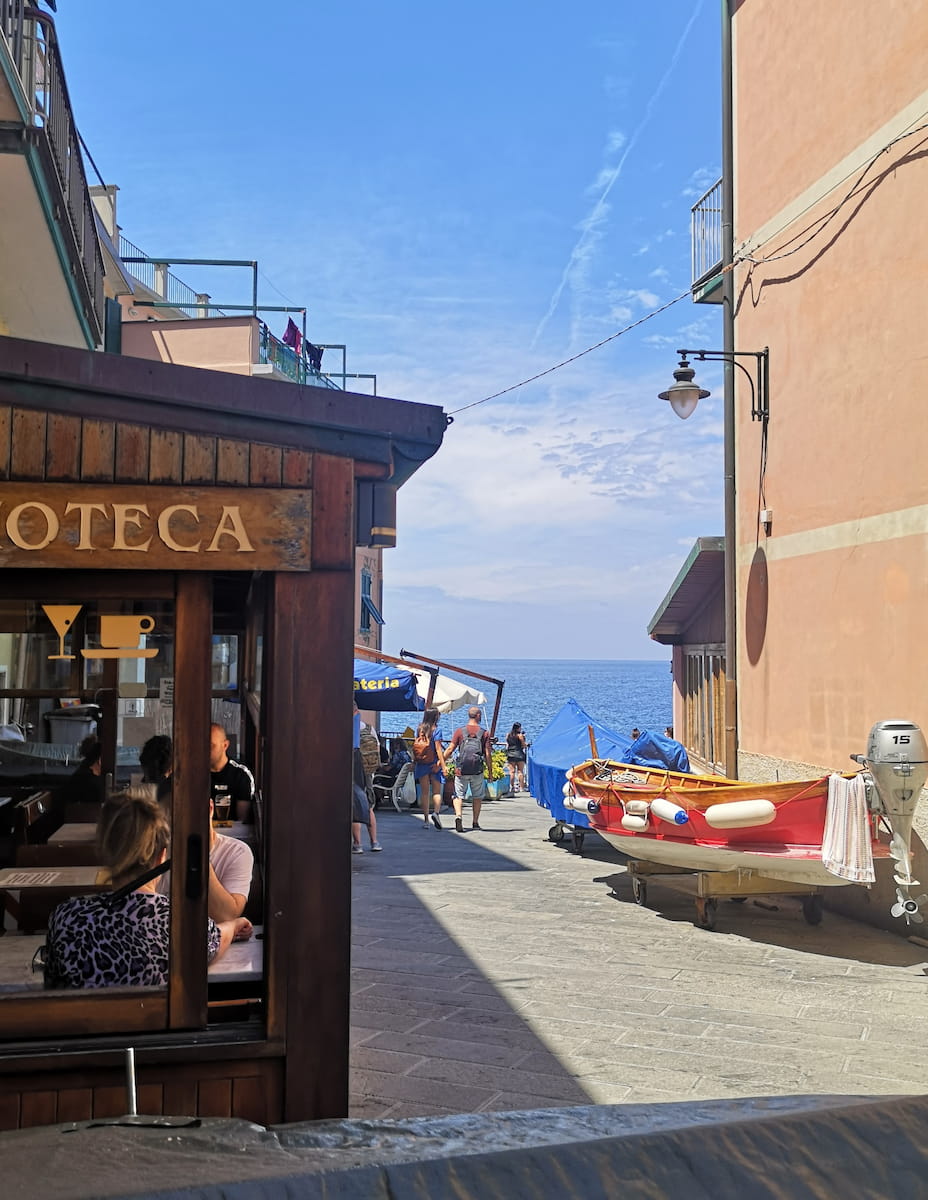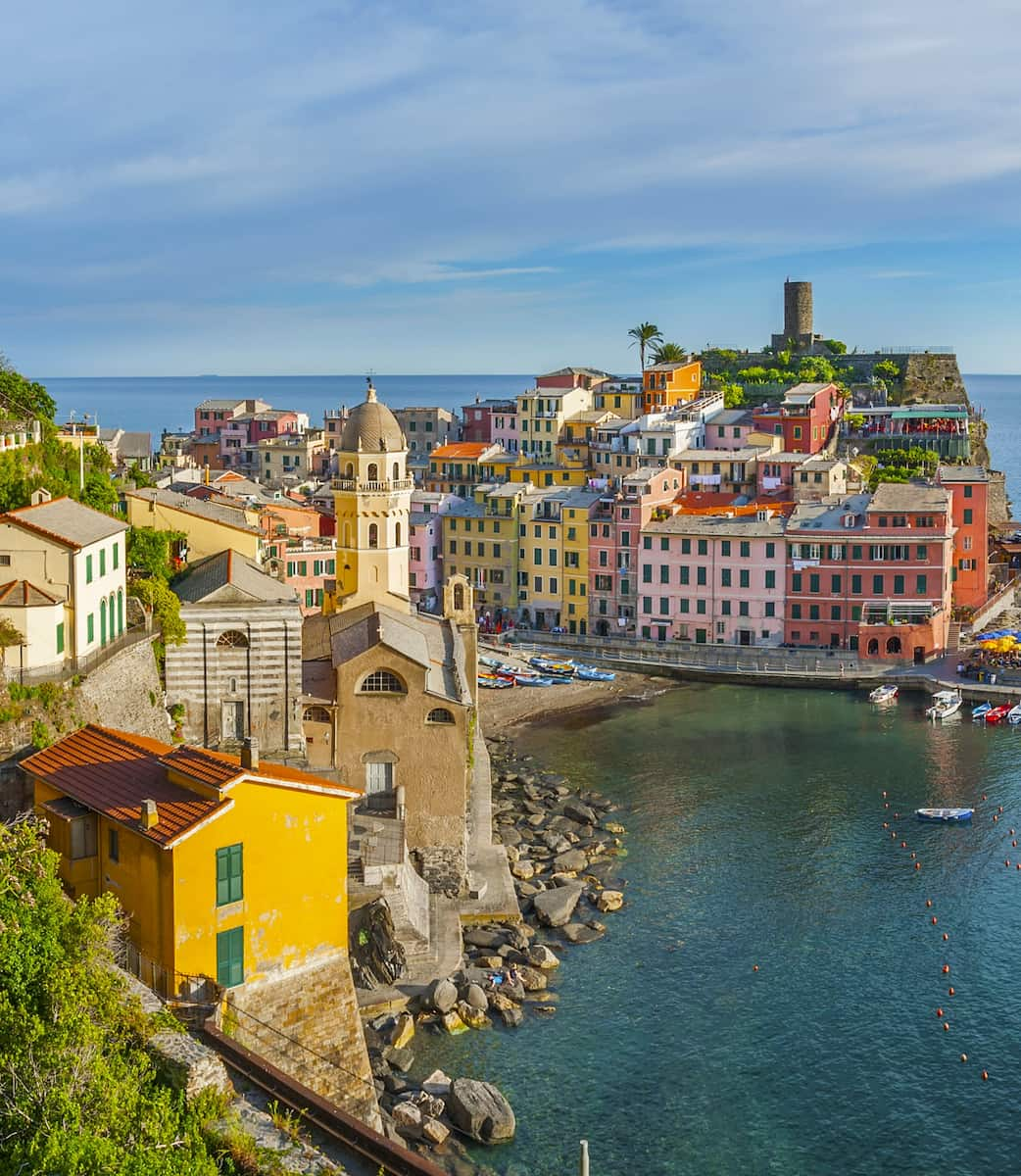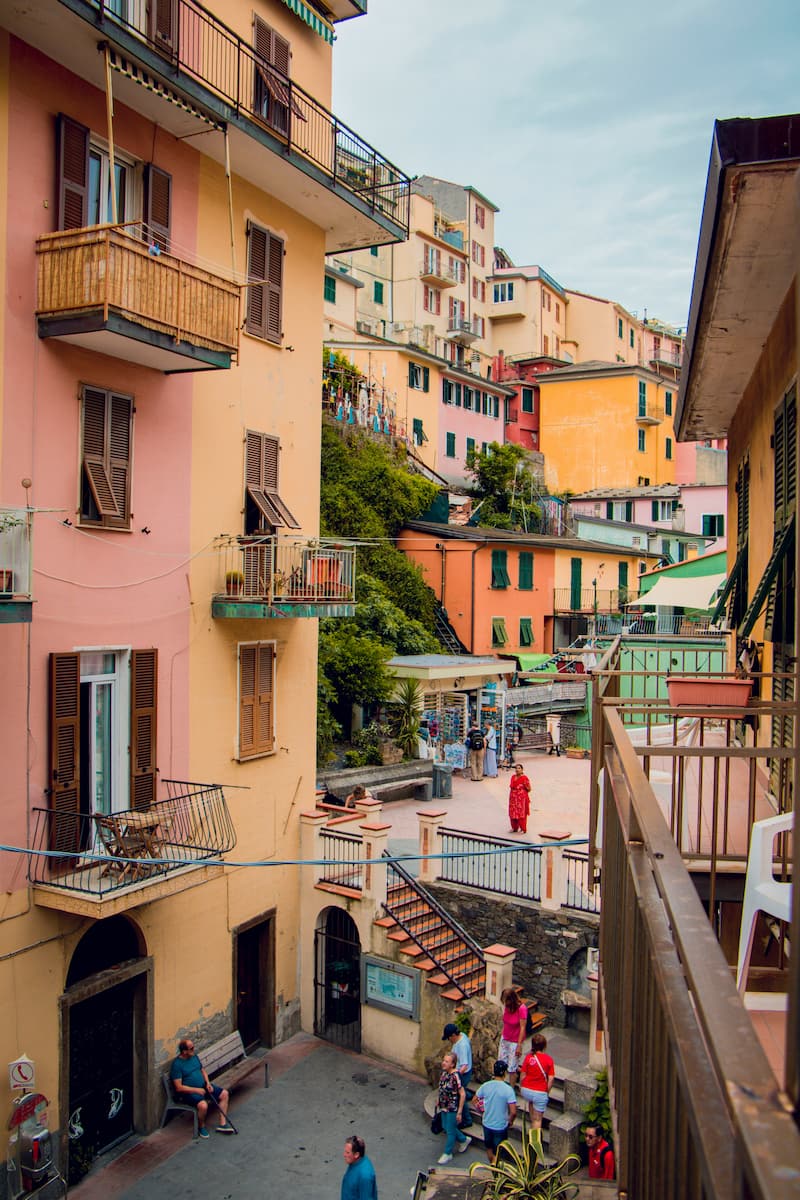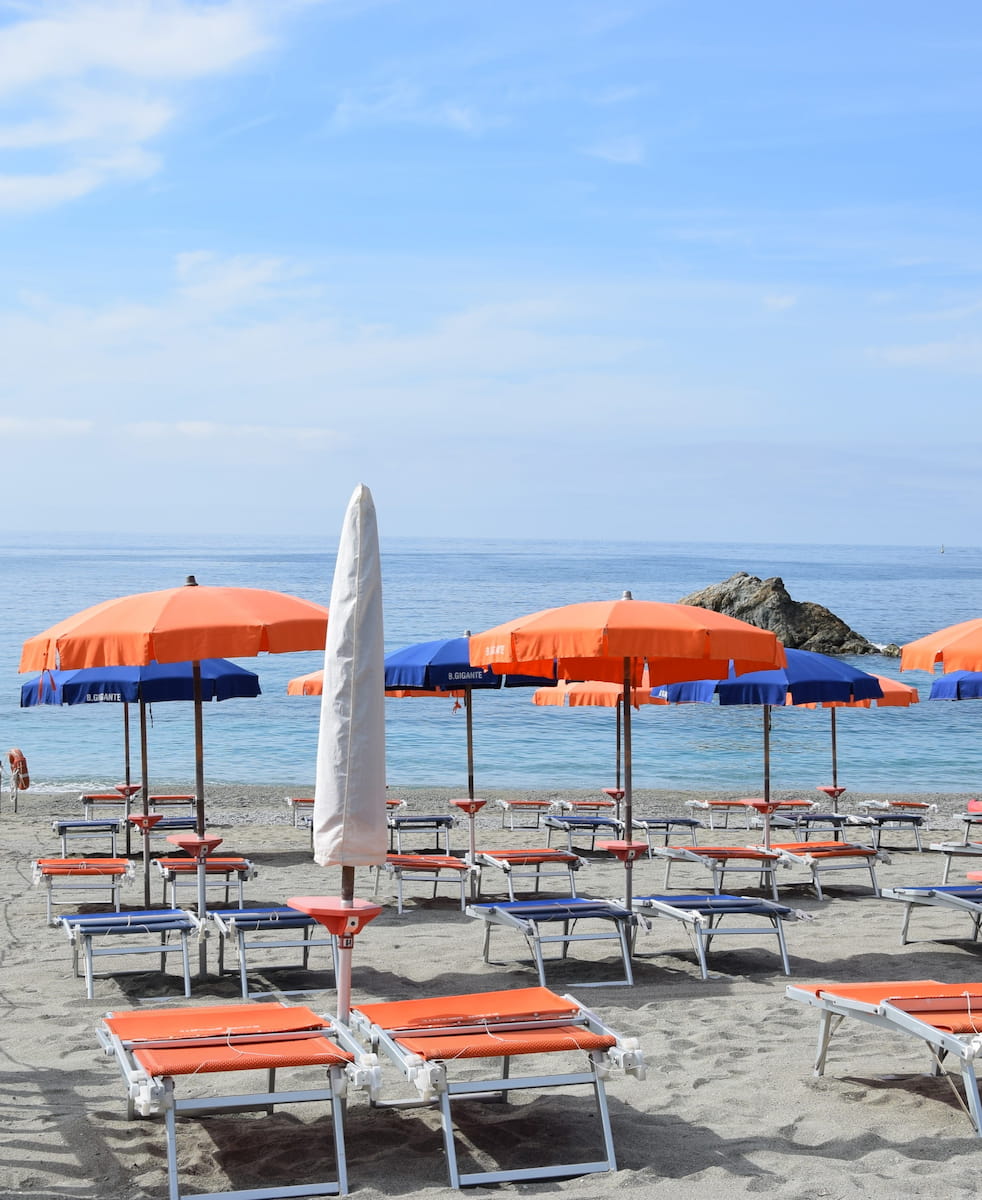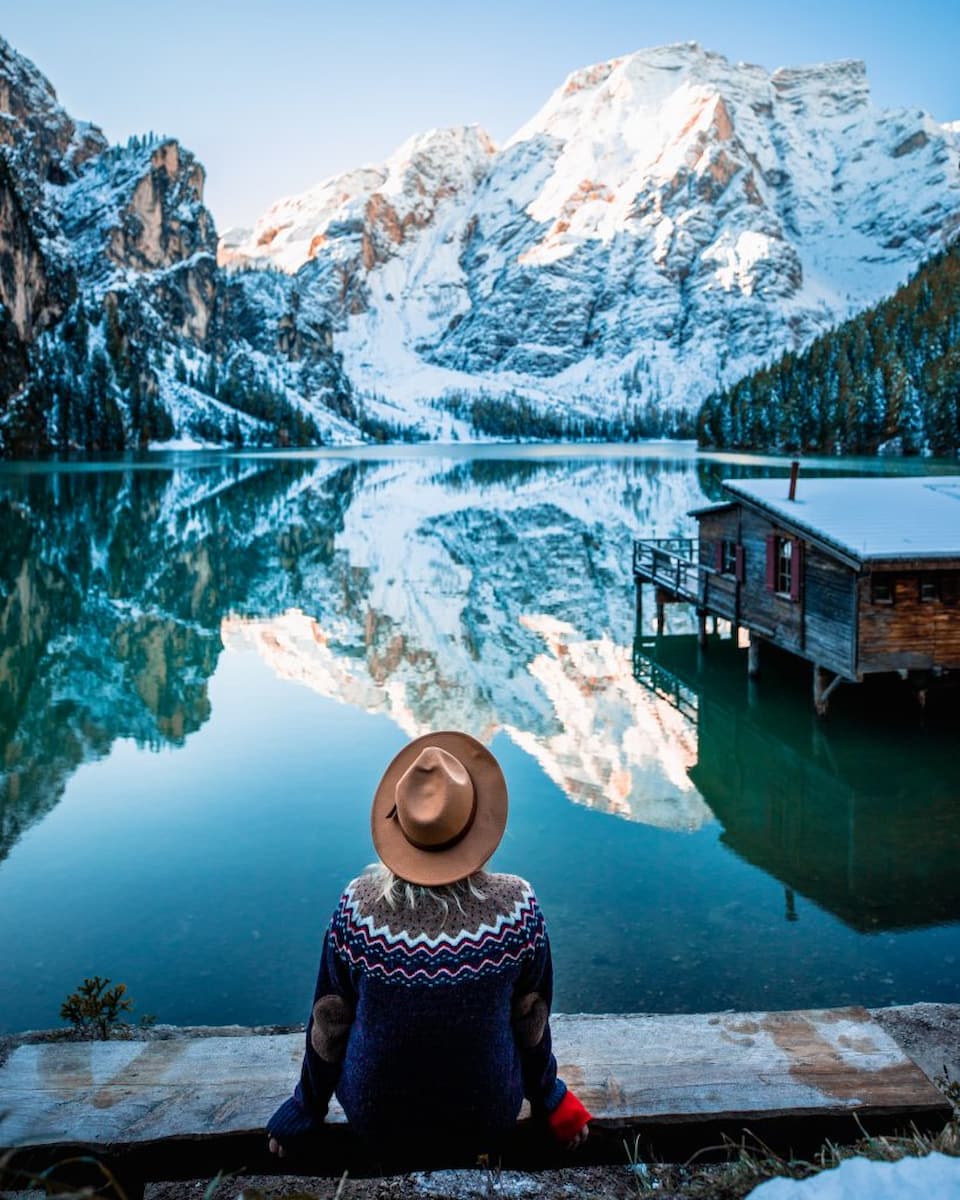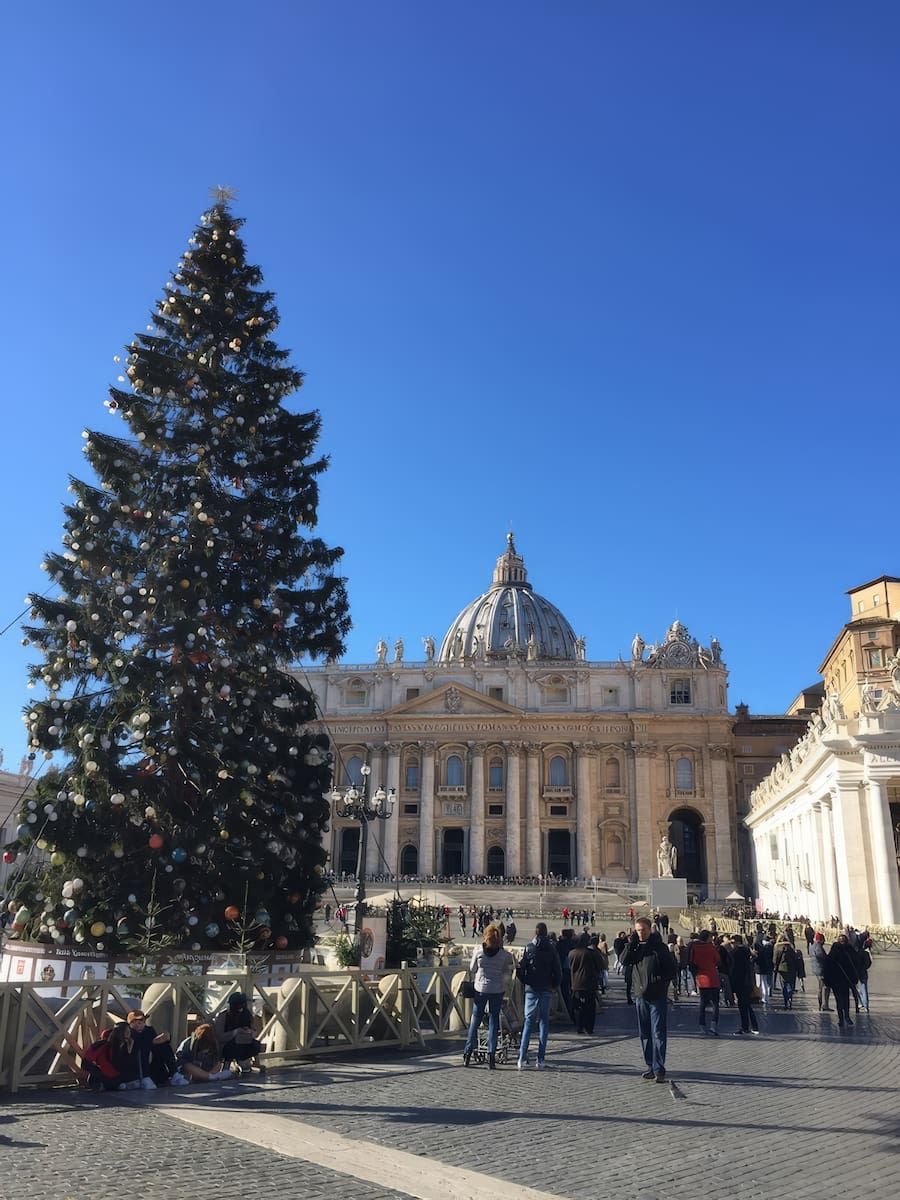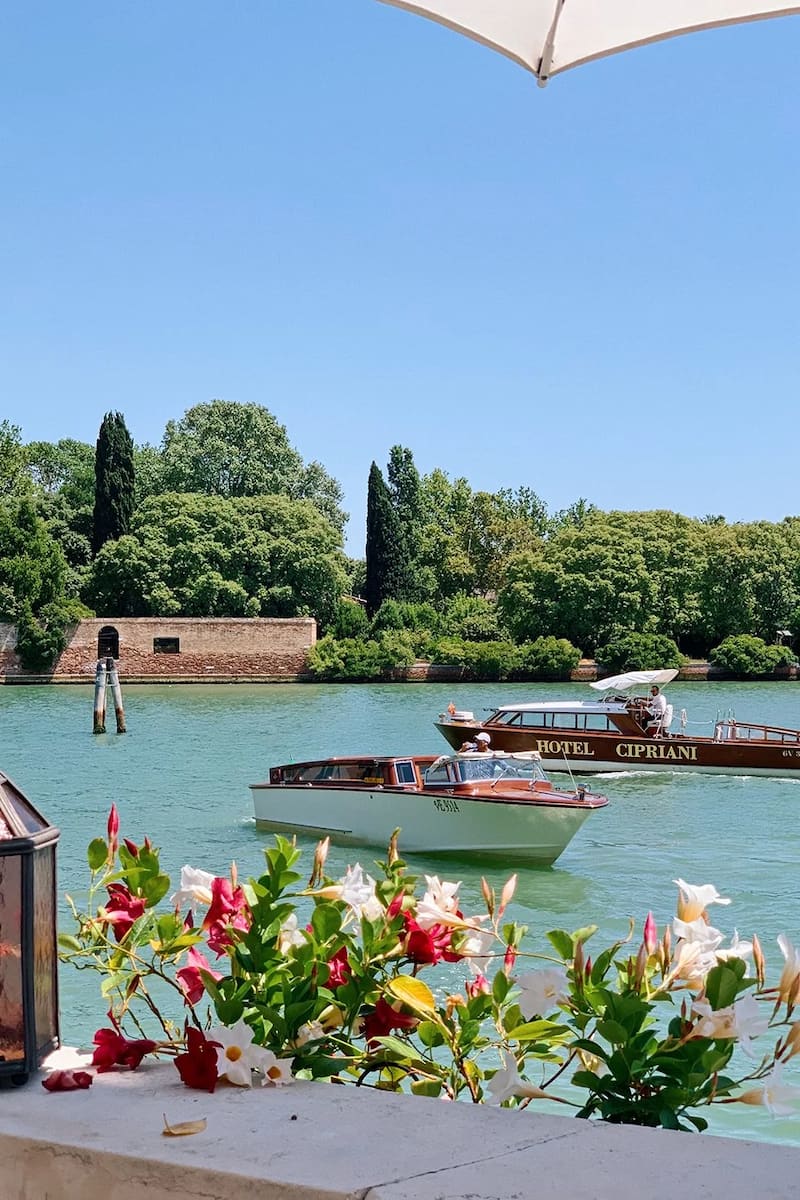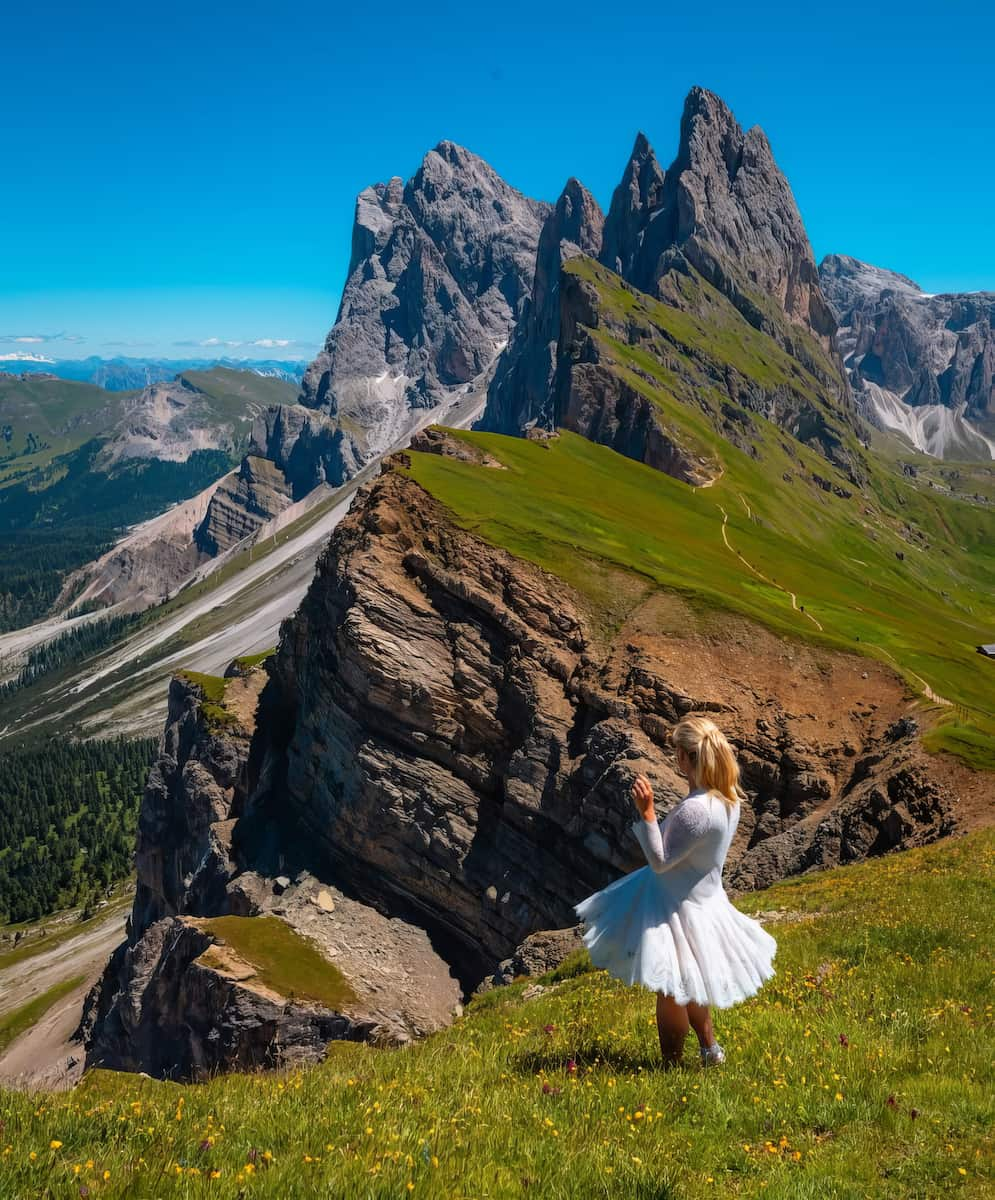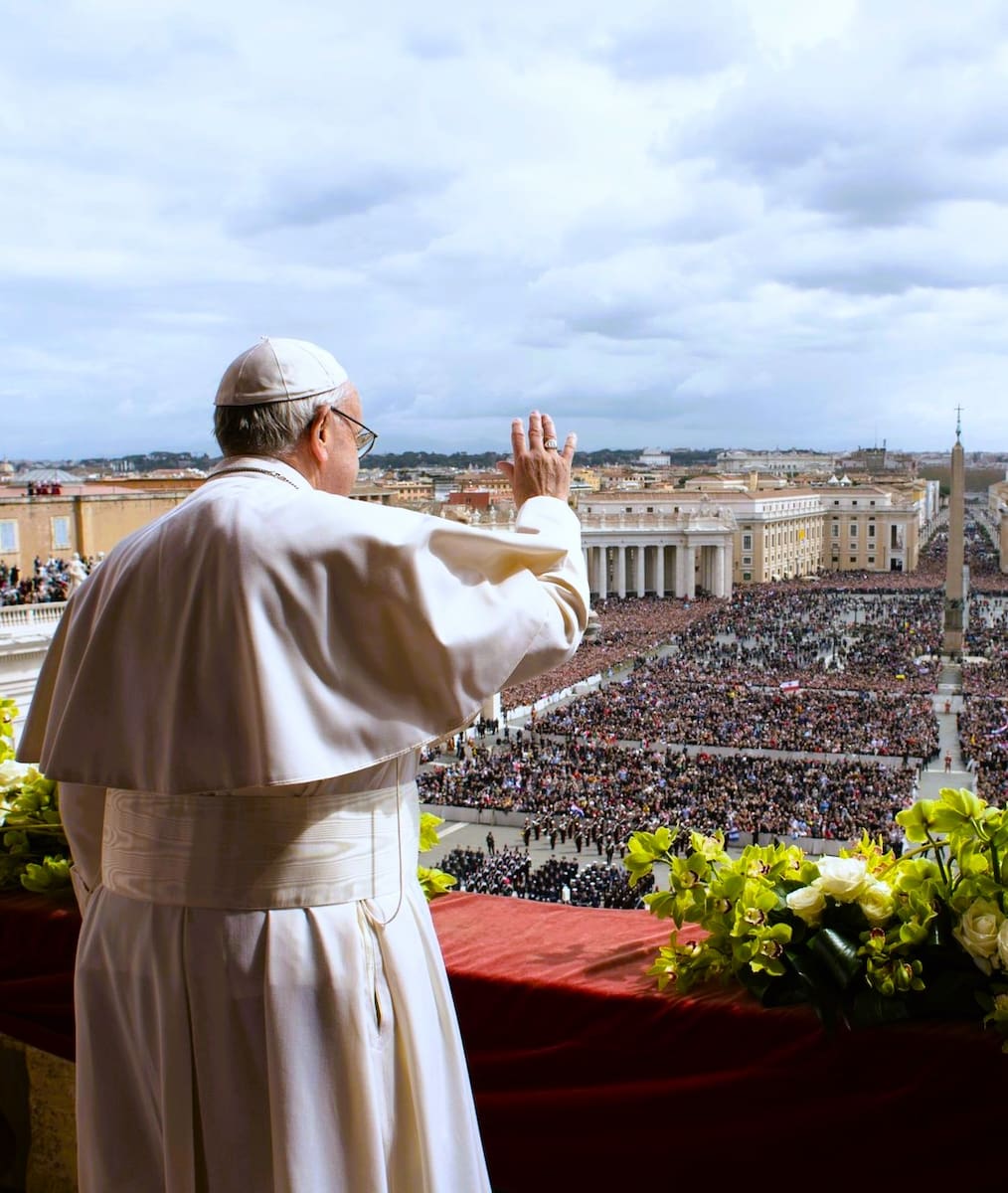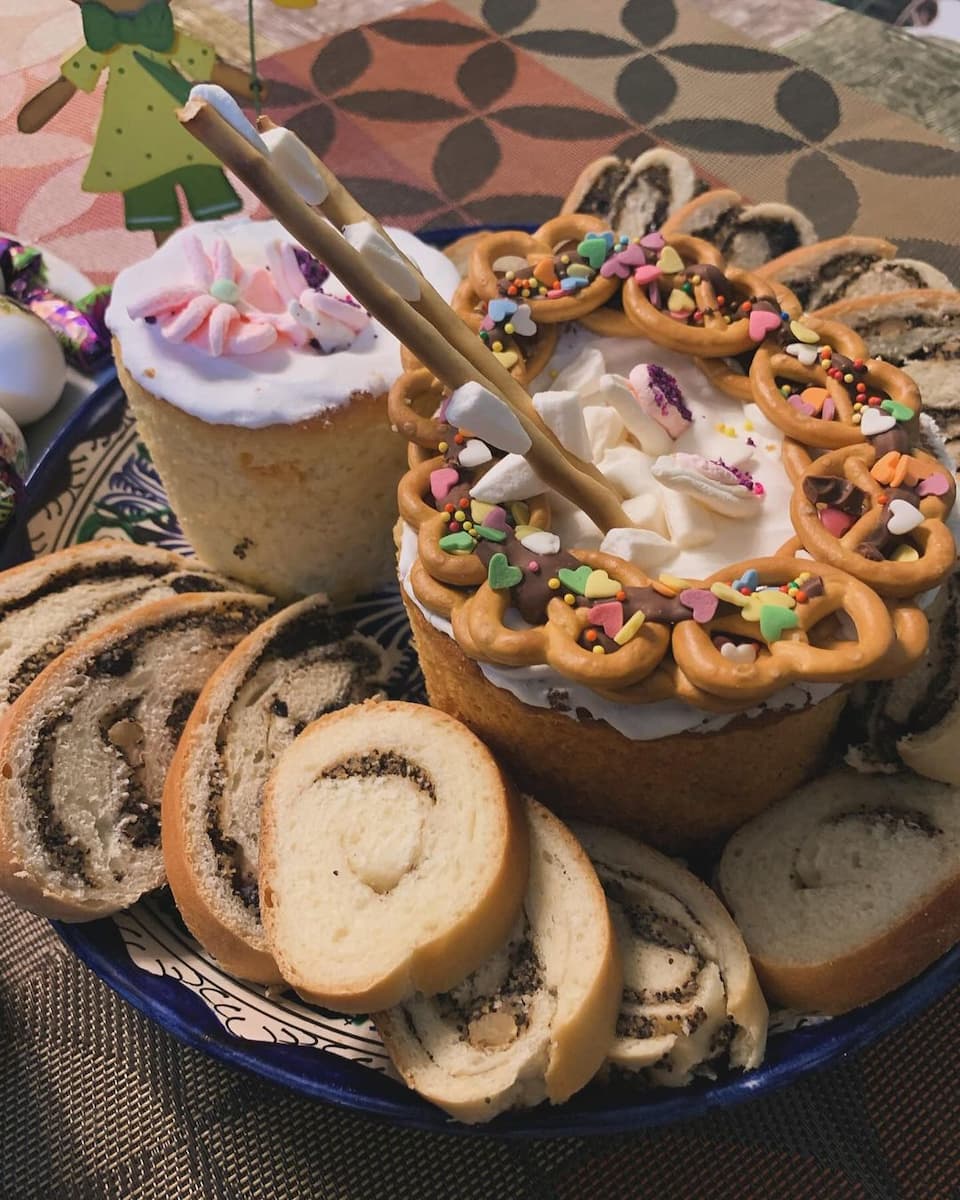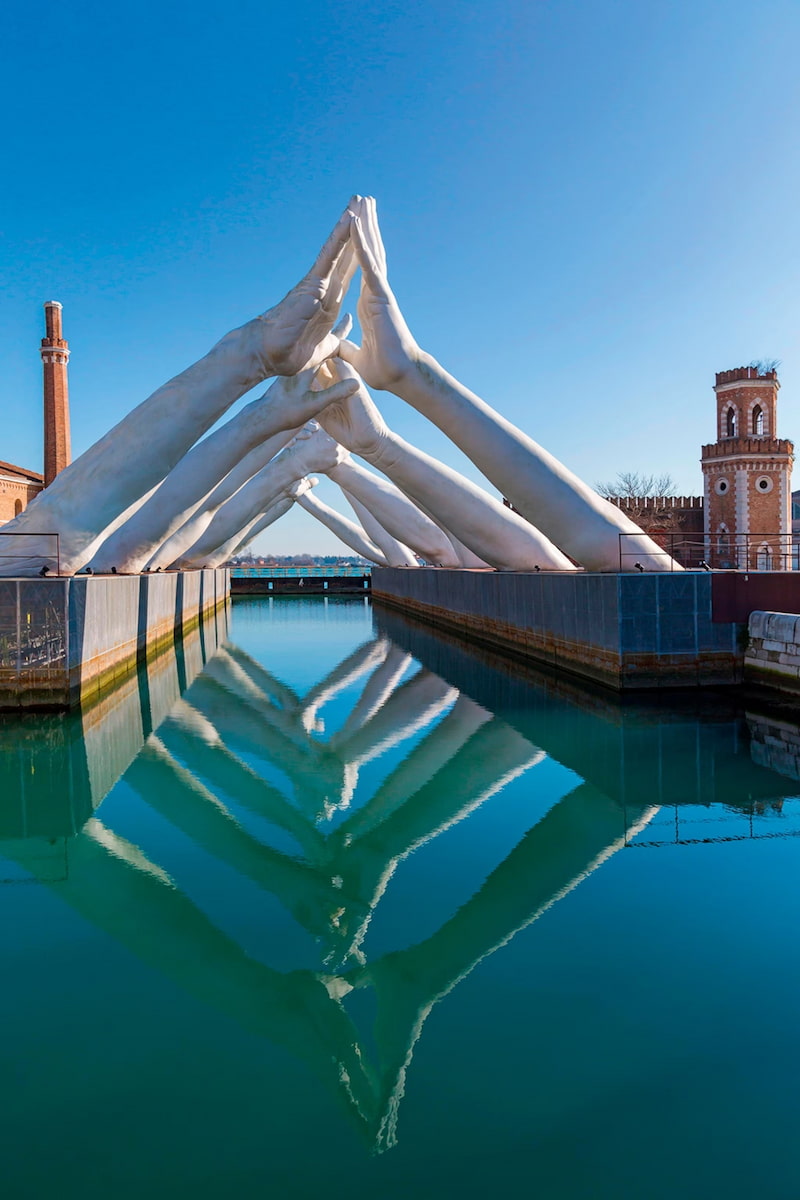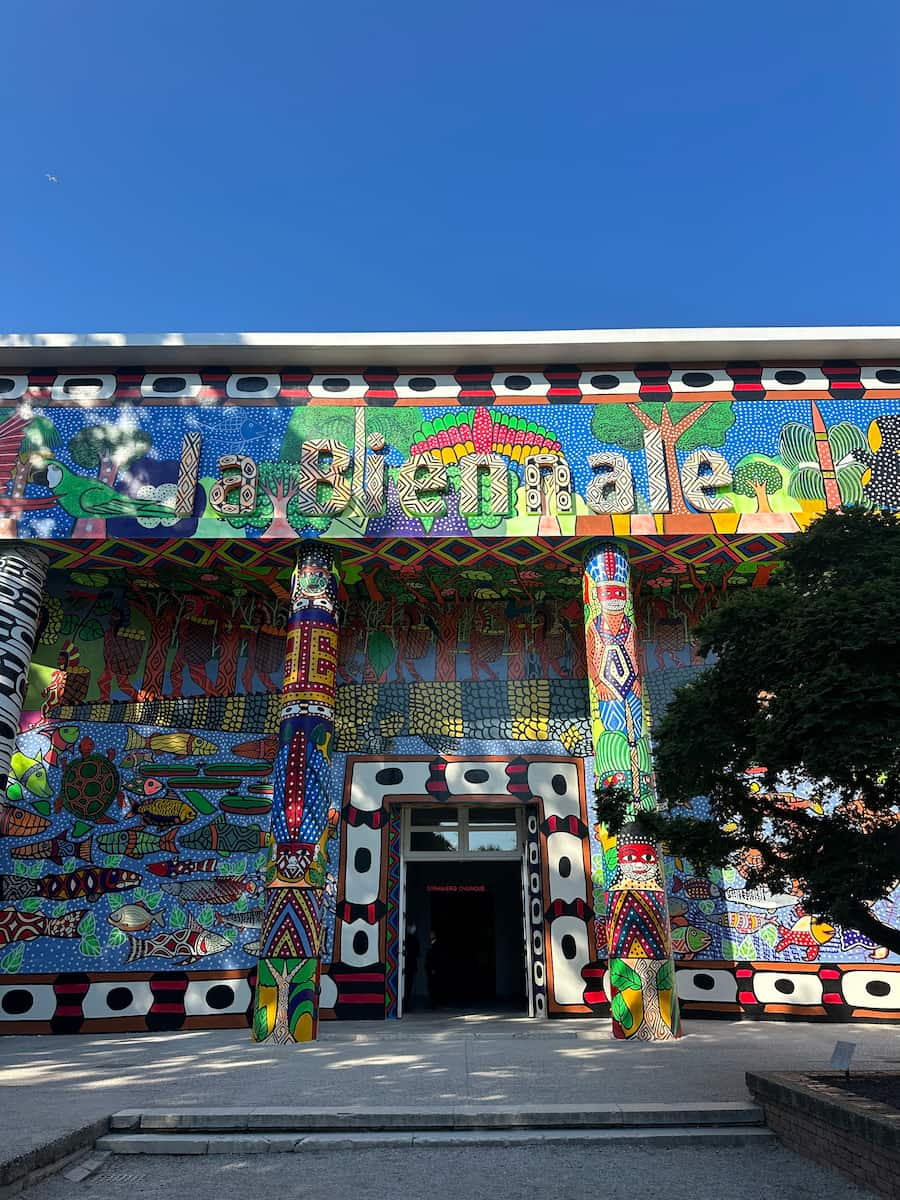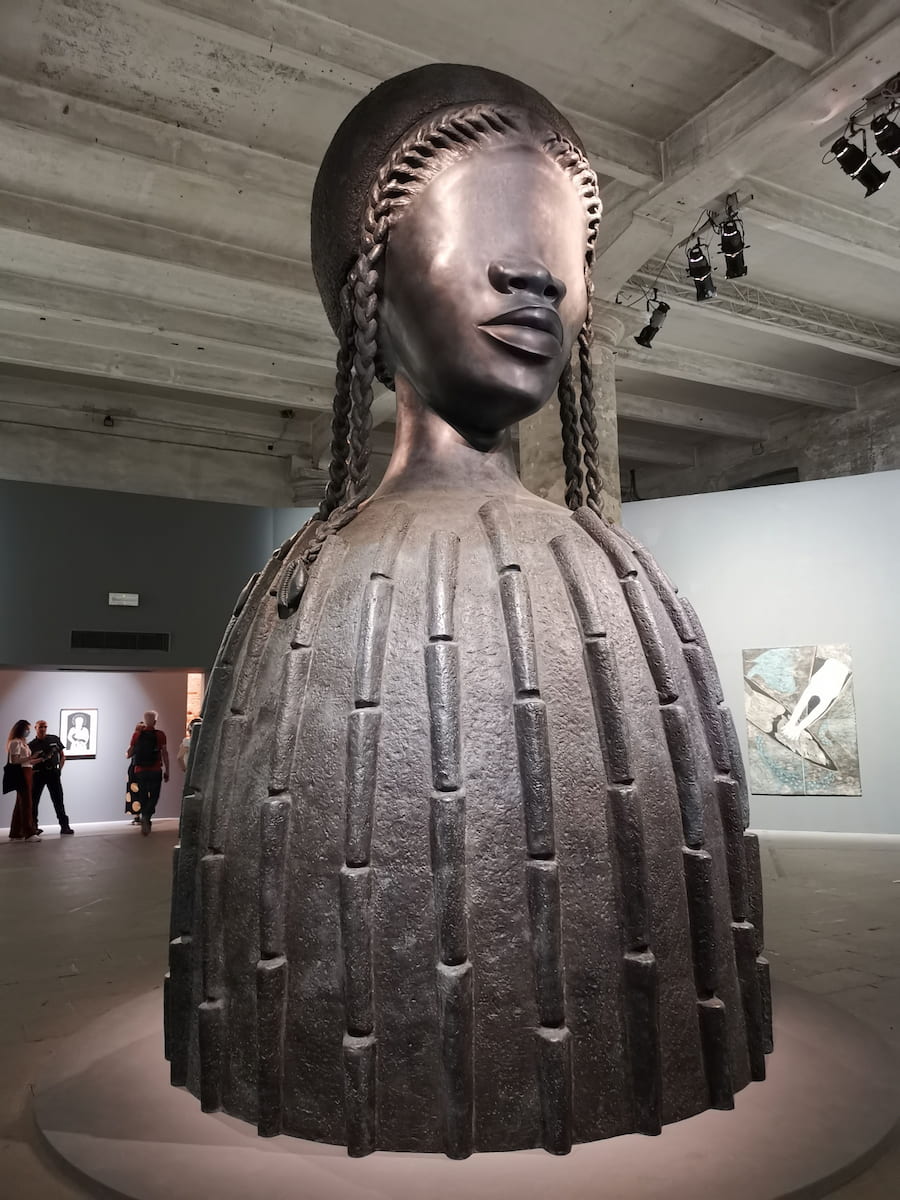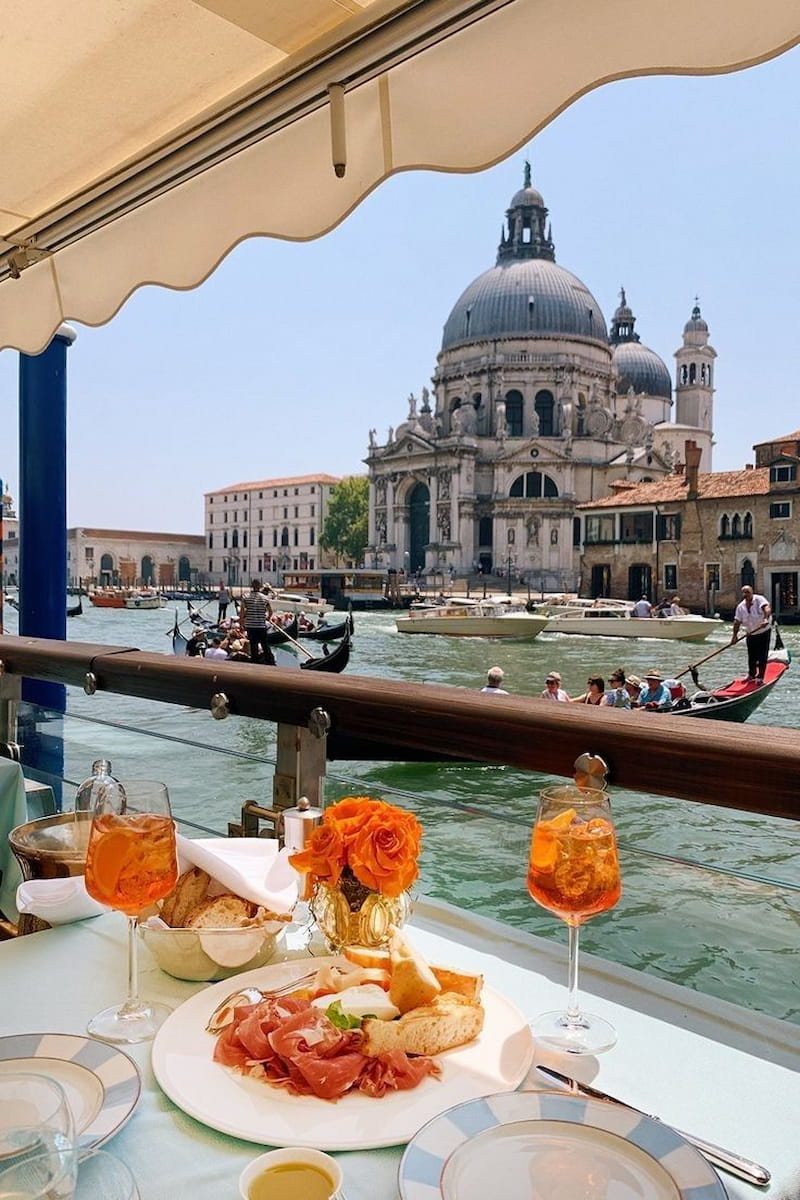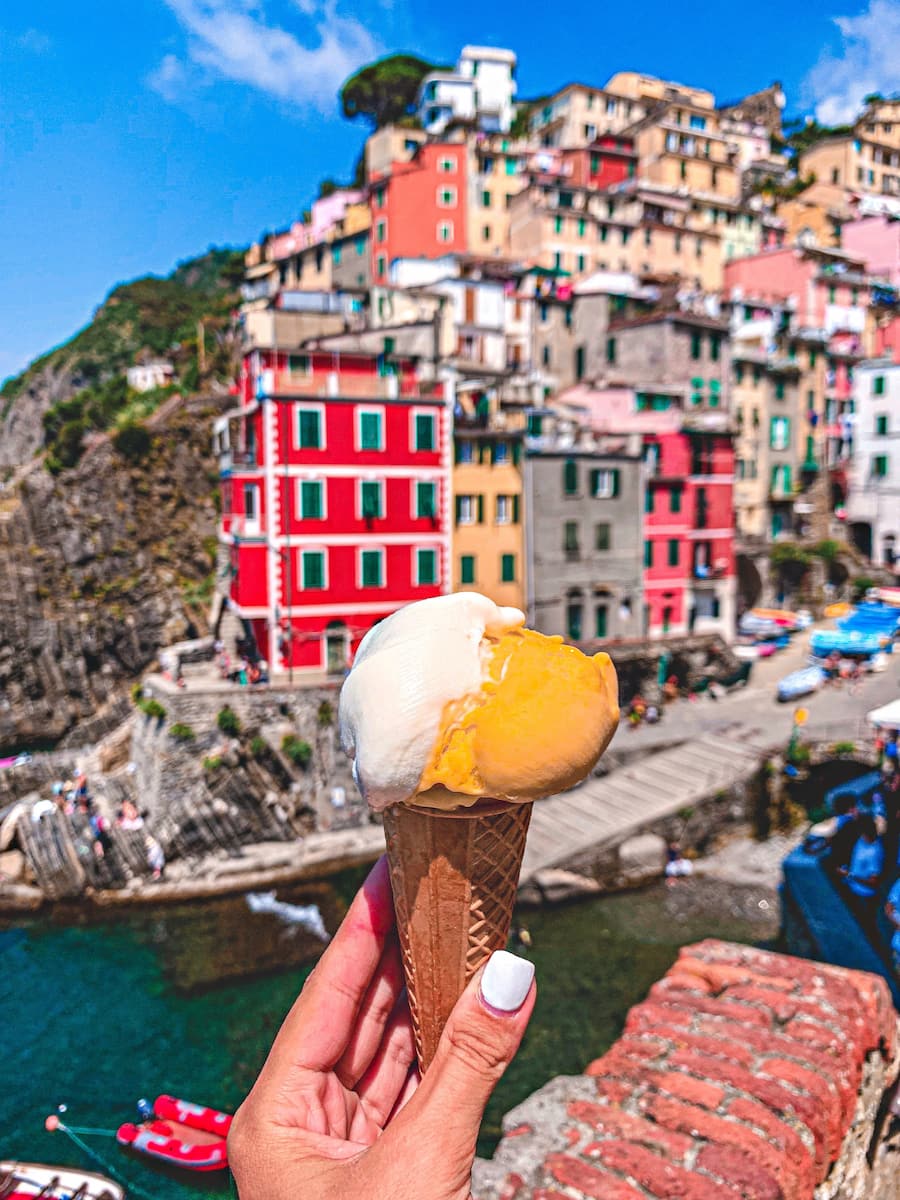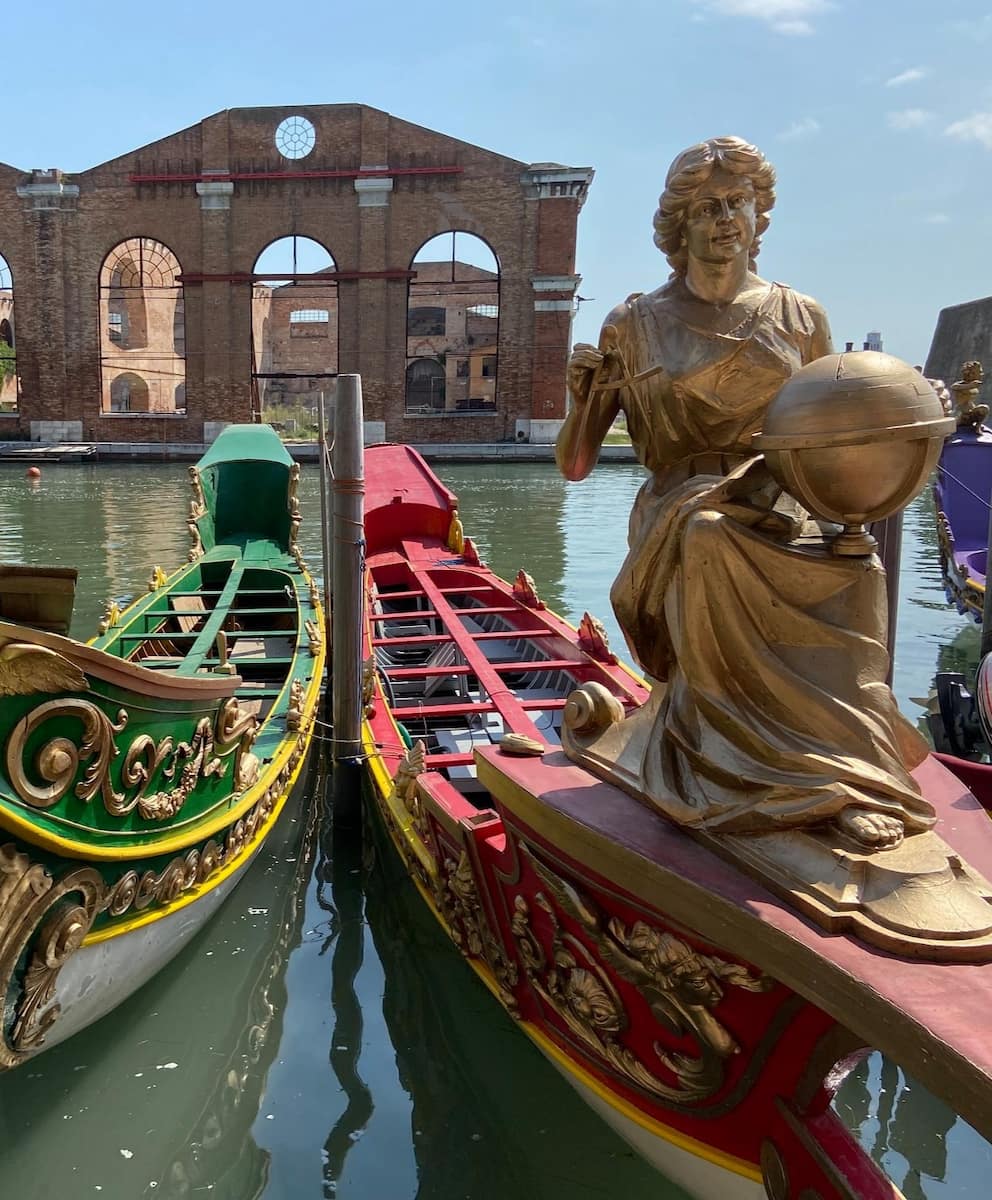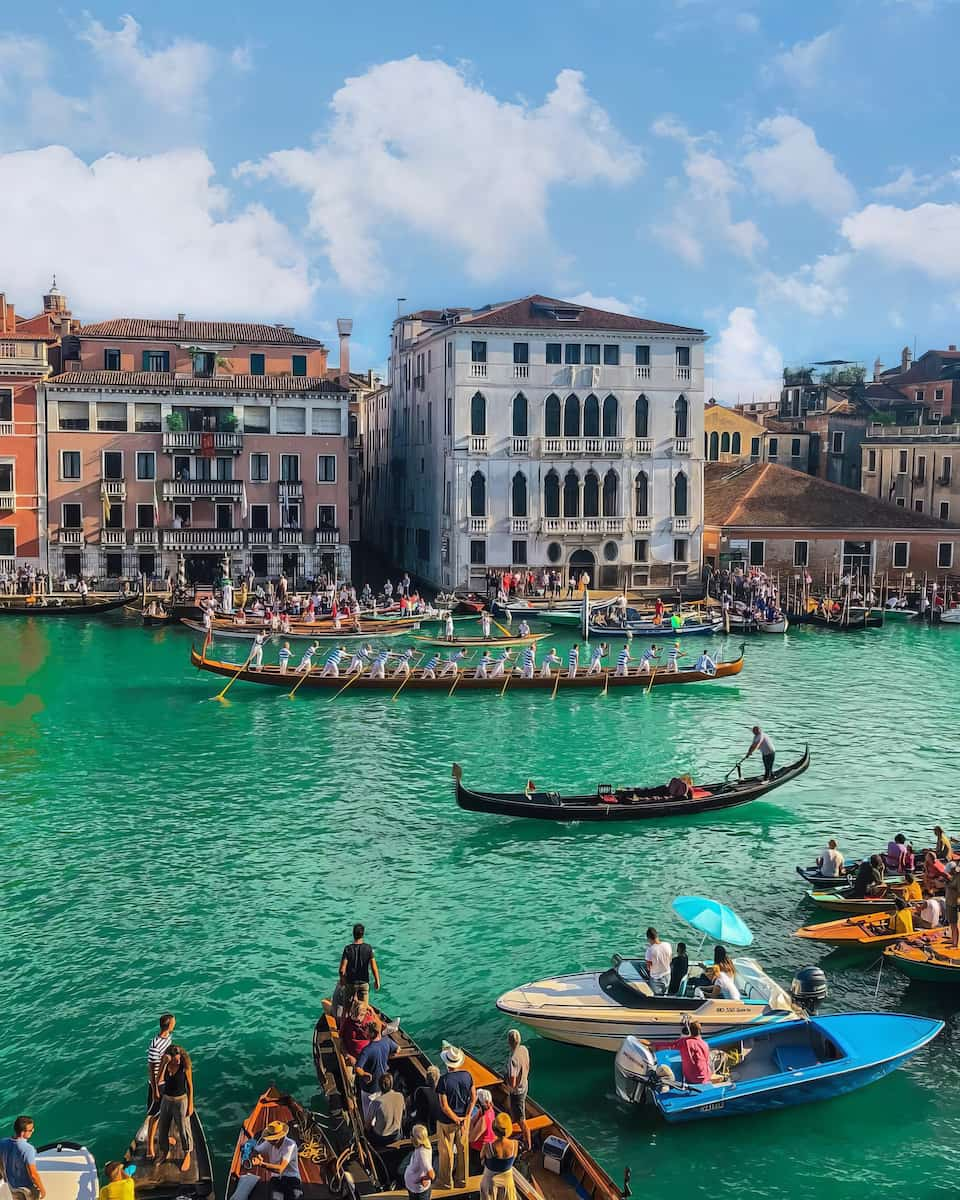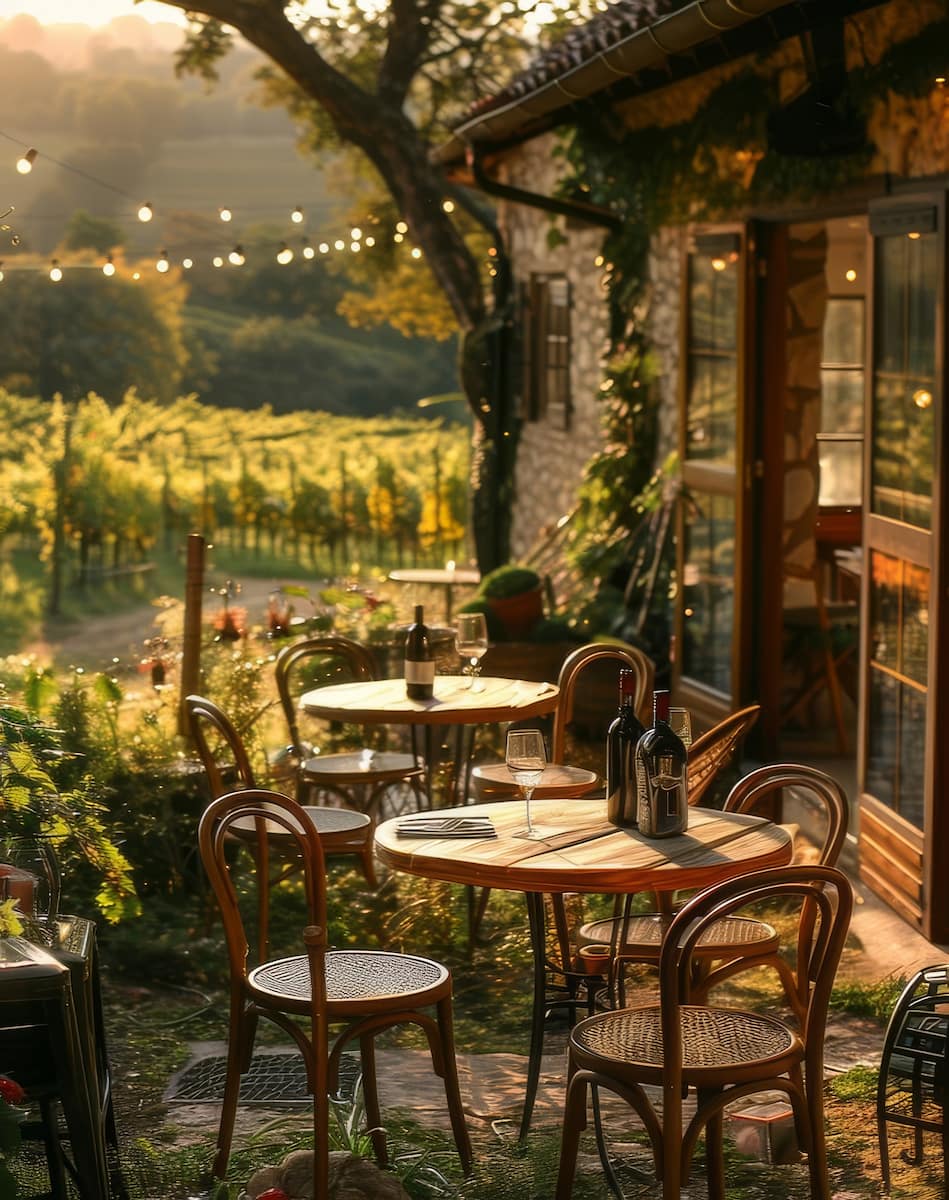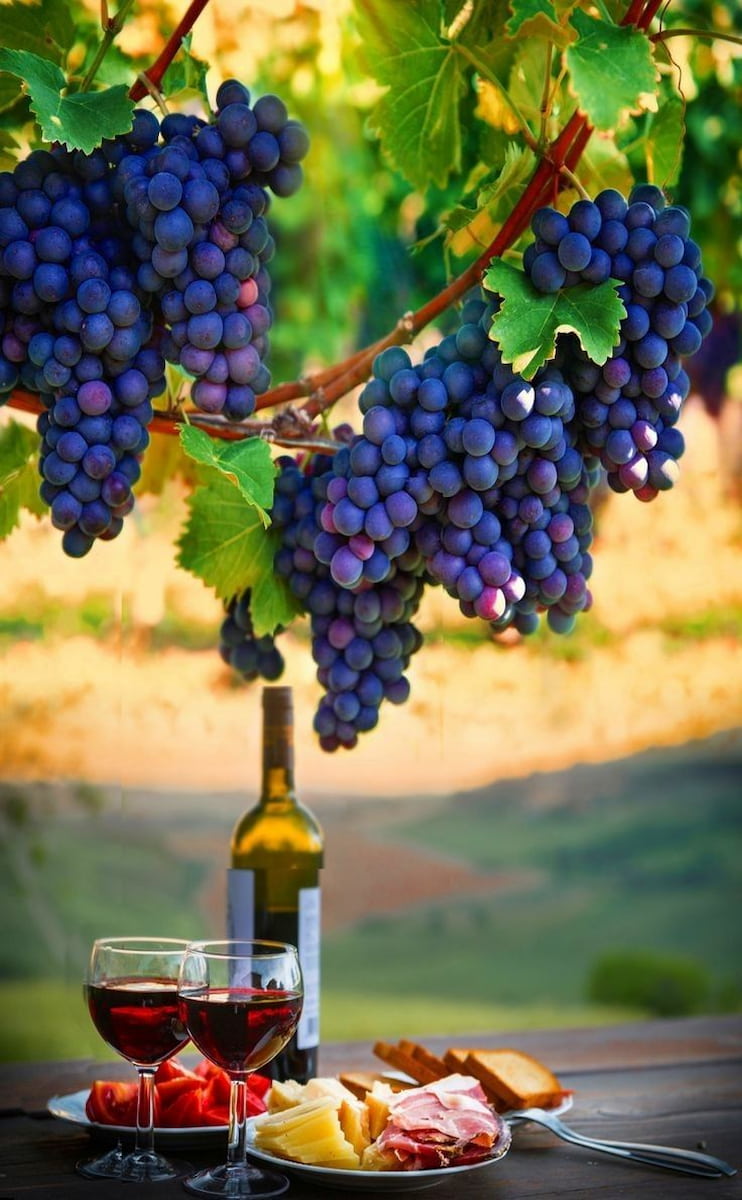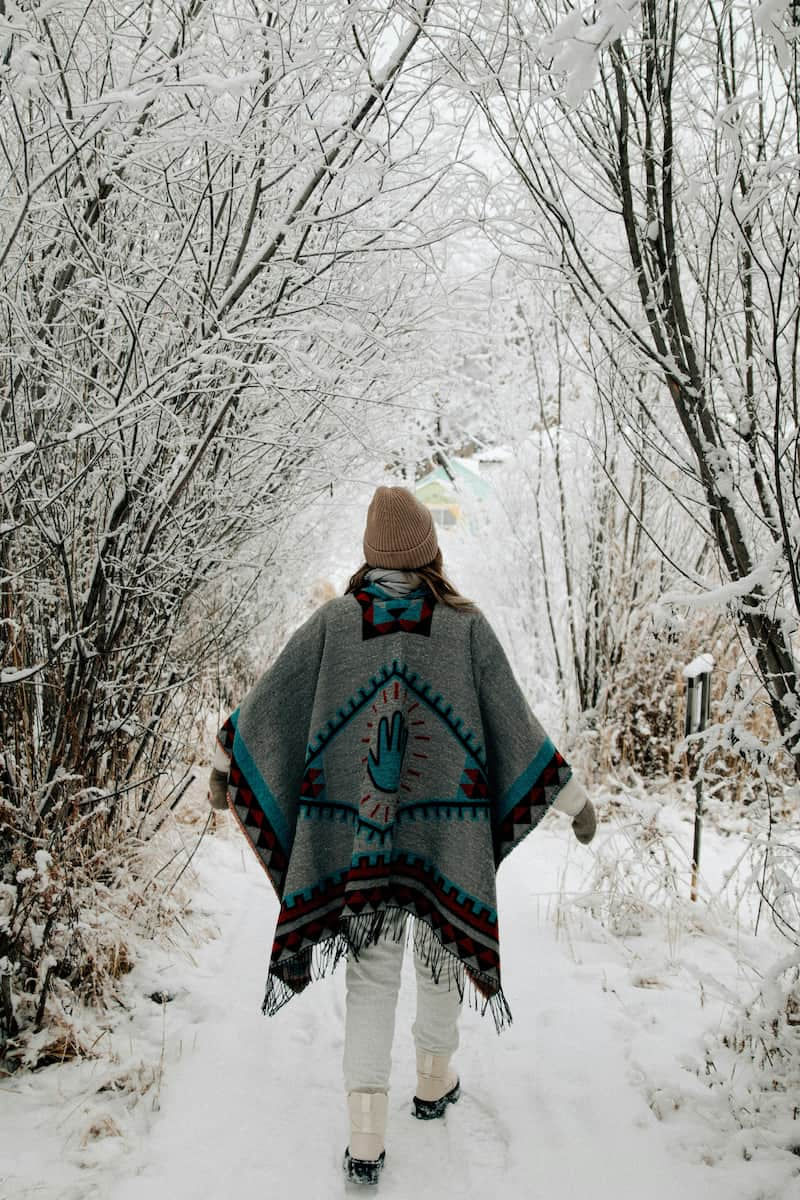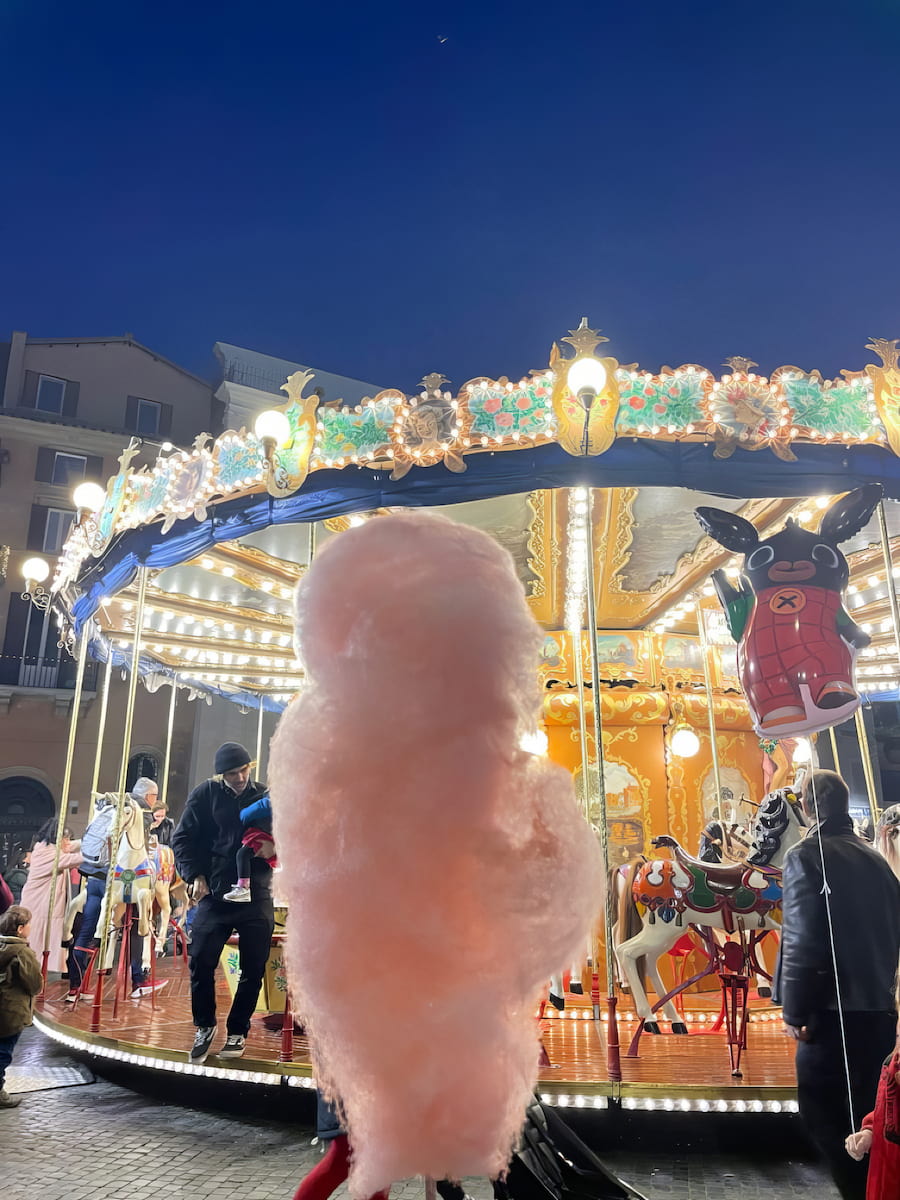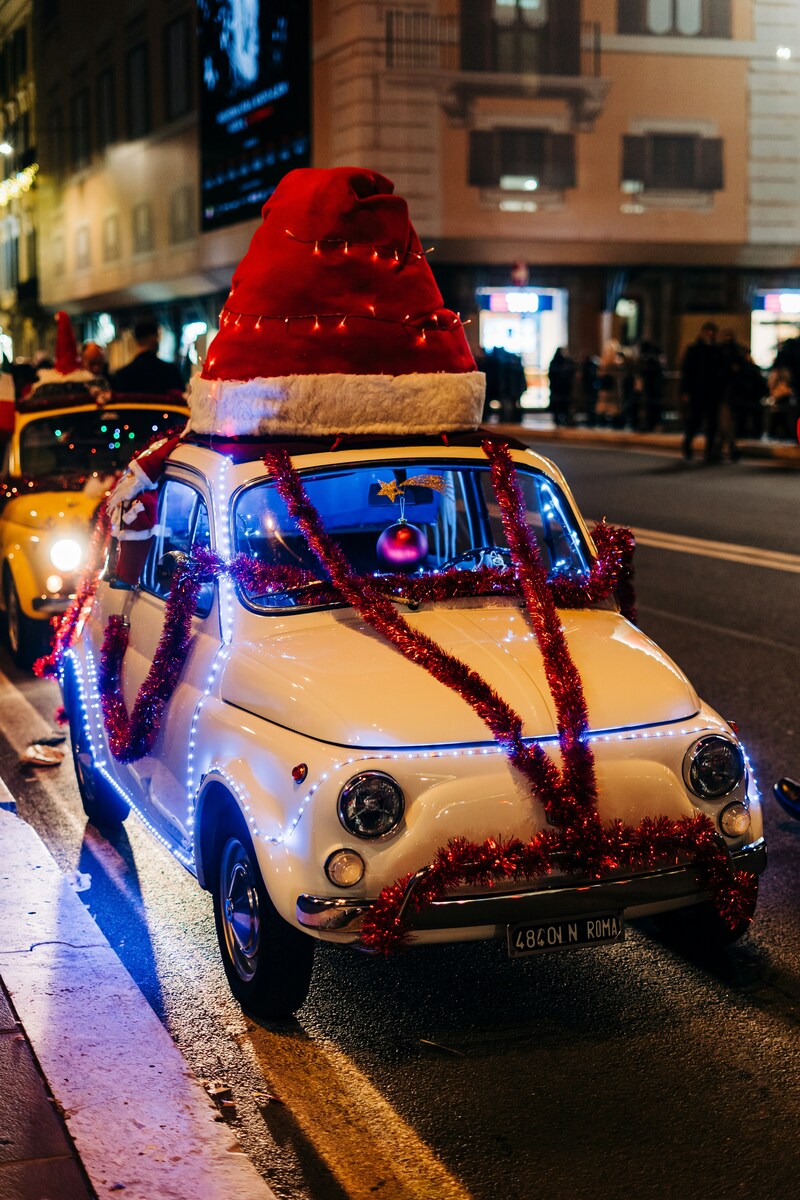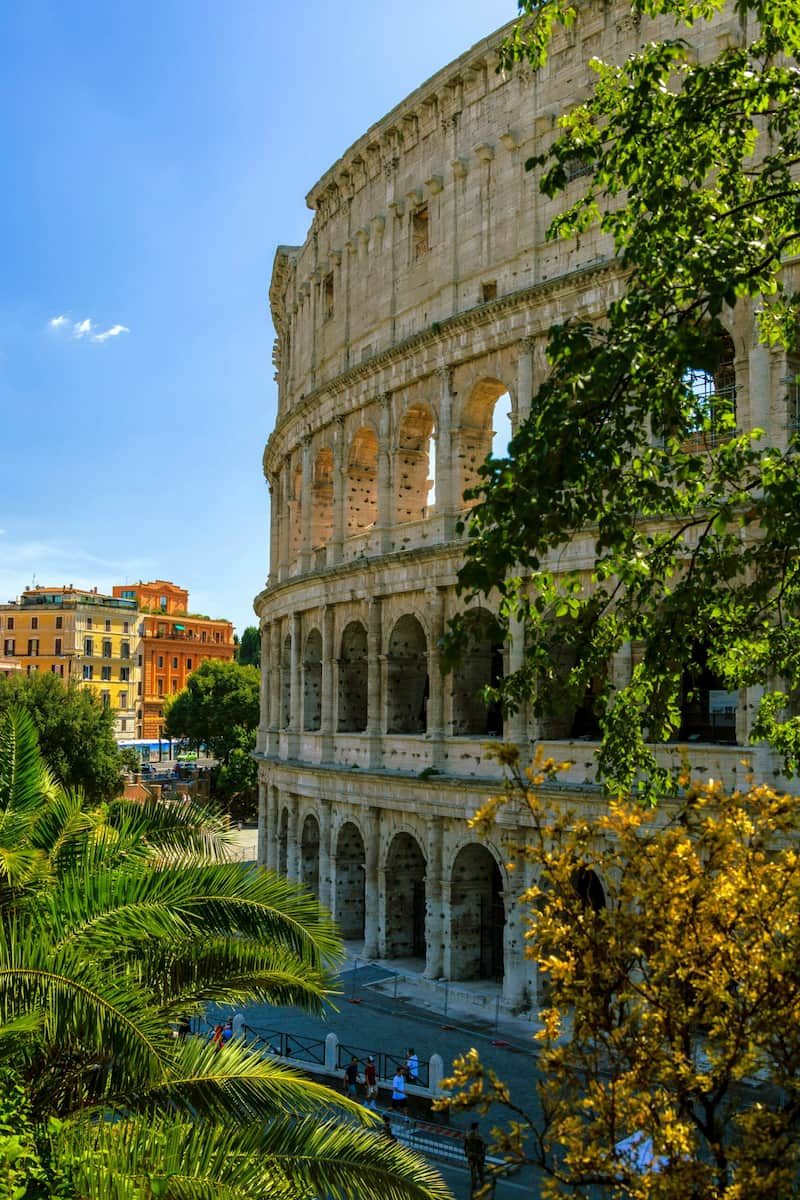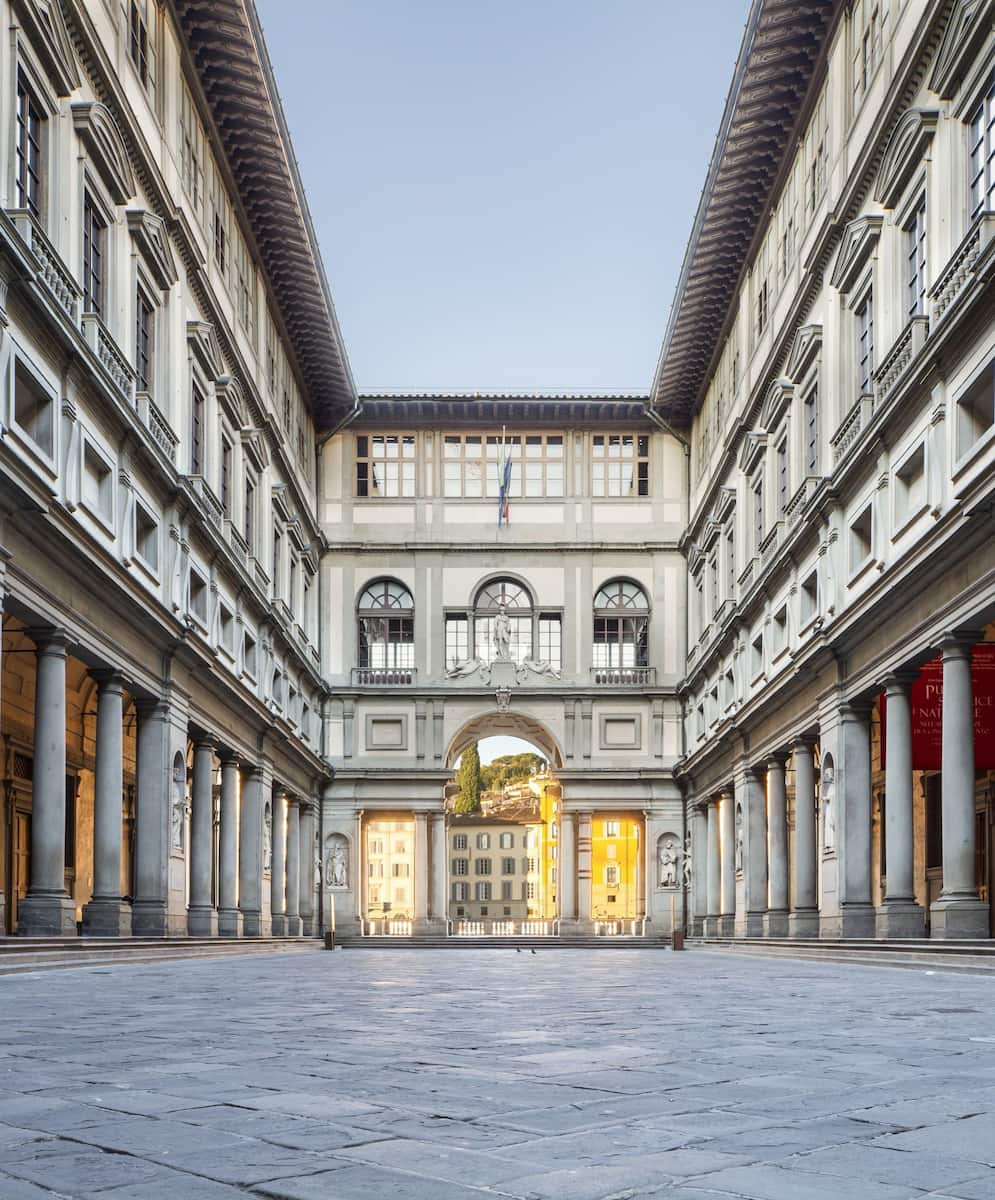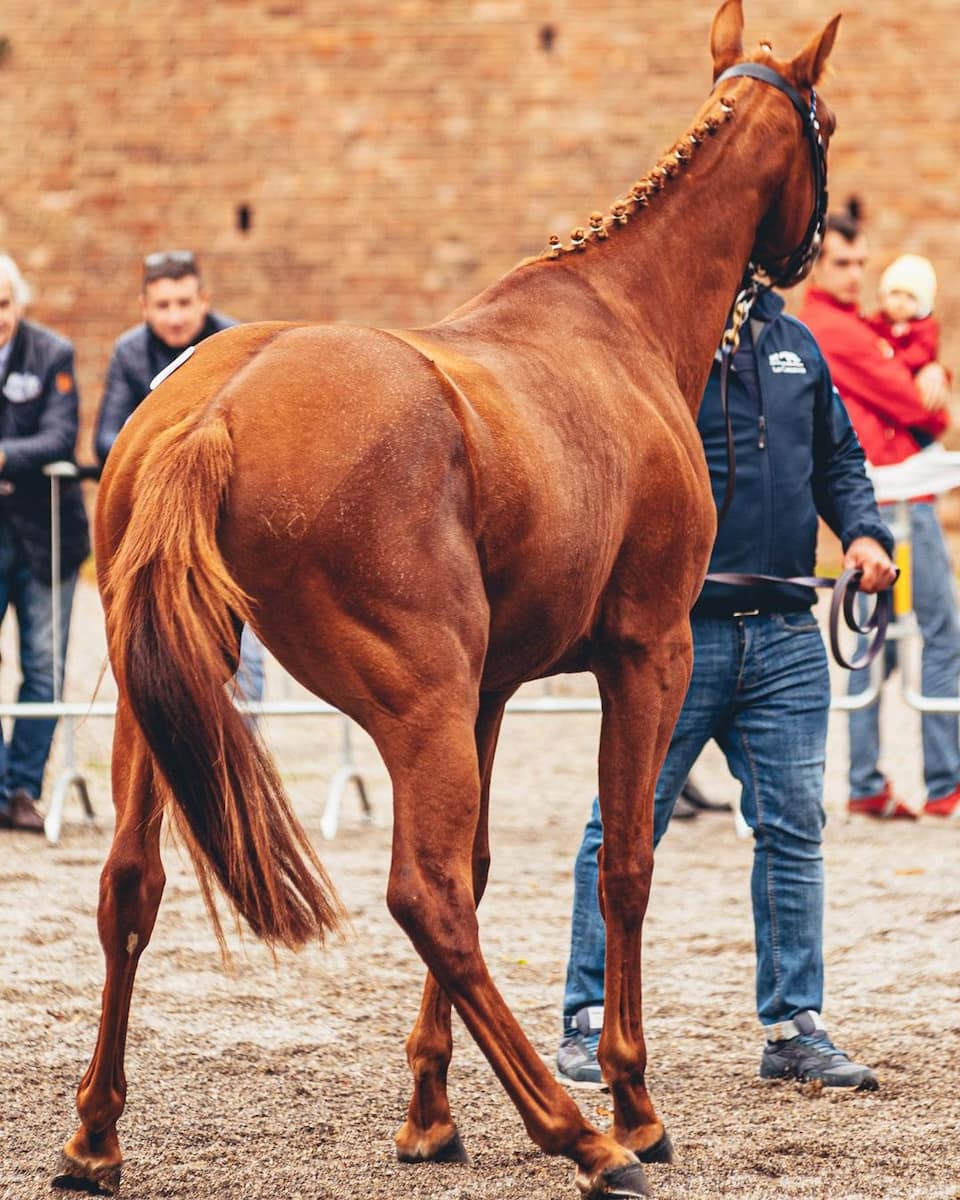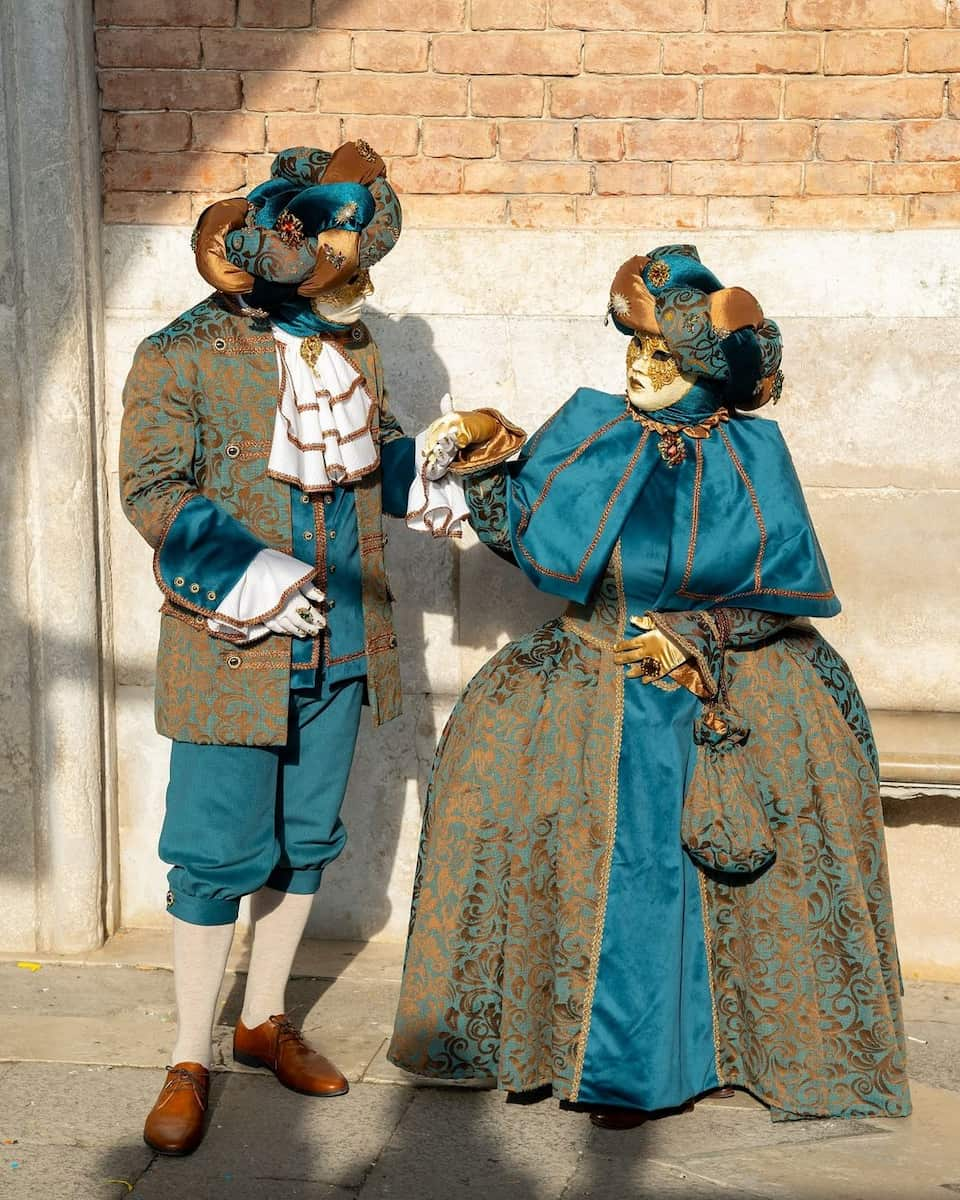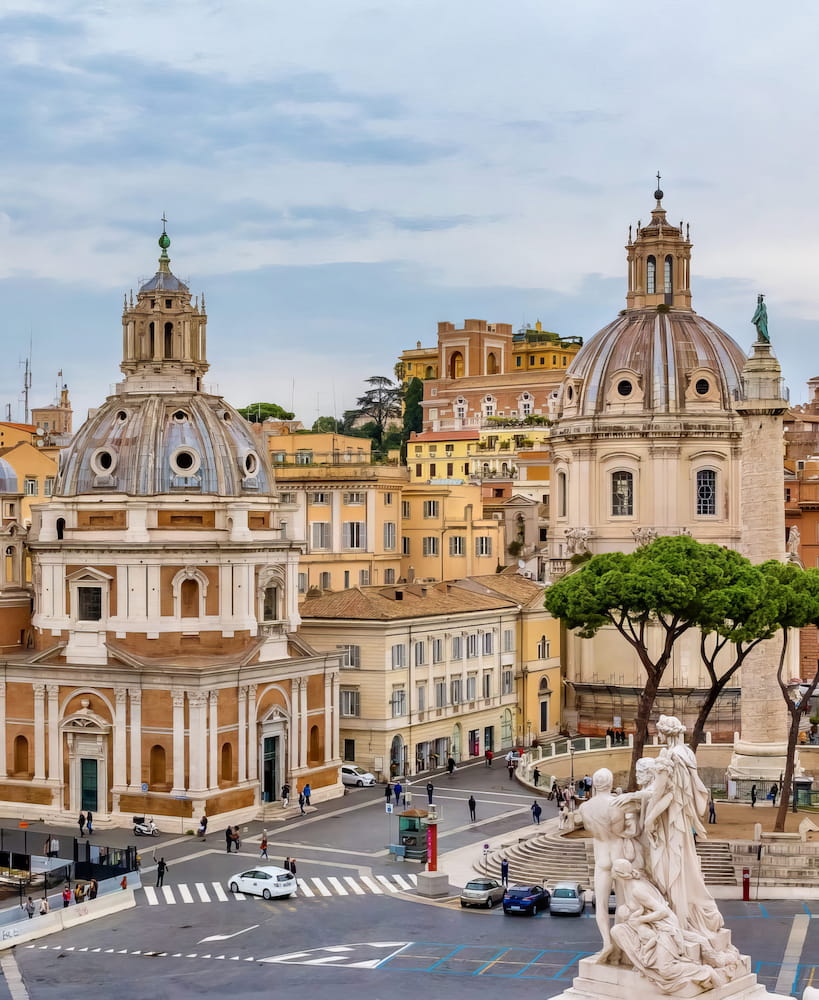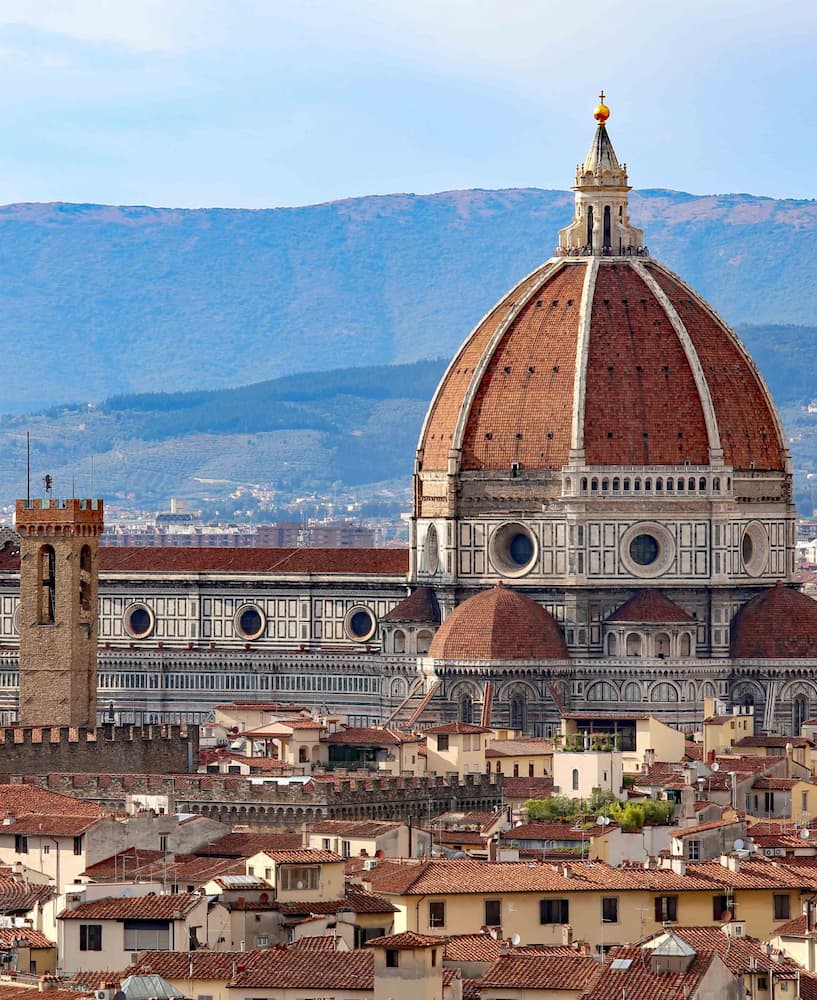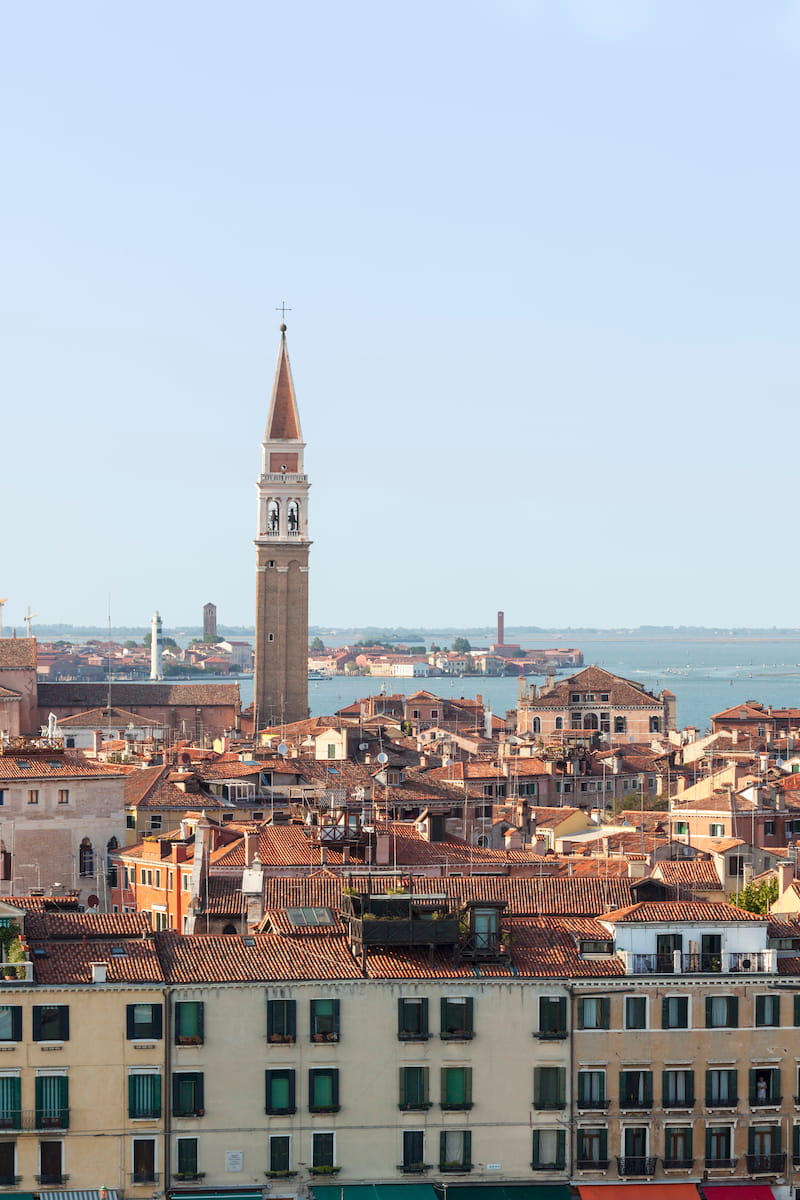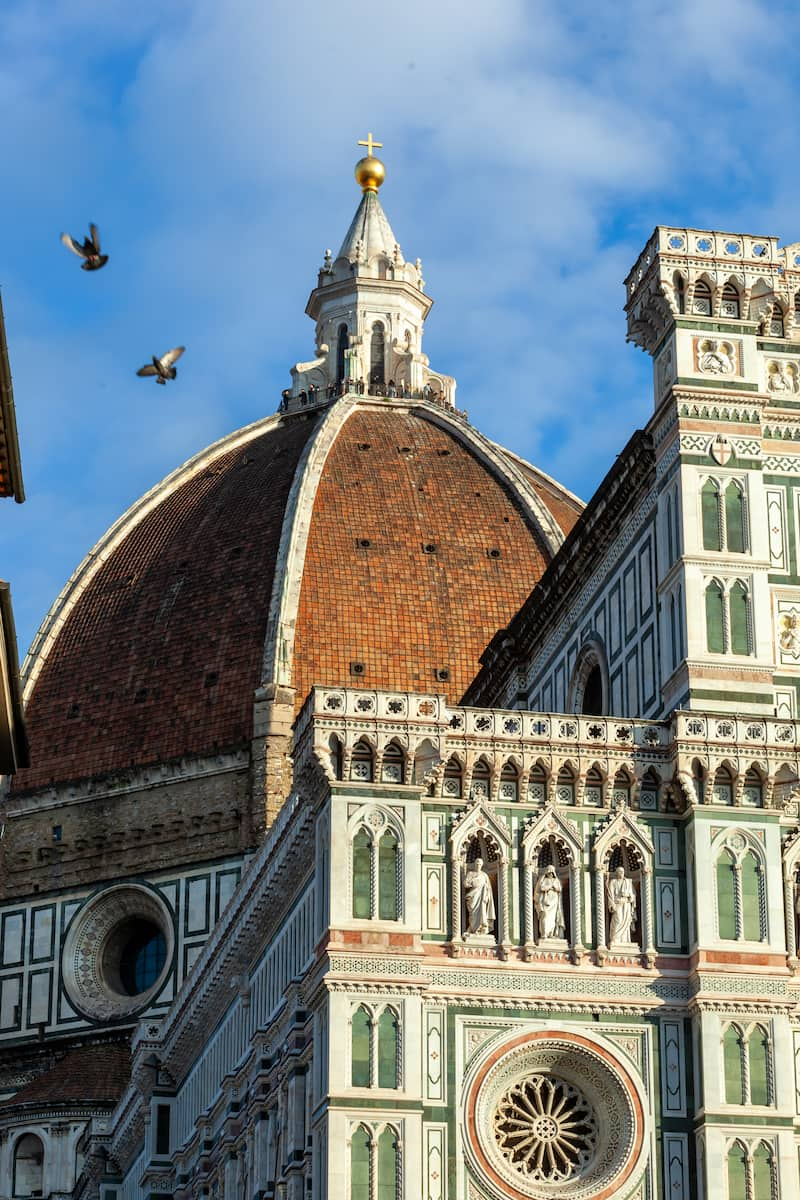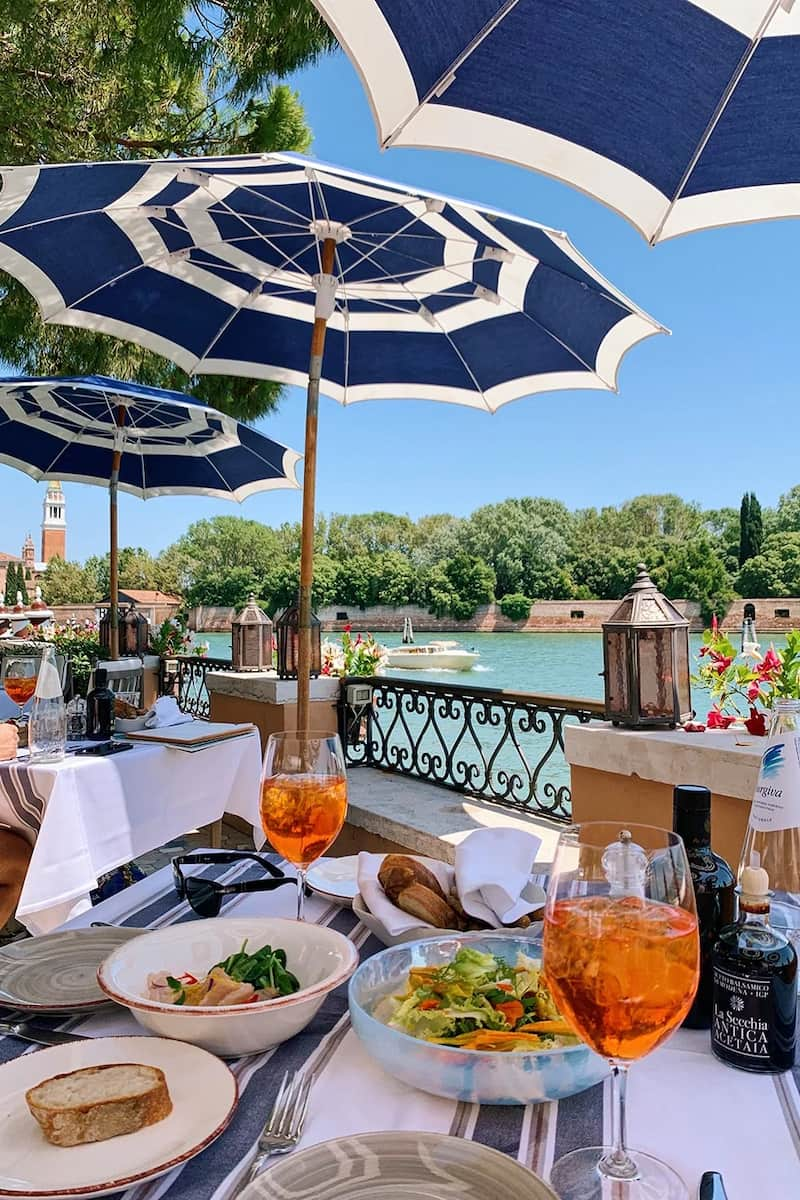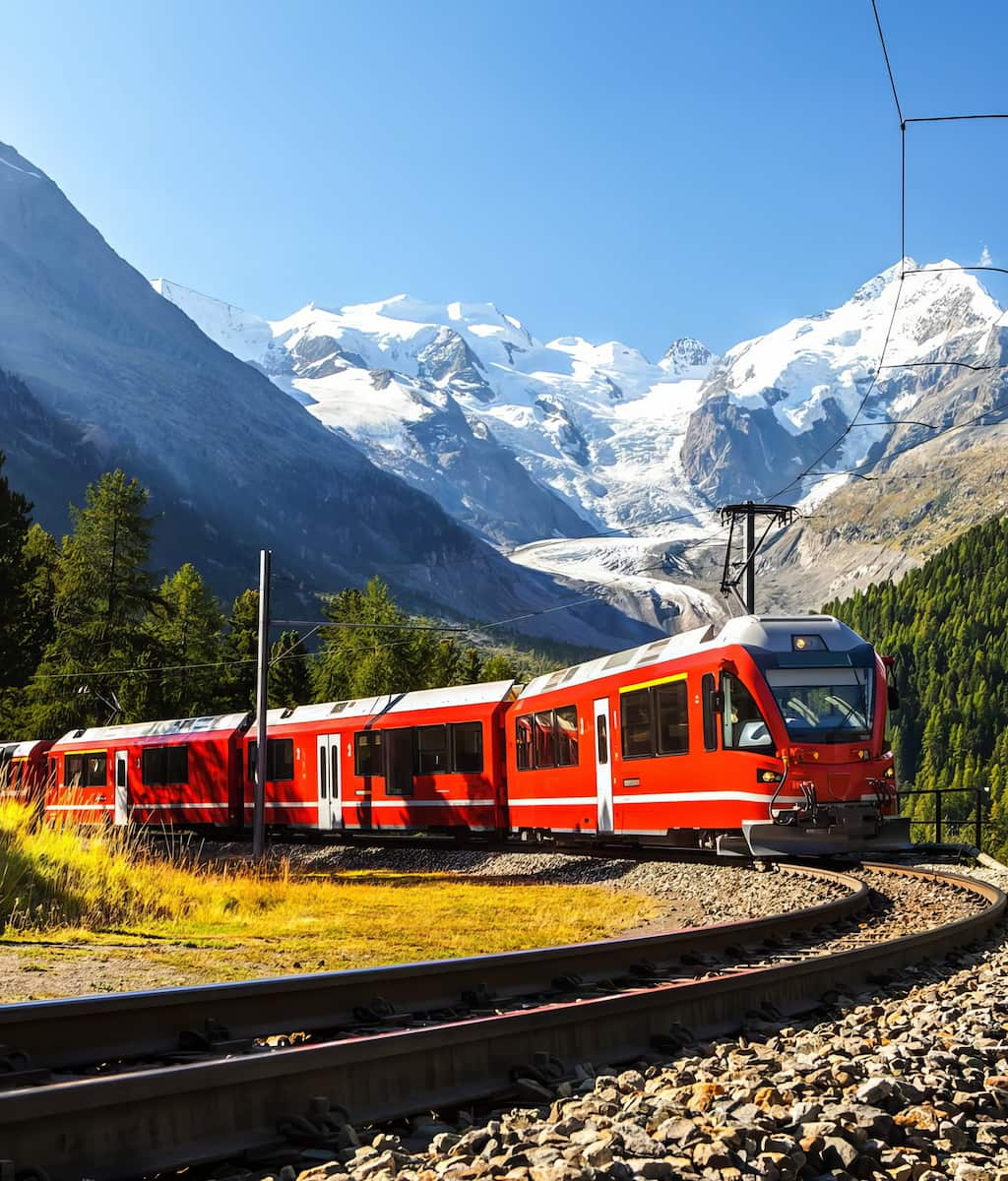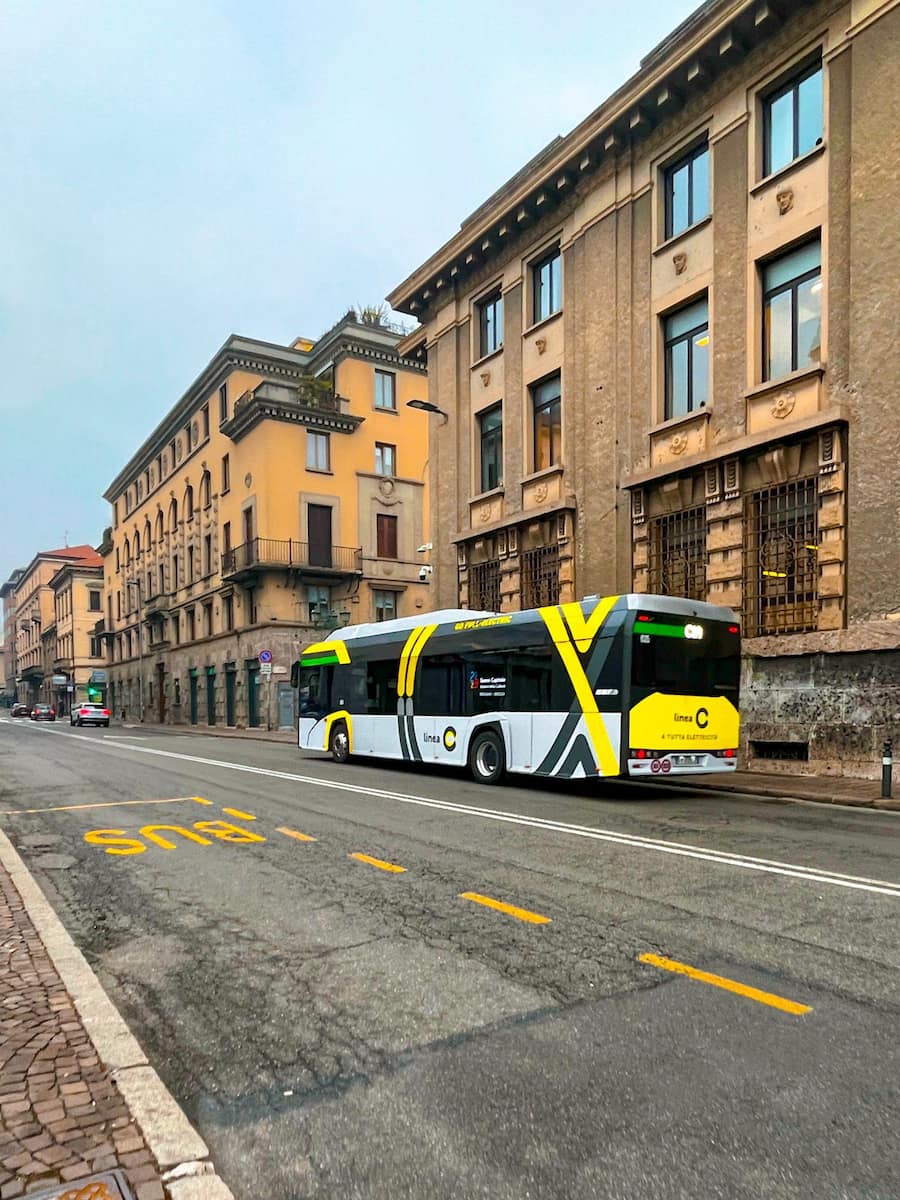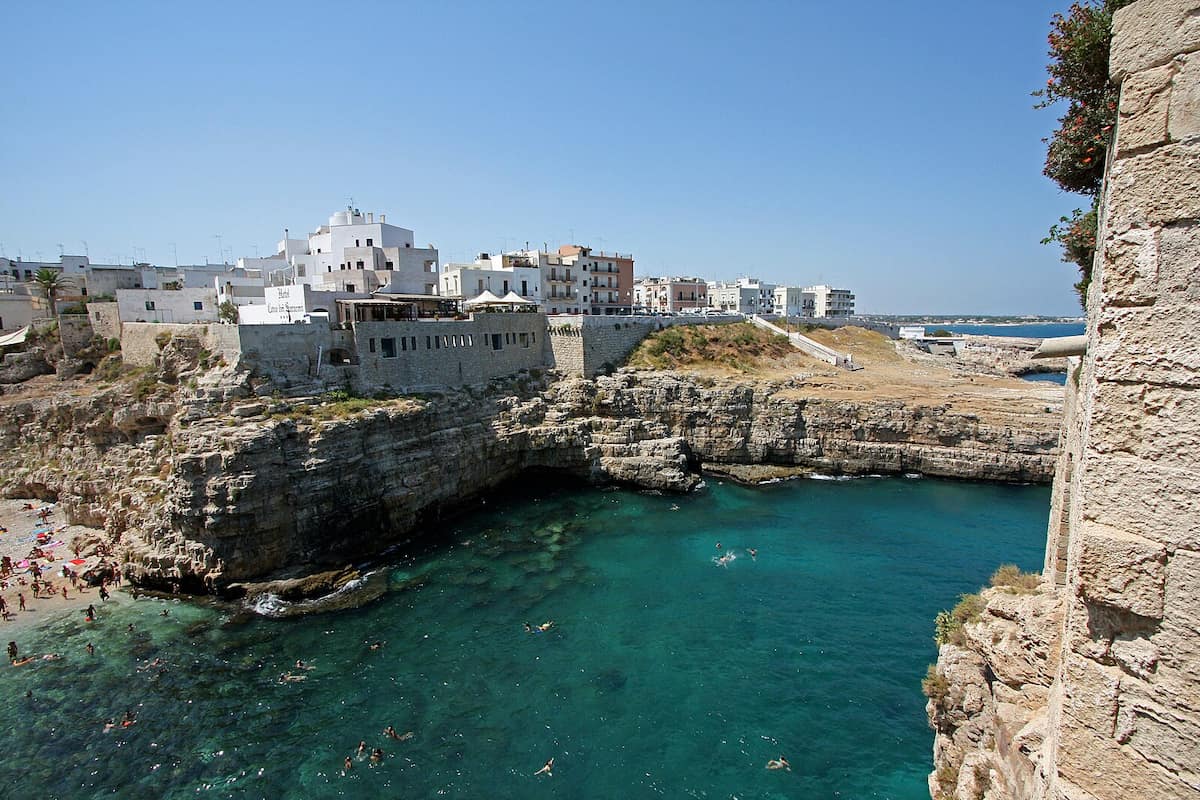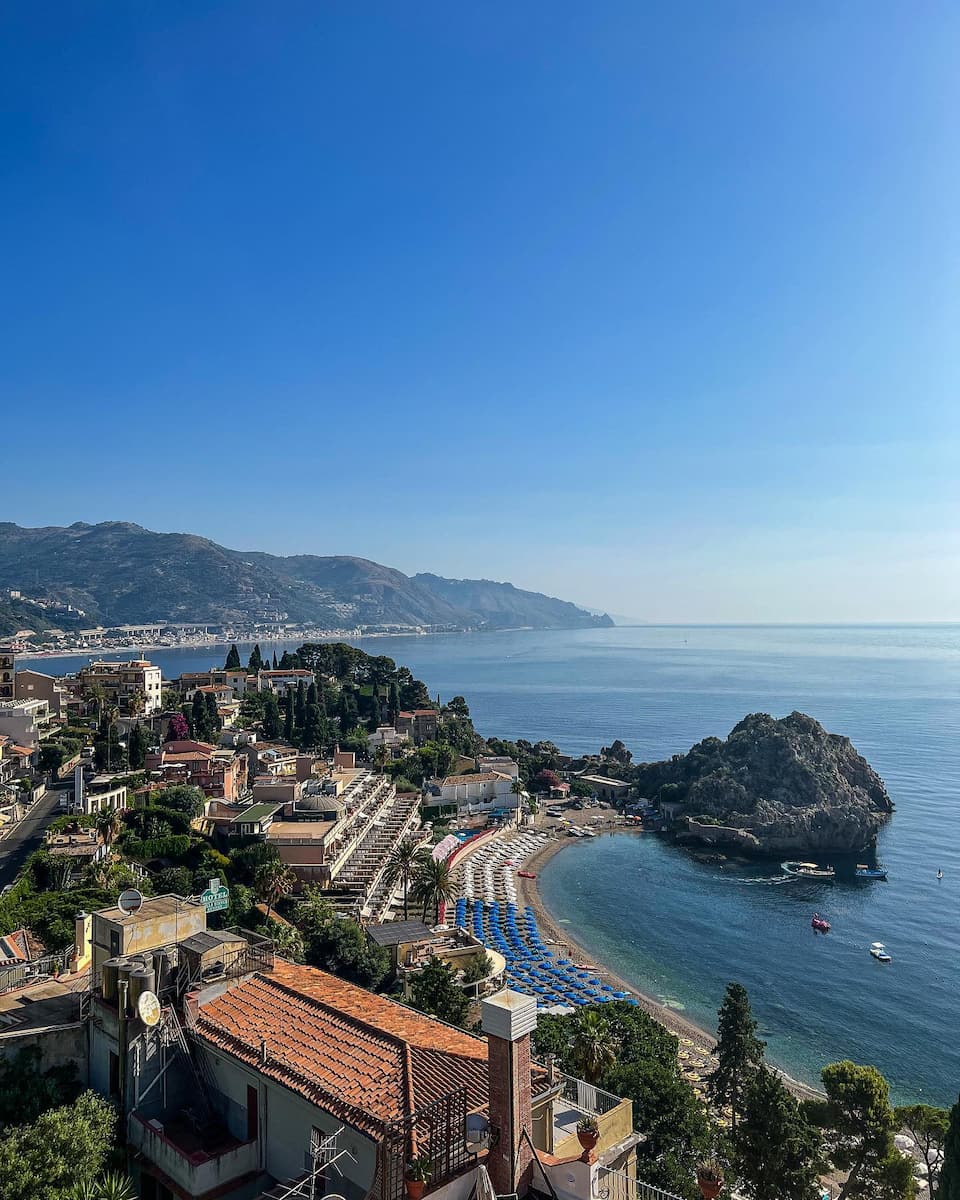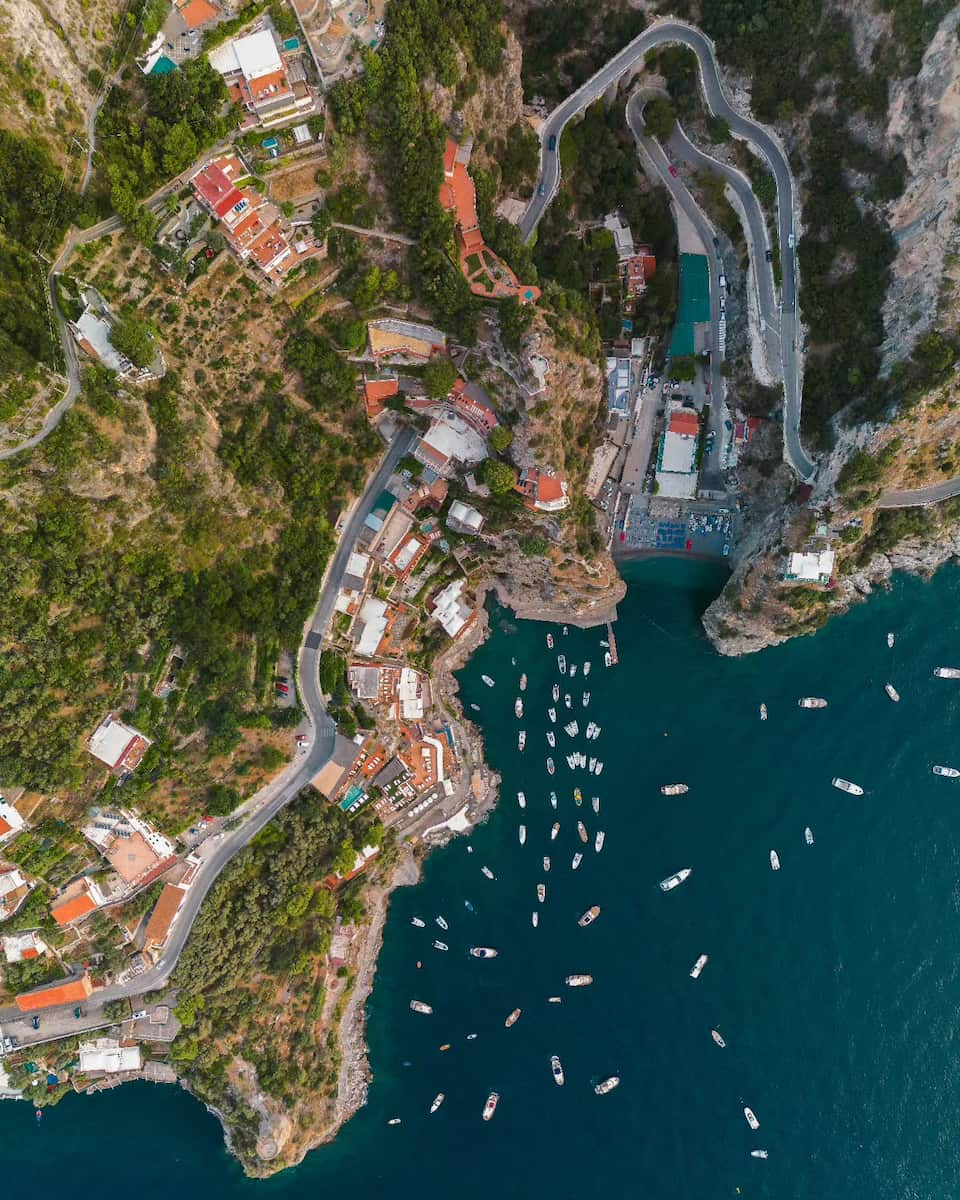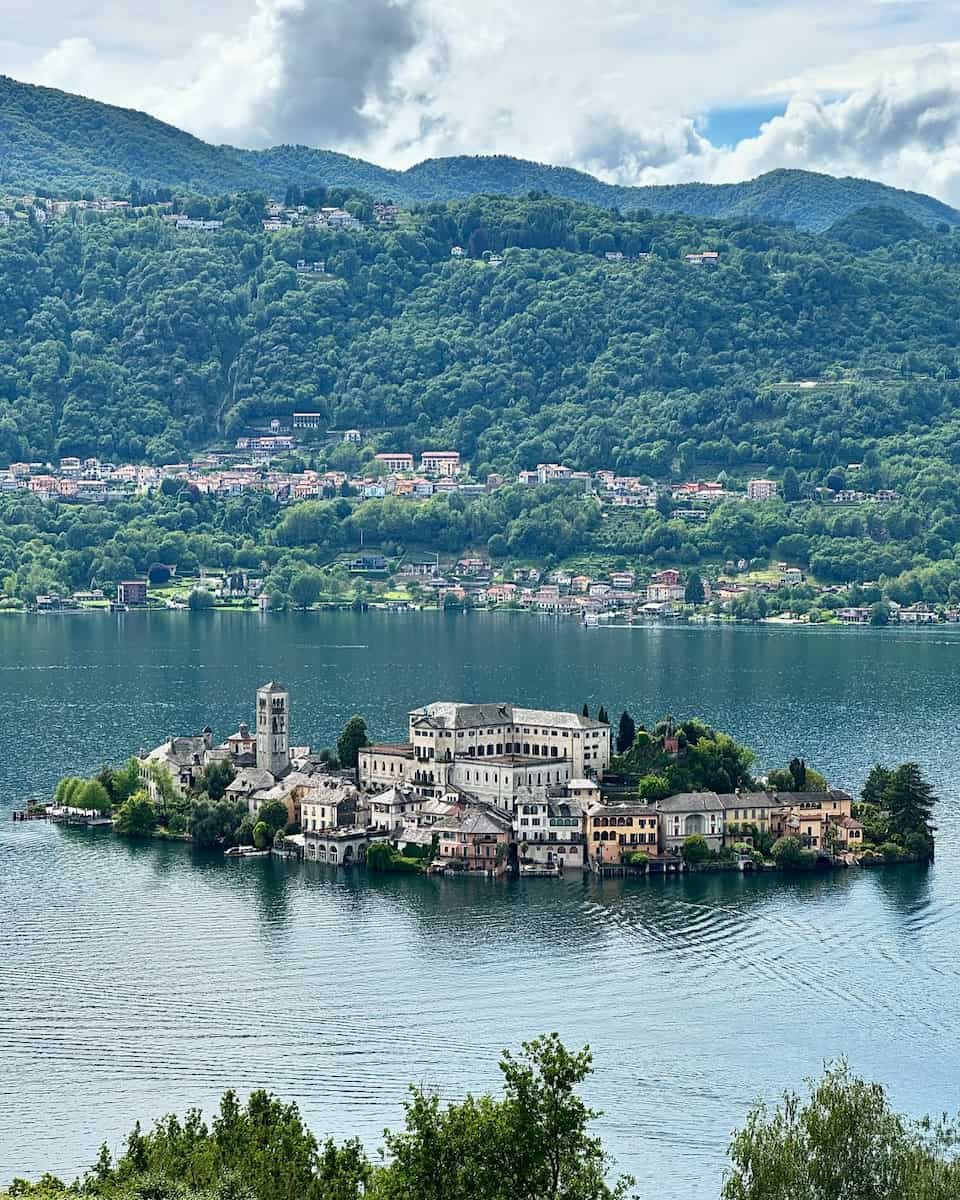Italy, a country steeped in history, art, and culinary delights, captivates travelers year-round with its diverse offerings. From the sun-drenched coasts of Sicily to the snow-capped peaks of the Dolomites, each region boasts its own unique charm and optimal visiting times.
In this comprehensive guide, we’ll explore the best times to visit Italy, considering factors such as weather, crowds, and special events. We’ll dive into the nuances of each season, highlight the pros and cons of visiting during different months, and provide insider tips to help you make the most of your Italian adventure. Whether you’re a first-time visitor or a seasoned Italy enthusiast, this article will help you plan the perfect Italian getaway tailored to your preferences and interests.
1. Seasonal Guide to Visiting Italy
Spring (April to June) – Best Time to Visit Italy to Avoid the Crowds and for Blooming Landscapes 🌸
🌡️ Pleasant weather: Spring in Italy is a feast for the senses. I’ve found it’s one of the best times to visit, with mild temperatures and blooming landscapes. The weather is generally pleasant, perfect for sightseeing and outdoor activities. You’ll find temperatures ranging from 10°C to 20°C (50°F to 68°F), with occasional rain showers. Pack layers and a light raincoat, just in case.
🏛️ Crowd-free exploring: Crowds are moderate, making it easier to explore popular attractions without the summer crush. I love visiting the Uffizi Gallery in Florence or the Vatican Museums in Rome during this time – the lines are shorter, and you can truly appreciate the art without feeling rushed.
🎉 Spring events: Spring also brings a host of festivals and events:
- Easter celebrations (date varies)
- Rome’s birthday (April 21)
- Liberation Day (April 25)
- Labor Day (May 1)
Insider Tip: If you’re a flower enthusiast, don’t miss the Infiorata festivals in May. Towns across Italy create stunning carpets of flowers in intricate designs – it’s a sight to behold!
Summer (June-August) – Peak Season for Sun and Festivals ☀️
🔥 Hot vibes: Temperatures soar, often reaching 35°C (95°F) or higher in cities like Rome, Florence, and Naples. Stay hydrated and seek shade during the hottest part of the day, especially from 12-3 PM.
🏖️ Beach time: The Amalfi Coast, Cinque Terre, and Sardinia are at their most alluring. Just be prepared for crowds – booking accommodations and restaurants in advance is a must.
🎭 Summer festivities: Summer highlights include:
- Venice Film Festival (late August-early September)
- Verona Opera Festival (June-August)
- Siena Palio (July 2 and August 16)
- Puccini Festival (July-August) in Tuscany
- Ravello Festival (June-September) on the Amalfi Coast
💰 Money Saver: Many museums and attractions offer extended summer hours. Visit popular sites like the Uffizi Gallery in Florence or the Vatican Museums in Rome in the evening to beat the heat and crowds.
🍦 Gelato time: Beat the heat with Italy’s famous gelato. Try flavors like stracciatella in Rome, pistachio in Florence, or lemon in Naples.
Travel Tips:
- Places like the Spanish Steps in Rome or Piazza San Marco in Venice are much less crowded at dawn.
- Northern Italy can be cooler, while southern Italy experiences hotter temperatures.
- Summer months are the most expensive and crowded times to visit Italy.
- Consider visiting in the shoulder season for a perfect balance of good weather and smaller crowds.
- August is when many Italians take their vacations, so some local businesses in cities might be closed, especially around Ferragosto (August 15).
Fall (September-November) – Harvest Season and Autumn Colors 🍇
🥾 Perfect exploring: The weather is mild, the summer crowds have dispersed, and the countryside is ablaze with autumn colors. It’s the perfect time to explore central Italy and cities like Rome and Florence without the intense summer heat. Temperatures range from 10°C to 20°C (50°F to 68°F), ideal for exploring cities and hiking in regions like Tuscany or the Dolomites. This shoulder season in Italy offers an excellent time to travel, avoiding the peak tourist season and expensive times to visit Italy. It’s also the perfect time for foodies – truffle season is in full swing, and the grape harvest (vendemmia) is a spectacle in wine regions.
🍄 Fall experiences: If you’re interested in discovering the best time to visit Italy, fall offers some unmissable experiences:
- Truffle hunting in Piedmont
- Grape stomping in Tuscany
- Chestnut festivals in Emilia-Romagna
- Olive oil tasting in Umbria
Travel Guide Tip: When planning your trip to Italy in the fall, consider that September and October are often considered the best months of the year to visit. This time of year offers a perfect balance for exploring both northern Italy and central regions.
Top Tip: Book a cooking class in the fall. You’ll get to work with the freshest seasonal ingredients and learn authentic Italian recipes. This is one of the best things to do in Italy during this time of year, making it an excellent time for food enthusiasts to visit.
Winter (December-February) – Festive Magic and Alpine Adventures ❄️
🎄 Festive cities: While it’s the low season for most of the country, it’s peak season for ski resorts in the Alps and Dolomites. In cities, you’ll find fewer tourists and lower prices. Rome and Florence are particularly enchanting during the holiday season, with festive decorations and Christmas markets. Just be prepared for cooler temperatures, ranging from 0°C to 10°C (32°F to 50°F). This time of year in Italy varies greatly depending on where you are, but the mild weather in many parts of the country can make it one of the best times to visit.
🎭 Winter events: Winter highlights include:
- Christmas markets in Bolzano and Merano
- Venice Carnival (February)
- New Year’s Eve fireworks in Naples
⏰ Time Saver: Winter is perfect for museum hopping. With fewer crowds, you can leisurely explore world-class collections without the long queues. This makes it an excellent time of year to visit Italy if you’re a culture enthusiast.
🌡️ Weather considerations: The weather in Italy varies significantly from north to south. While planning your trip to Italy, keep in mind that the north can be quite cold, while the south remains milder. This variation makes Italy a versatile destination even in winter.
💰 Budget-friendly: Winter, except for the holiday season, is often one of the best months to visit Italy if you’re looking for deals. It’s outside the peak tourist season, so you can find better prices on accommodations and flights.
| Season | Months | Weather | Crowds | Prices |
|---|---|---|---|---|
| Spring | Mar-May | Mild, occasional rain | Moderate | Moderate |
| Summer | Jun-Aug | Hot, dry | Very high | High |
| Fall | Sep-Nov | Mild, some rain | Moderate | Moderate |
| Winter | Dec-Feb | Cold, wet (snow in north) | Low (except holidays) | Low (except holidays) |
Key:
- Weather: Mild = 10-20°C (50-68°F), Hot = 25-35°C (77-95°F), Cold = 0-10°C (32-50°F)
- Crowds: Low = minimal tourists, Moderate = busy but manageable, High = very crowded
- Prices: Low = best deals, Moderate = reasonable rates, High = peak season prices
2. Best Times to Visit Popular Italian Destinations
Best Time to Visit Rome – Eternal City’s Year-Round Appeal
🏛️ Ancient wonders: Rome captivates year-round, but I’ve found April-May and September-October to be ideal. The weather’s mild, perfect for exploring the Forum or Colosseum without breaking a sweat. Spring brings the city to life with blooming azaleas on the Spanish Steps. In fall, the golden light makes the Trevi Fountain even more magical.
🍝 Culinary delights: Rome’s food scene is incredible year-round. In spring, try vignarola, a Roman vegetable stew. Fall brings porcini mushrooms and hearty pasta alla gricia.
Insider Tip: Visit the Vatican Museums on Friday nights in summer. They’re open late, and the Sistine Chapel is far less crowded.
🎭 Cultural calendar: Don’t miss the Roma Europa Festival in autumn for cutting-edge performances, or the Estate Romana summer festival for outdoor concerts and cinema.
Venice – Floating City’s Seasonal Charm
🚣 Canal magic: Venice shines in early spring (March-April) or late fall (October-November). You’ll dodge summer crowds and winter’s acqua alta (high water). I recommend exploring the quiet backstreets of Cannaregio or taking a vaporetto to colorful Burano. The misty canals and empty piazzas in these seasons are pure poetry.
🎭 Venetian events: February brings the famous Carnevale, while film buffs should aim for the Venice Film Festival in late August/early September.
Money Saver: Skip pricey gondolas and hop on a traghetto to cross the Grand Canal like a local.
🍷 Venetian treats: Try cicchetti (Venetian tapas) at a local bacaro. I love Cantina Do Mori near the Rialto for its historic atmosphere and delicious bites.
Florence – Renaissance Beauty in Every Season
🎨 Art lover’s paradise: Florence dazzles in late spring (May) and early fall (September). The light is perfect for admiring Michelangelo’s David or the Duomo’s intricate facade.
Don’t miss these Florentine gems:
- Uffizi Gallery (book in advance!)
- Boboli Gardens
- Piazzale Michelangelo for sunset views
- San Lorenzo Market for foodie delights
- Palazzo Pitti for its stunning art collection
Top Tip: The first Sunday of each month, state museums are free. Arrive early to beat the crowds!
🍖 Tuscan flavors: Try the famous bistecca alla fiorentina at Trattoria Mario, or sample lampredotto (tripe sandwich) at a street food stand for a true Florentine experience.
Milan – Fashion Capital’s Stylish Seasons
👗 Trendsetter’s dream: Milan shines in April-May and September-October. Fashion Weeks in September and February transform the city into a glamorous spectacle. Woder the Brera district and pop into chic boutiques and galleries. The aperitivo scene is unbeatable – try Navigli district for canal-side drinks and nibbles.
🏟️ Beyond fashion: Don’t miss the Duomo, Milan’s iconic cathedral. Football fans should catch an AC Milan or Inter Milan match at the legendary San Siro stadium.
Time Saver: Book Last Supper tickets months in advance, or join a city tour that includes skip-the-line access.
🍝 Milanese cuisine: Try risotto alla milanese at Ratanà, or indulge in panettone during the Christmas season.
Best Time to Visit Tuscany – Rolling Hills and Timeless Charm
🍇 Wine lover’s heaven: Tuscany is a dream in May-June or September-October. The countryside is lush, vineyards are buzzing, and the light is pure magic. Explore hilltop towns like San Gimignano and Volterra. Sipping Chianti as the sun sets over cypress-lined roads is pretty much perfect.
🏰 Medieval marvels: Don’t miss Siena’s Palio horse race in July and August, or Lucca’s perfectly preserved Renaissance walls.
Insider Tip: Visit during the vendemmia (grape harvest) in September. Some wineries let you join in the picking!
🍖 Tuscan treats: Try pici pasta in Siena or ribollita soup in any local trattoria for a taste of authentic Tuscan cuisine.
Cinque Terre – Coastal Beauty Beyond Compare
🏖️ Seaside bliss: These five colorful villages shine in May or September. Hiking trails are open, the water’s warm enough for a dip, and crowds are thinner. Start early, hike between villages, and reward yourself with fresh anchovies and local white wine in Vernazza’s harbor. The views of colorful houses clinging to cliffs are unforgettable.
🥾 Hiking heaven: The Blue Trail connecting all five villages is a must-do. For a challenge, try the Sanctuary Trail for stunning sea views.
Top Tip: Buy the Cinque Terre Card for access to all hiking trails and unlimited train rides between villages.
🍋 Local flavors: Don’t miss the local pesto, focaccia, and sciacchetrà dessert wine.
3. Italy by Month
🎊 January – Winter Wonderland
❄️ Crisp adventure: January in Italy is crisp and cool. While it’s the low season for most of the country, it’s peak time for ski enthusiasts in the Alps and Dolomites.
🏛️ Quiet Rome: I love visiting Rome this month. The Eternal City is quiet, and you can explore the Vatican Museums without the usual crowds. Don’t miss the winter sales starting January 5th – it’s a shopper’s paradise!
Insider Tip: Head to Venice for the Befana, a unique Epiphany celebration on January 6th.
❄️ February – Carnival Time
🎭 Masked magic: February brings Carnevale, and Venice is the best place to visit. The city transforms into a magical world of masks and costumes. It’s busy, but the atmosphere is electric.
🌸 Sicilian bloom: If you’re not into crowds, consider Sicily. The almond trees are in bloom, creating a stunning landscape. Plus, you can enjoy the Sagra del Mandorlo in Fiore festival in Agrigento.
Money Saver: February is still low season in most places, so you’ll find great hotel deals.
🌱 March – Spring Awakening
🌷 Mild sightseeing: March is when Italy starts to shake off winter. Rome and Florence are lovely this month, with mild temperatures perfect for sightseeing.
🥾 Wildflower hikes: In Sicily, the wildflowers begin to bloom. It’s a great time for hiking and enjoying the countryside.
Top Tip: Visit during the Festa della Donna on March 8th. Women receive mimosa flowers, and many museums offer free entry for women.
🌸 April – Easter Celebrations
✝️ Holy processions: April often means Easter in Italy, and it’s a spectacular time to visit. The Holy Week processions in Sicily are particularly moving.
🎉 Florentine festivities: Florence celebrates its New Year on March 25th with the Feast of the Annunciation. Expect parades, flag-throwing, and general merriment.
Insider Tip: Book well in advance if you’re planning to be in Rome for Easter. It gets very busy!
🌺 May – Bloom and Festivals
🎵 Festival fever: May is when Italy truly blossoms. The weather is perfect for exploring, and you’ll find festivals galore.
🎾 Cultural events: In Florence, don’t miss the spectacular Maggio Musicale, a two-month festival of classical music and opera. Rome hosts the Italian Open tennis tournament, drawing top players from around the world.
Insider Tip: Visit the Cinque Terre this month. The hiking trails are open, and the crowds are still manageable.
🏖️ June – Early Summer Bliss
☀️ Beach beginnings: June brings warm weather and the start of beach season. The Amalfi Coast is stunning this time of year.
🕯️ Illuminated cities: In Pisa, catch the Luminara di San Ranieri on June 16th, when the city is illuminated by thousands of candles. Venice hosts the Biennale, a major contemporary art exhibition.
Money Saver: June is shoulder season in many places, offering a good balance of nice weather and reasonable prices.
☀️ July – Peak Summer
🏇 Lively events: July is hot and bustling. It’s perfect for beach lovers and those who enjoy a lively atmosphere.
🎭 Cultural spectacles: Don’t miss the Palio horse race in Siena on July 2nd. In Verona, the Opera Festival begins in the stunning Roman arena.
Top Tip: Book well in advance for July, especially for popular coastal destinations.
🍦 August – Ferragosto and Beach Time
🏖️ Holiday crowds: August is Italy’s holiday month. Expect crowds at beaches and reduced services in cities as locals head for vacation.
🎉 Festive atmosphere: The Feast of the Assumption (Ferragosto) on August 15th is celebrated nationwide. In Venice, the Historical Regatta in early September is a spectacular sight.
Insider Tip: If you’re in cities, many restaurants and shops may be closed. Plan accordingly!
🍇 September – Harvest Season
🍷 Wine time: September is my favorite month in Italy. The weather is still warm, crowds thin out, and it’s harvest time in wine regions.
🚣 Cultural events: Don’t miss the Regata Storica in Venice or the feast of San Gennaro in Naples. In Tuscany, join in the grape harvest festivities.
Top Tip: This is a great month for food and wine lovers. Try local sagre (food festivals) for authentic experiences.
🍂 October – Autumn Colors
🍁 Fall foliage: October brings cooler temperatures and stunning fall foliage, especially in Tuscany and Umbria.
🎬 Foodie festivals: The Alba White Truffle Fair begins this month, a must for foodies. Rome hosts its International Film Festival.
Money Saver: October is shoulder season in many places, offering good value for money.
🍄 November – Truffle Season
🍽️ Gourmet delights: November is quiet but charming. It’s peak truffle season in Piedmont and Umbria.
🍷 Wine exhibitions: All Saints’ Day on November 1st is a national holiday. In Florence, the Oil and Wine Exhibition showcases Tuscan specialties.
Insider Tip: This is a great month for cultural experiences without the crowds.
🎄 December – Christmas Magic
🎅 Festive cheer: December brings Christmas markets and festive cheer. Cities are beautifully decorated, and there’s a magical atmosphere.
⛪ Holy celebrations: Don’t miss the feast of Santa Lucia in Sicily on December 13th. In Rome, midnight Mass at the Vatican is unforgettable.
Top Tip: Book early for New Year’s Eve, especially in major cities like Rome and Venice.
4. Factors to Consider When Planning Your Visit
🌡️ Weather Matters
🌍 Climate variety: Italy’s climate varies significantly from north to south. The north can be chilly in winter, while the south stays mild year-round.
👚 Packing smart: Check local forecasts before packing. In summer, Rome and Florence can be sweltering, so light, breathable clothing is a must. In winter, don’t forget a warm coat for northern cities like Milan or Venice.
Insider Tip: Always pack a light jacket or sweater, even in summer. Air conditioning can be strong indoors, and evenings can be cool.
👥 Crowd Control
🏟️ Peak seasons: Italy gets crowded, especially in summer (June-August) and during major holidays. Popular spots like Rome, Florence, and Venice can be packed.
⏰ Timing tricks: Visiting top attractions early in the morning or late in the afternoon can help avoid the worst crowds. Consider buying skip-the-line tickets for major sites like the Colosseum or Uffizi Gallery.
Time Saver: Book tickets for popular attractions online in advance. It’ll save you hours of queuing.
💰 Price Points
📅 Seasonal fluctuations: Prices in Italy fluctuate with the seasons. High season (summer and holidays) sees prices spike, especially for accommodations.
🌱 Shoulder season: I’ve found great deals by traveling in shoulder seasons (April-May or September-October). You get good weather without the high-season prices.
Money Saver: Consider staying in smaller towns and day-tripping to major cities. It’s often cheaper and gives you a more authentic experience.
🎭 Festivals and Events
🎉 Festive Italy: Italy loves its festivals, from the Venice Carnival to Siena’s Palio horse race. These events can make your trip unforgettable, but they also mean crowds and higher prices.
📝 Plan ahead: If you’re after a specific event, plan well in advance. I once spontaneously attended the Palio in Siena and ended up watching from a tiny corner – lesson learned!
Top Tip: Some lesser-known local festivals can be just as fun and much less crowded. Ask locals for recommendations.
🍝 Culinary Considerations
🍽️ Seasonal delights: Italian cuisine is seasonal, and what’s available can greatly influence your dining experiences.
🍄 Regional specialties: In fall, don’t miss truffle season in Piedmont or olive oil pressing in Tuscany. Summer brings amazing fresh produce and seafood along the coasts.
Foodie Tip: Always ask for the local specialties. Each region has its own culinary traditions that are worth exploring.
5. Tips for First-Time Visitors to Italy
🏛️ Best Cities for First-Timers
🇮🇹 Italian trinity: If you’re new to Italy, I always recommend starting with the “Holy Trinity” of Italian tourism: Rome, Florence, and Venice. Each city offers a unique slice of Italian culture and history.
🏙️ City highlights: Rome is a must for its ancient ruins and vibrant street life. Florence will immerse you in Renaissance art and Tuscan cuisine. Venice, with its canals and masked carnivals, feels like stepping into a fairy tale.
Insider Tip: Don’t try to cram too much into one trip. It’s better to explore fewer places in depth than to rush through many.
🗺️ Itinerary Planning Advice
📏 Geographic reality: When planning your route, consider Italy’s geography. The country is longer than many realize, so don’t underestimate travel times.
🚂 Classic route: I suggest focusing on one region per week of your trip. For a classic first-timer’s route, try this:
- Start in Rome (3-4 days)
- Train to Florence (2-3 days)
- Day trip to Tuscany
- Train to Venice (2 days)
Time Saver: Italy’s high-speed trains are excellent for covering long distances quickly. Book in advance for the best prices.
🍕 Cultural Etiquette and Customs
👋 Local norms: Italians are generally warm and welcoming, but it’s good to know a few cultural norms:
- Greet people with “Buongiorno” (good day) or “Buonasera” (good evening)
- Dress modestly when visiting churches
- Don’t expect dinner before 7:30 PM – Italians eat late!
Top Tip: Learn a few basic Italian phrases. Even simple efforts are greatly appreciated by locals.
💶 Money Matters
💳 Cash vs card: While credit cards are widely accepted in cities, it’s good to have some cash for smaller towns or local markets.
🍷 Tipping culture: Tipping isn’t as expected as in some countries, but rounding up the bill or leaving a small tip for exceptional service is appreciated.
Money Saver: Look for “aperitivo” in bars, especially in Milan. You pay for a drink and get access to a buffet of snacks – it can easily replace dinner!
🚆 Getting Around
🚌 Transport options: Italy’s public transportation is generally reliable, especially in larger cities. Trains are great for intercity travel, while buses or metro systems work well within cities.
🚶 Walking wonders: In historic city centers, walking is often your best bet. It allows you to soak in the atmosphere and stumble upon hidden gems.
Insider Tip: Be aware of ZTL (Limited Traffic Zones) in historic centers if you’re driving. Entering these without permission can result in hefty fines.
🔄 Return visits: Remember, your first trip to Italy is about discovering what you love most about this diverse country. Don’t worry if you can’t see everything – Italy has a way of calling visitors back again and again!
FAQs about trips to Italy ❔
What are the best months to go to Italy?
The best months to visit Italy are generally April to mid-June and September to October. These shoulder season months offer pleasant weather, fewer crowds, and lower prices compared to peak summer.
What is the cheapest month to go to Italy?
The cheapest month to visit Italy is typically November, outside of the Thanksgiving holiday period. January and February (except around Valentine’s Day) are also very affordable months to travel to Italy.
What month is the rainy season in Italy?
The rainiest season in Italy is generally from late October to early December. November tends to be the wettest month in most parts of the country.
What is the off season for Italy?
The off season in Italy is from November to March, excluding the Christmas and New Year holiday period. This is when you’ll find the lowest prices and fewest crowds, though some attractions may have reduced hours.
Is it cheaper to go to Italy in May or September?
September is generally cheaper than May for visiting Italy. May is becoming increasingly popular and prices tend to be higher, while September offers good weather and somewhat lower prices as the summer high season winds down.
